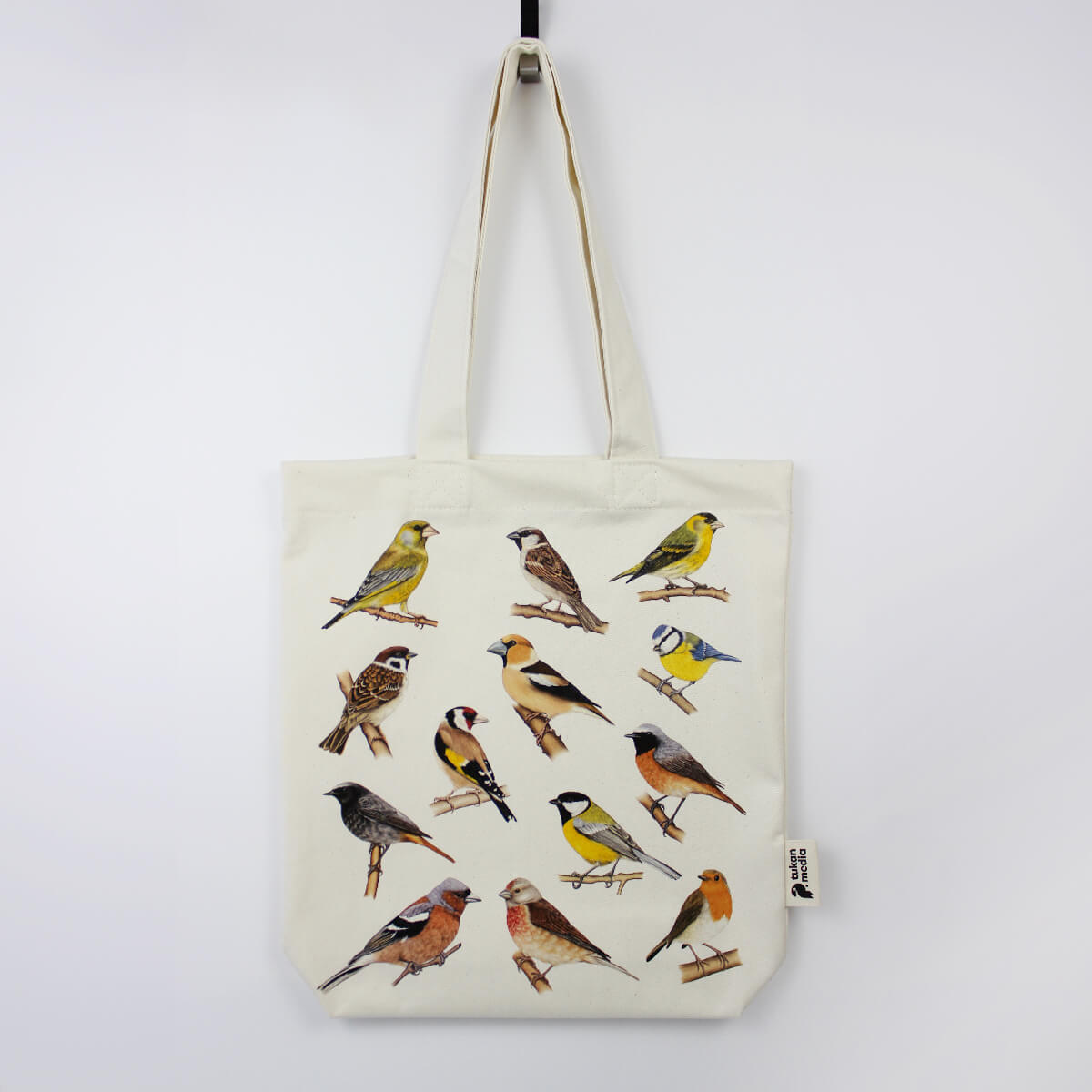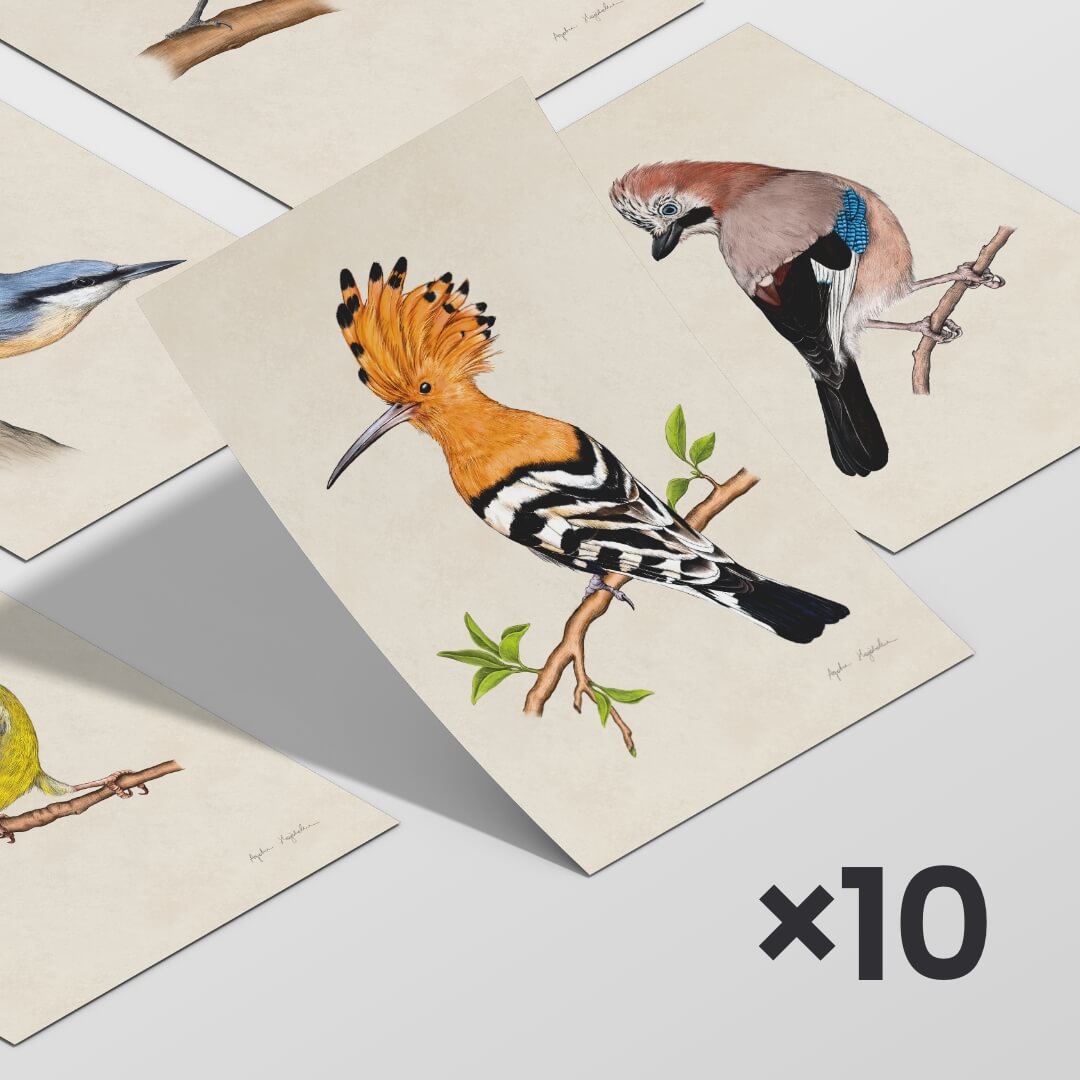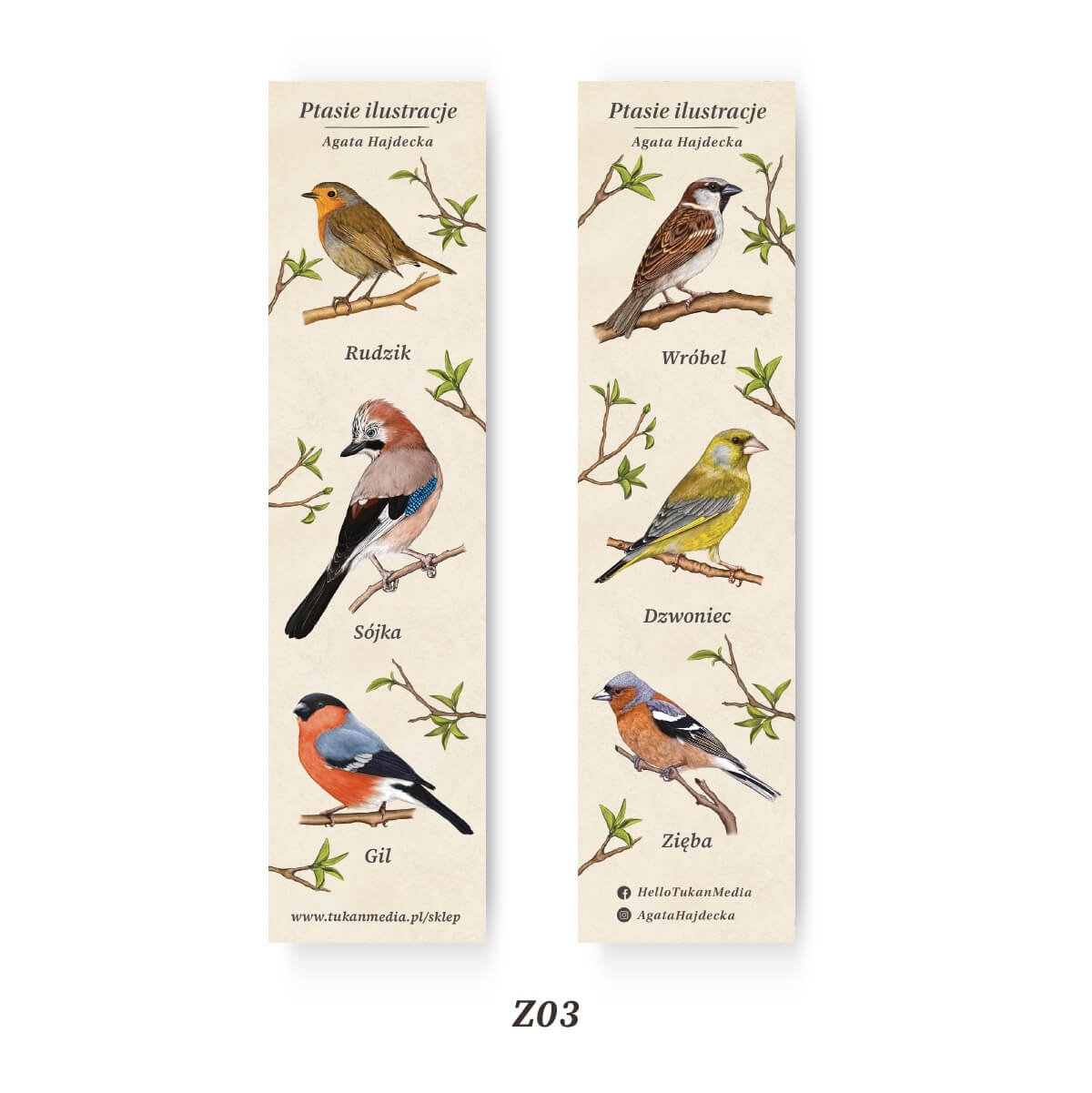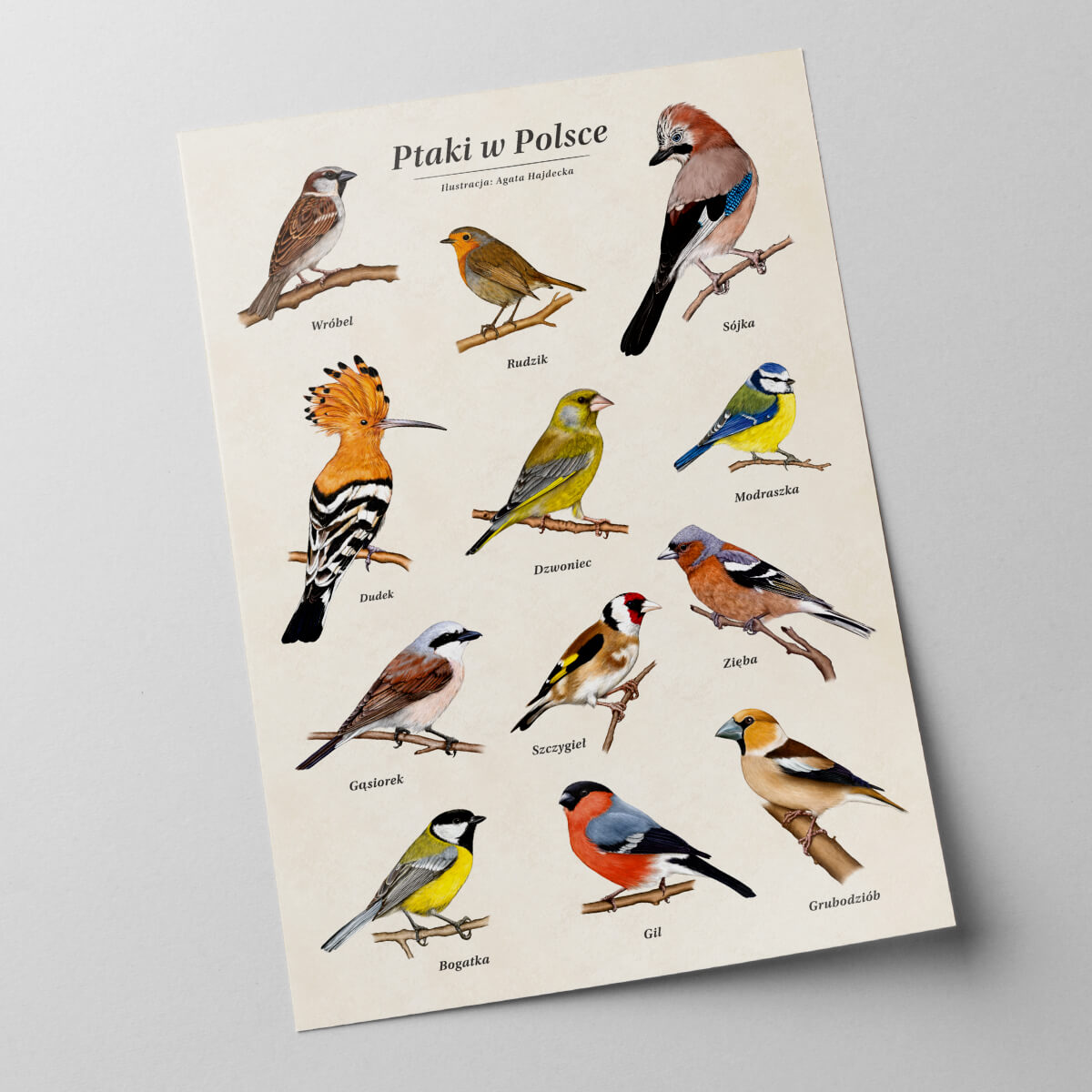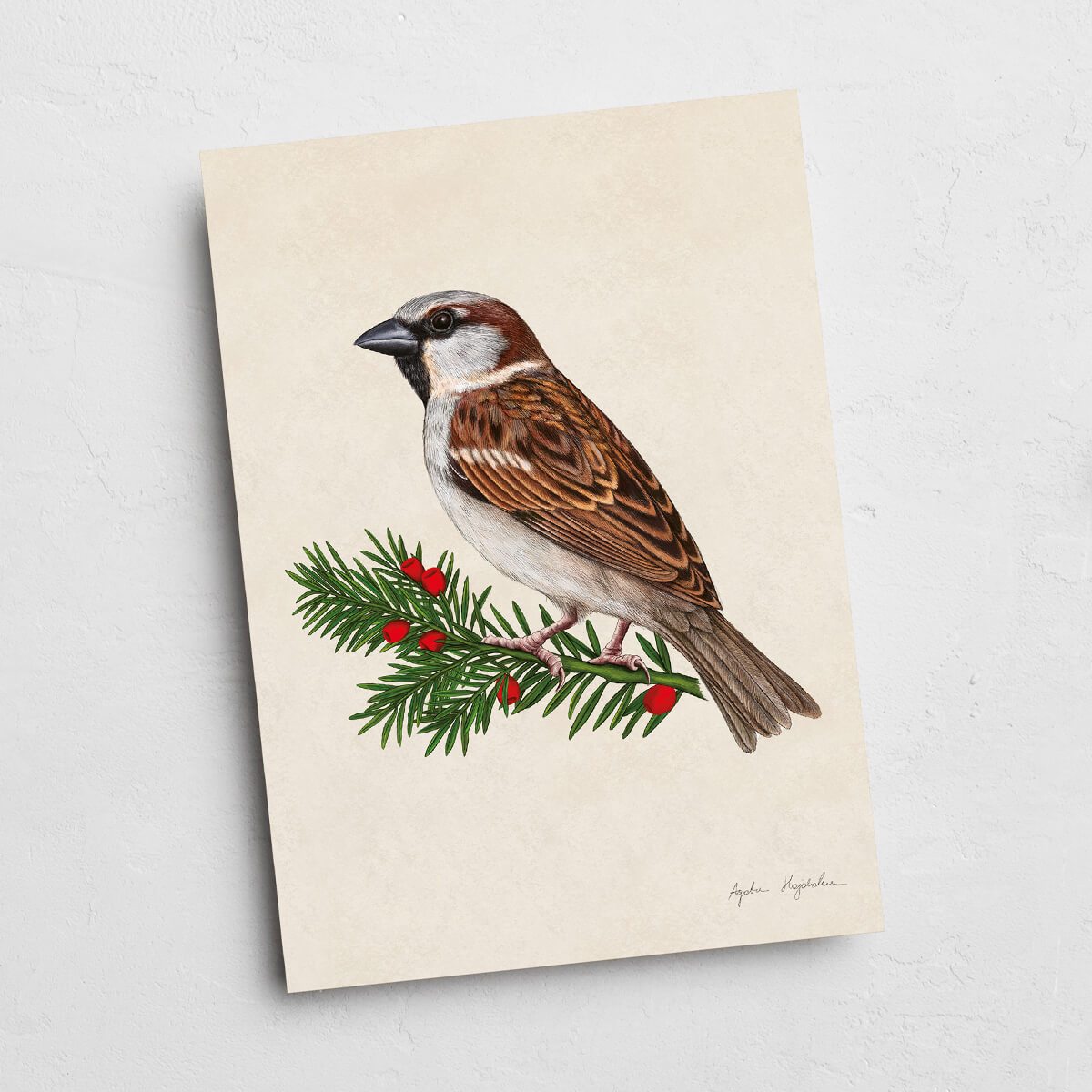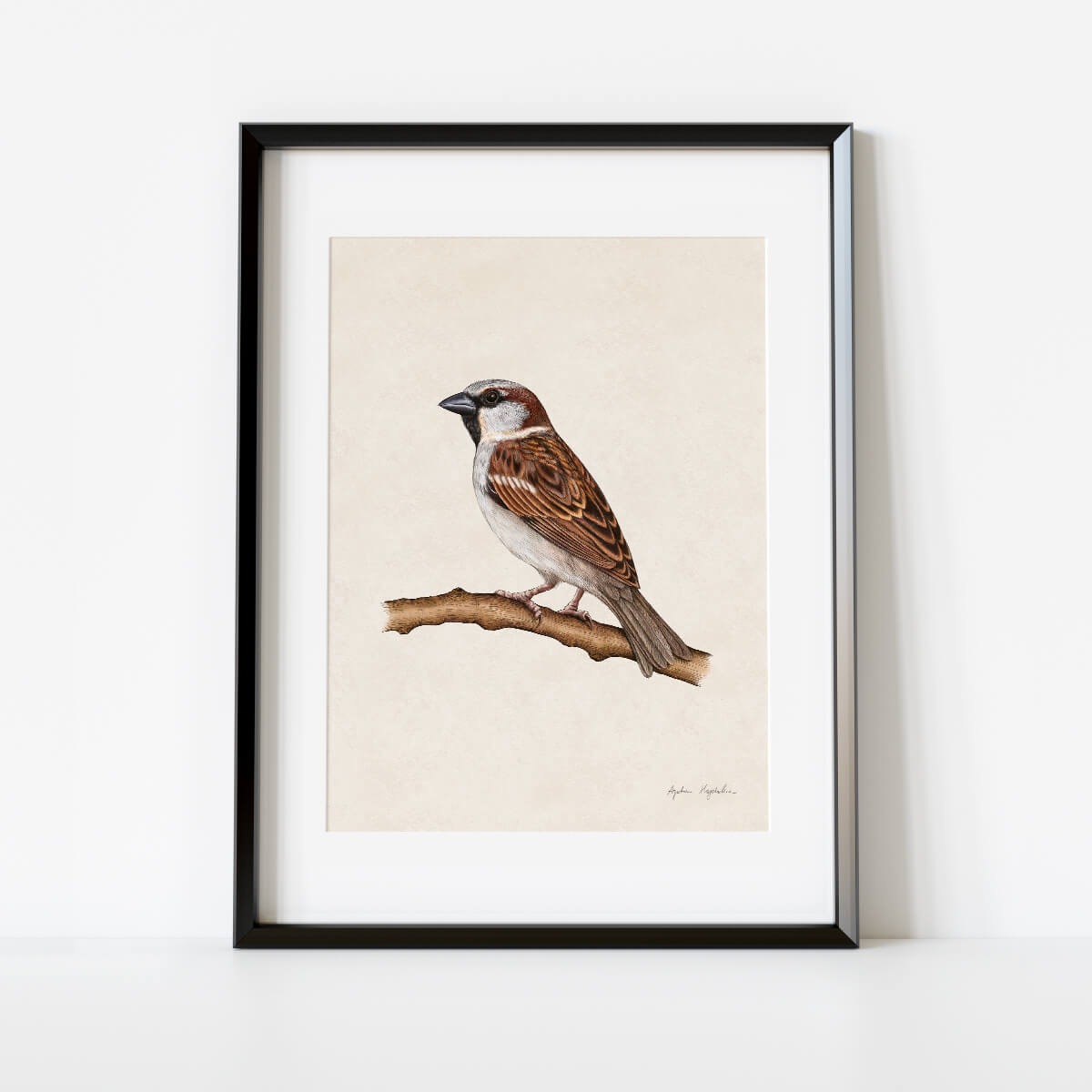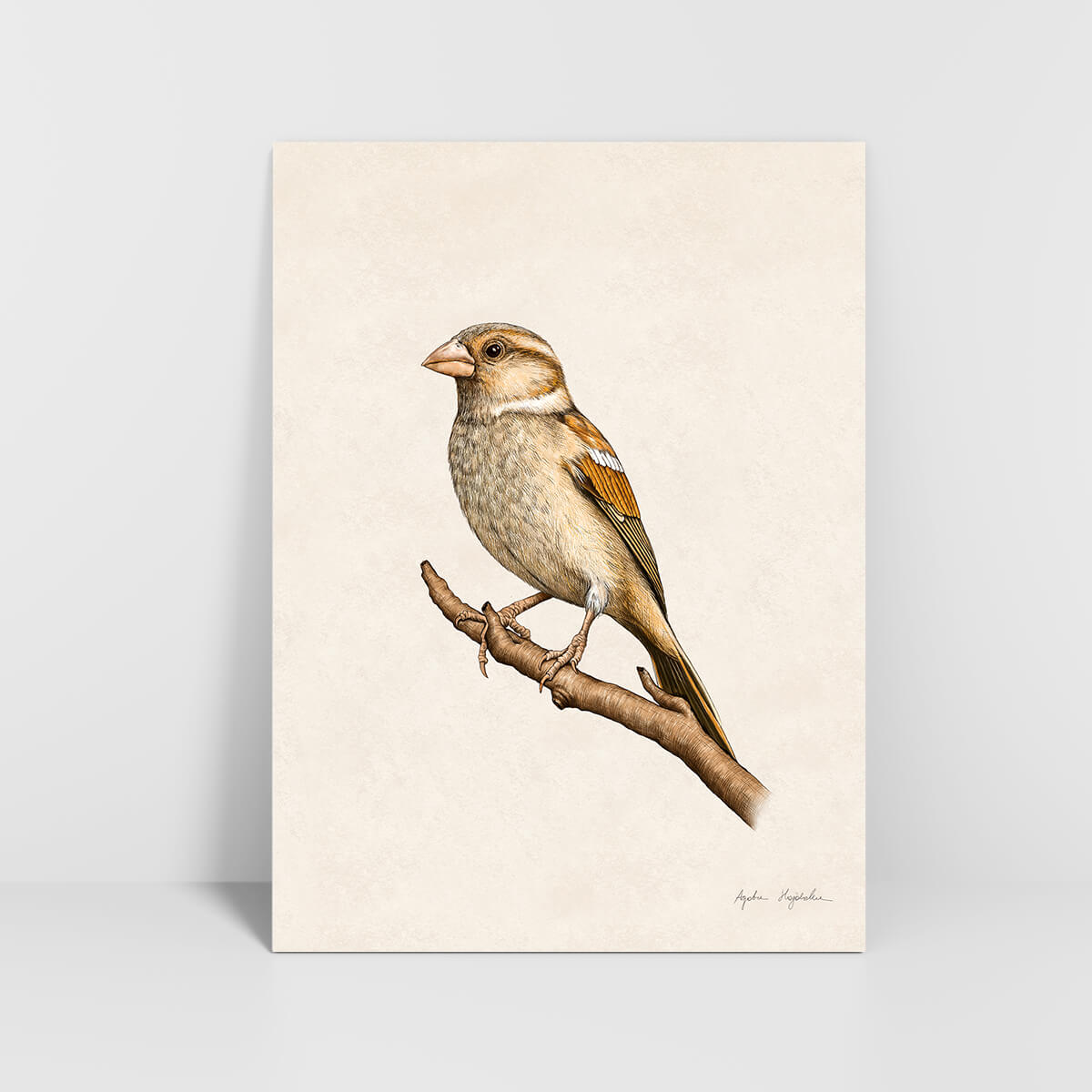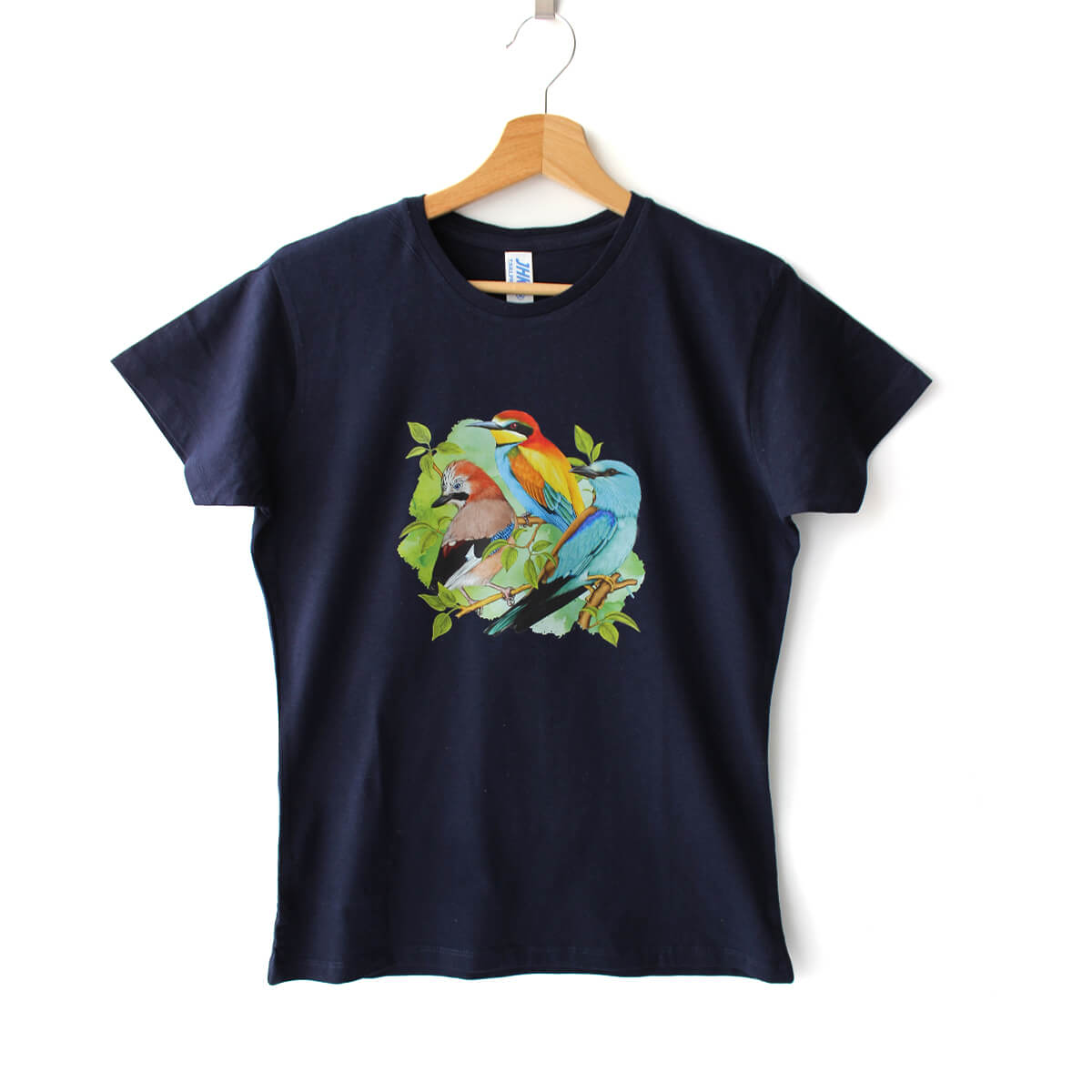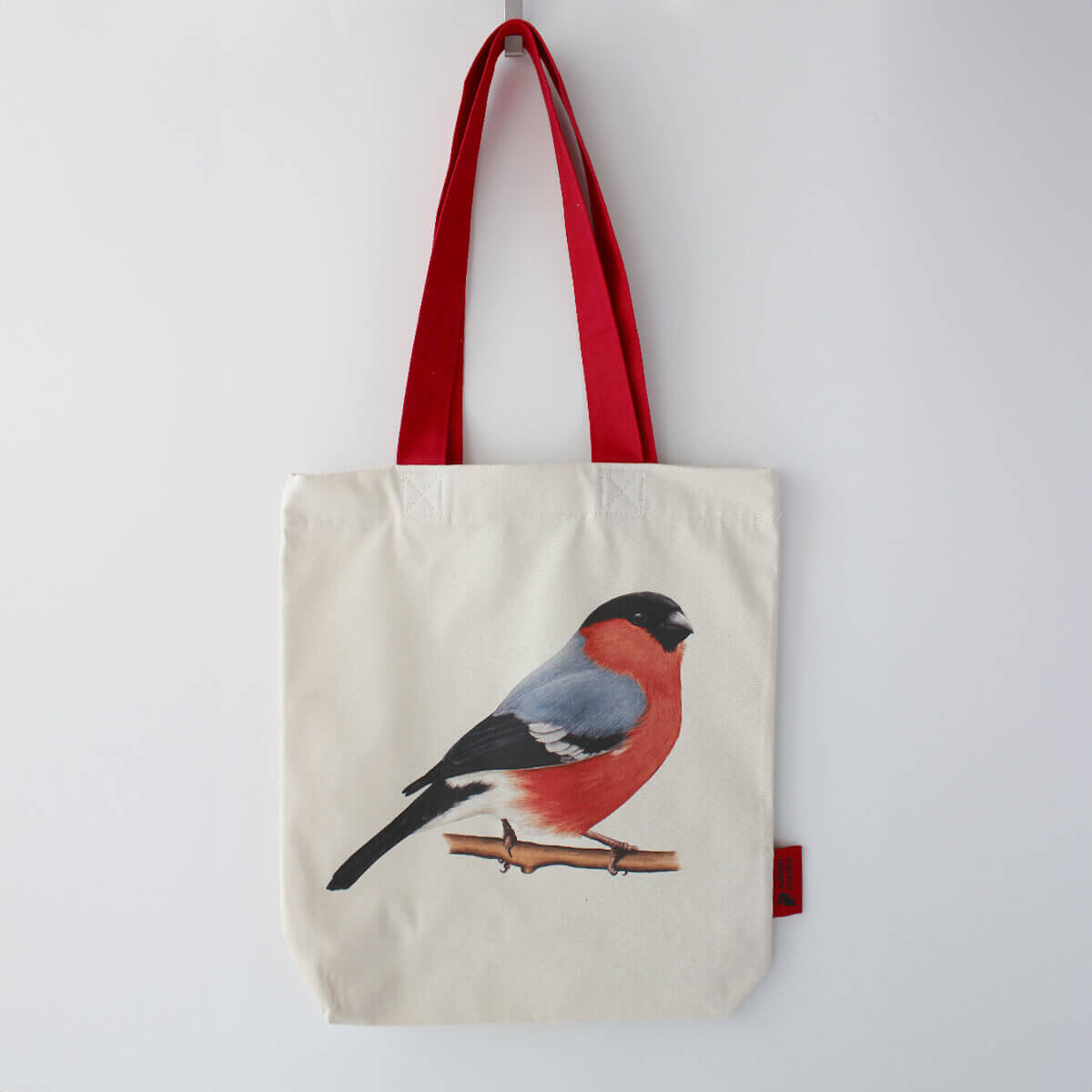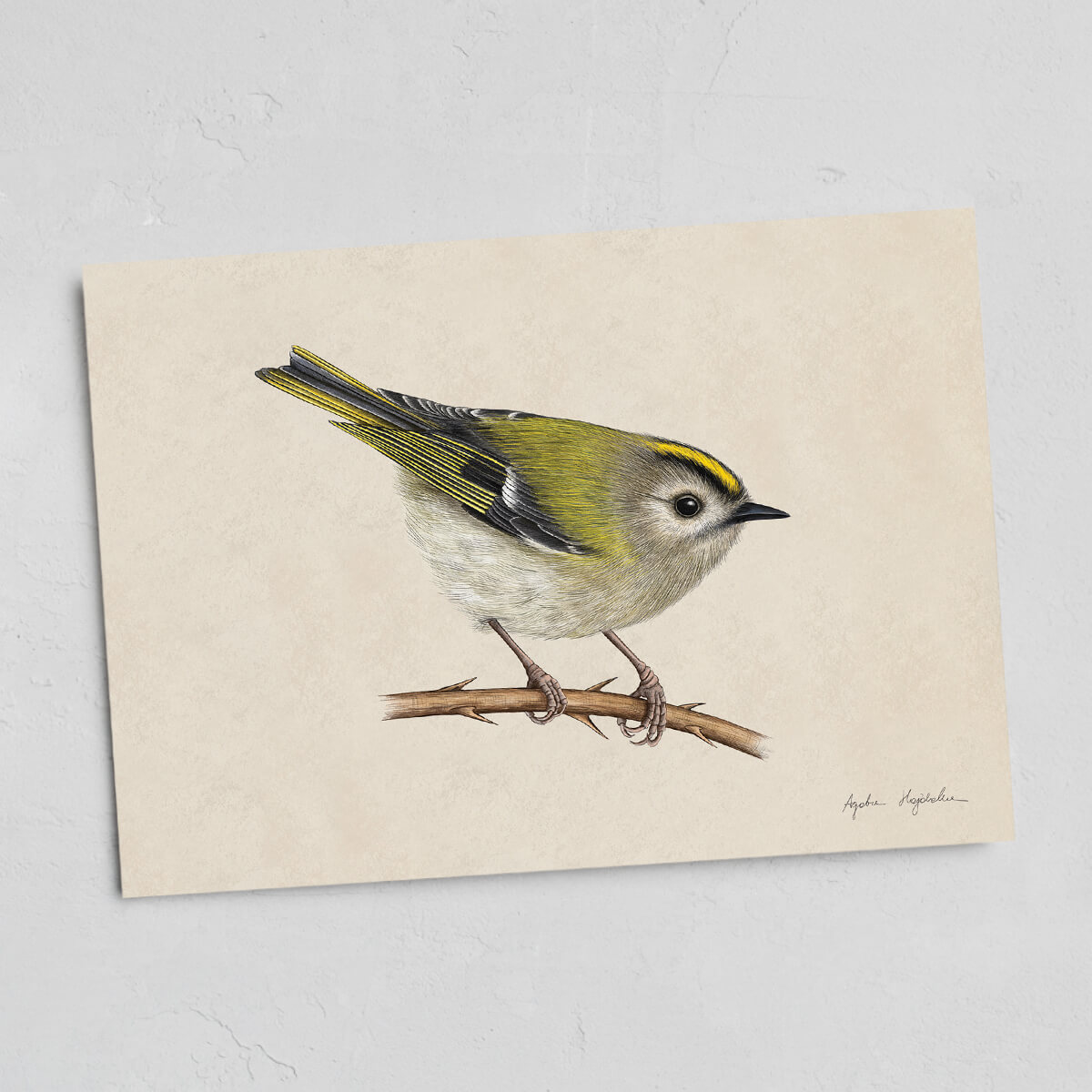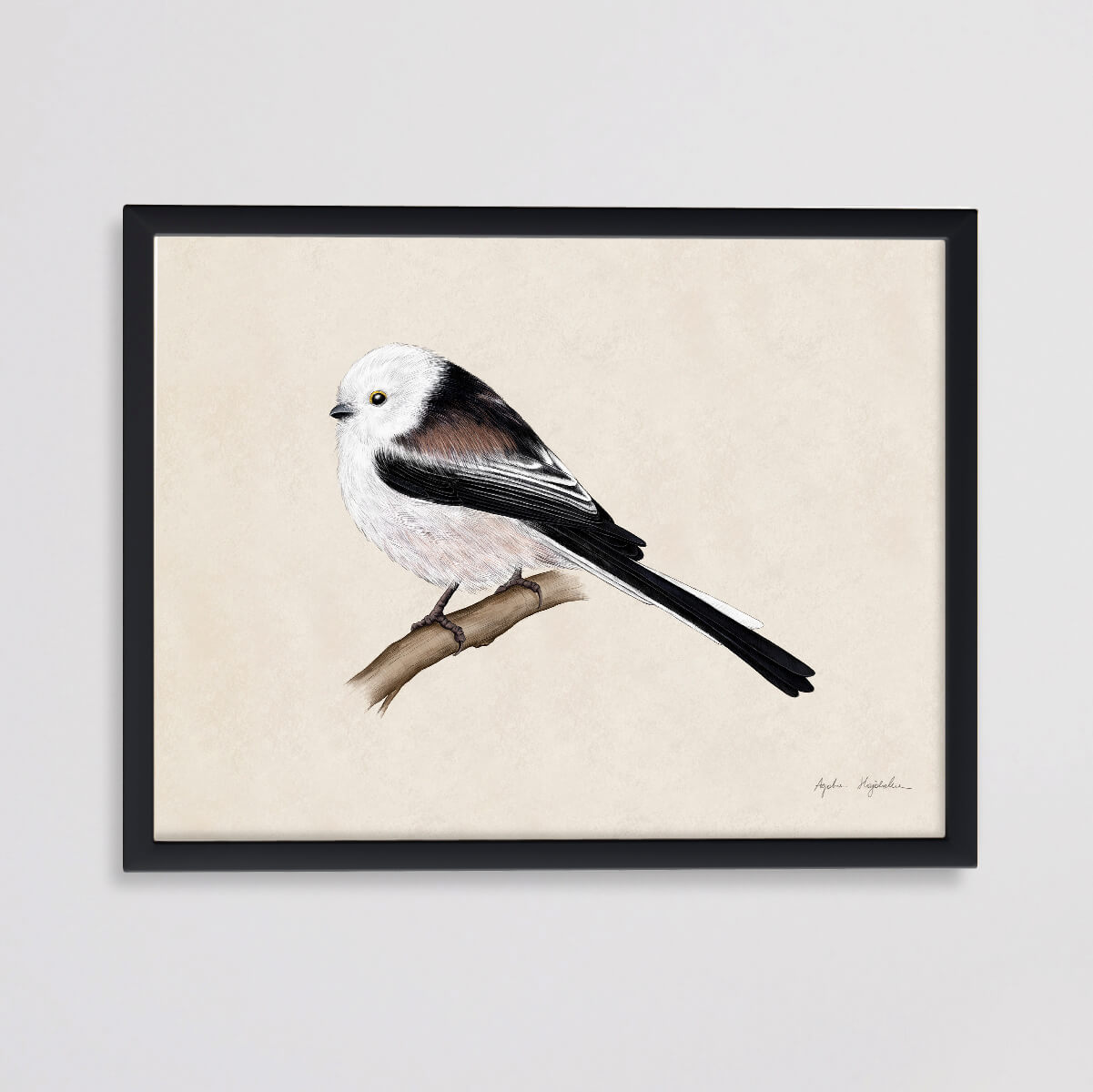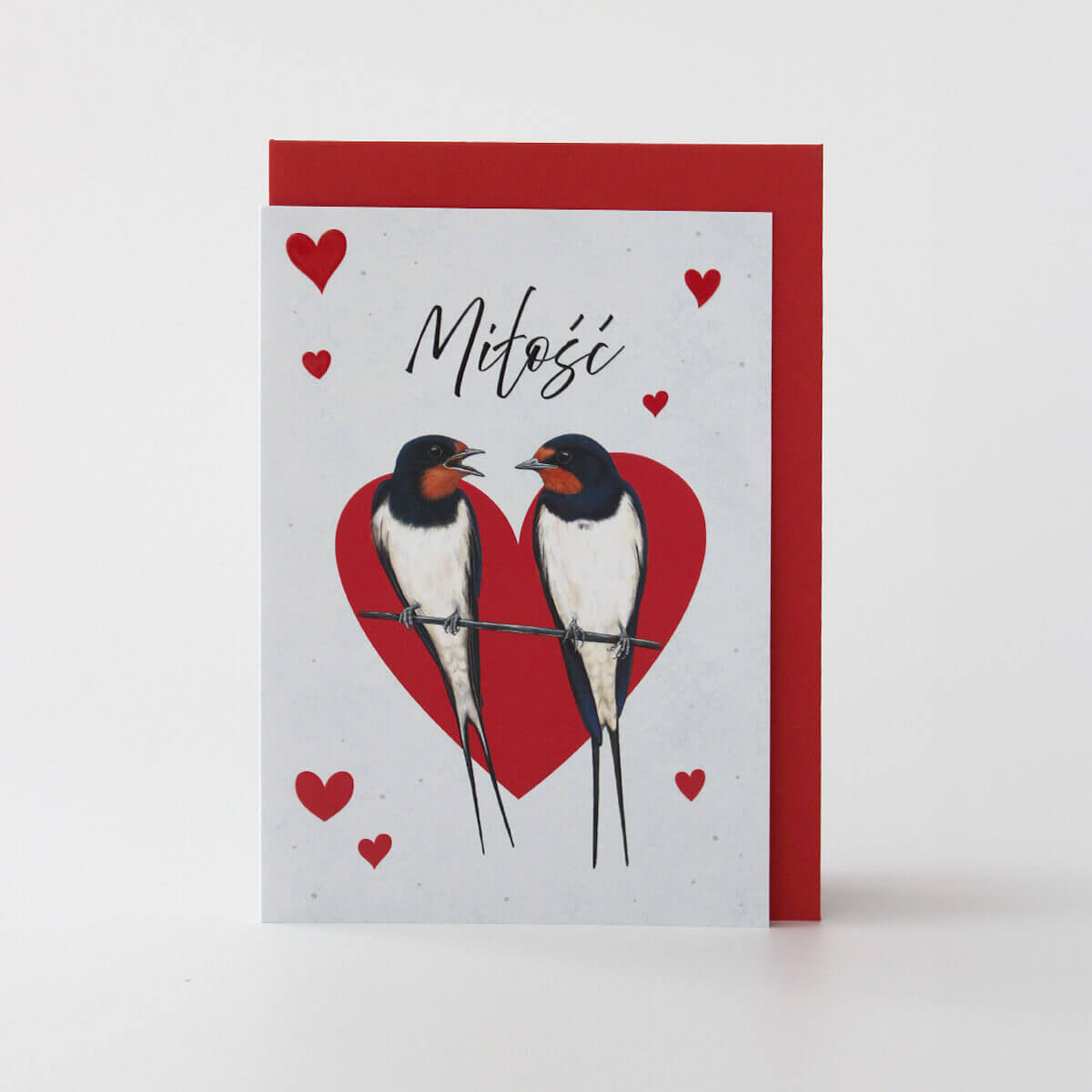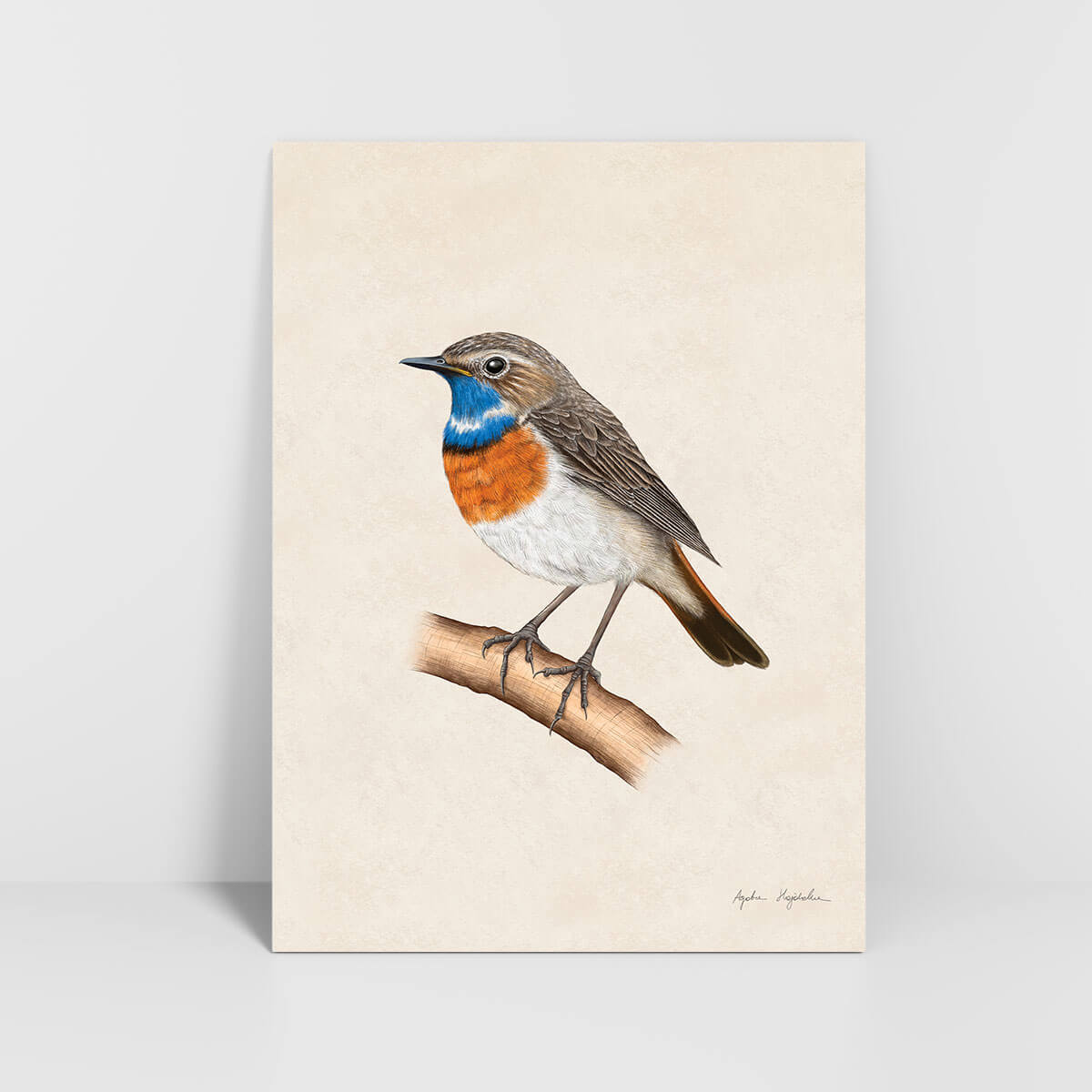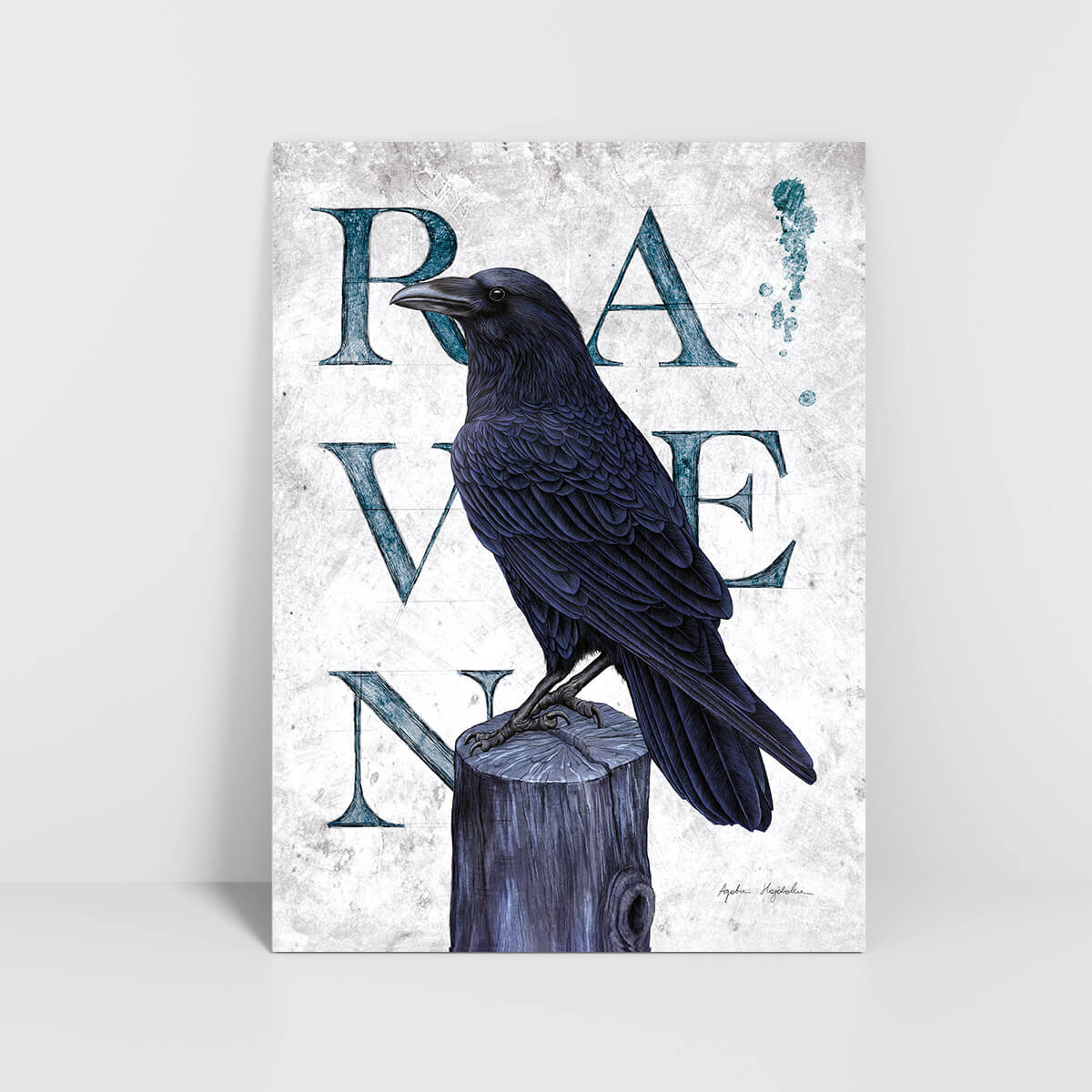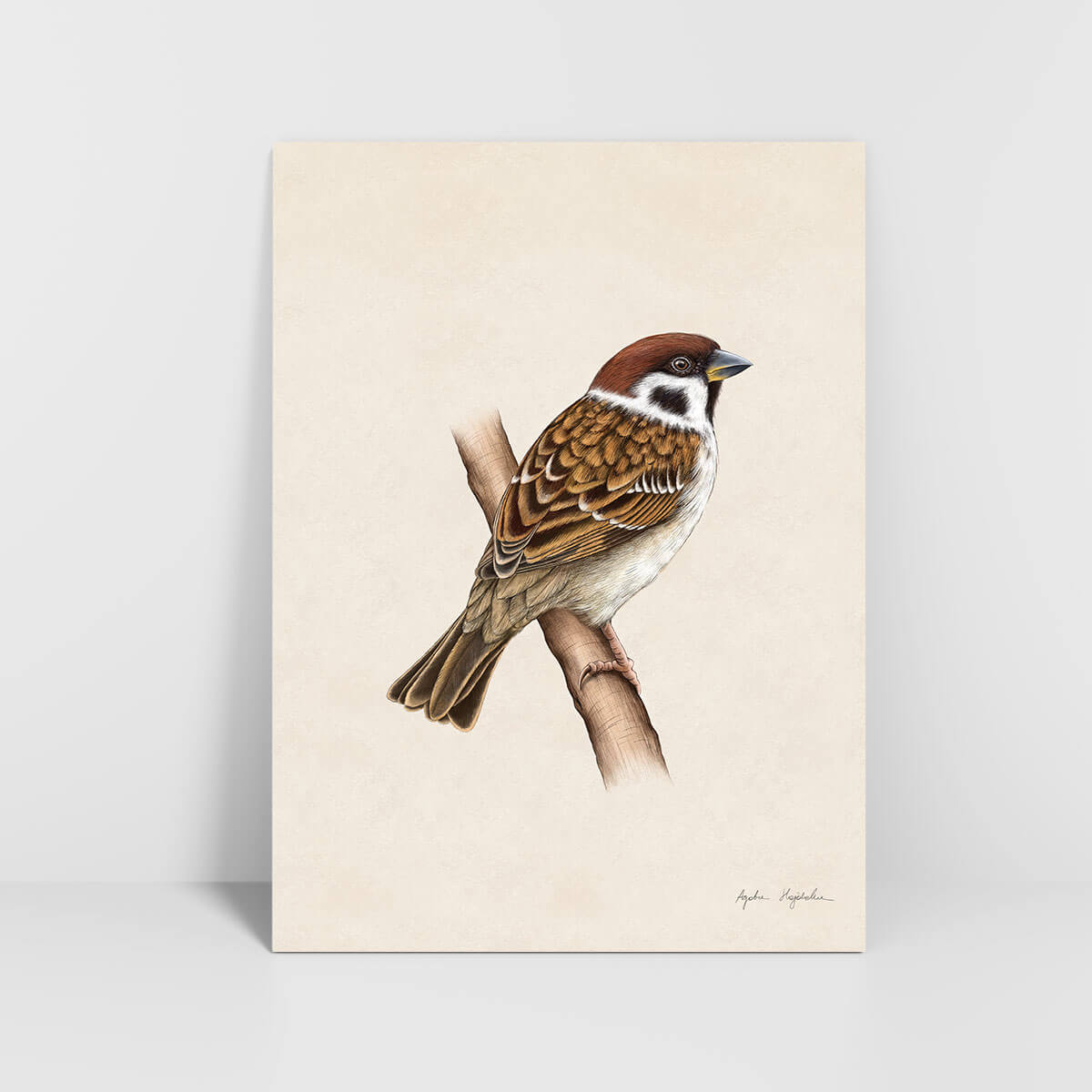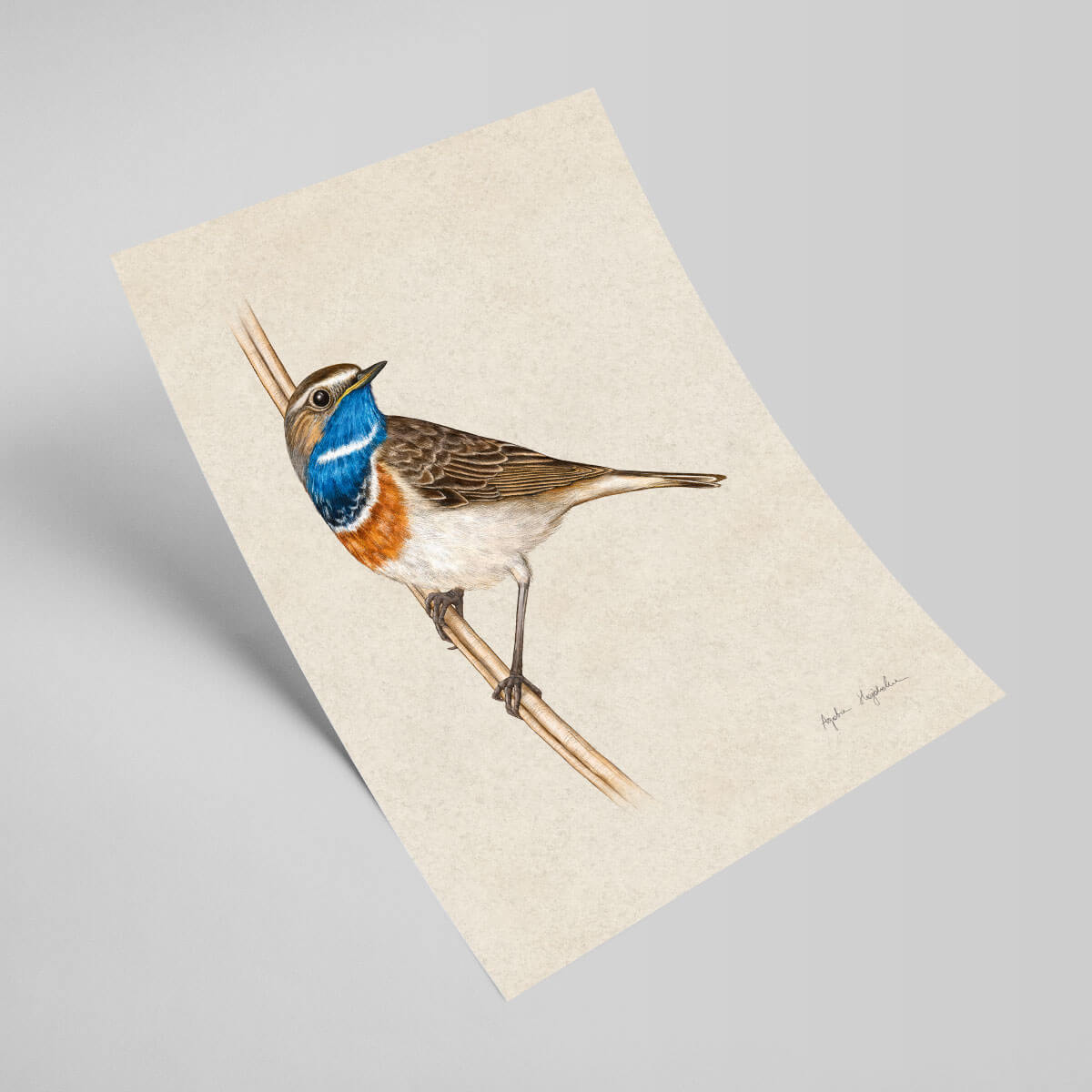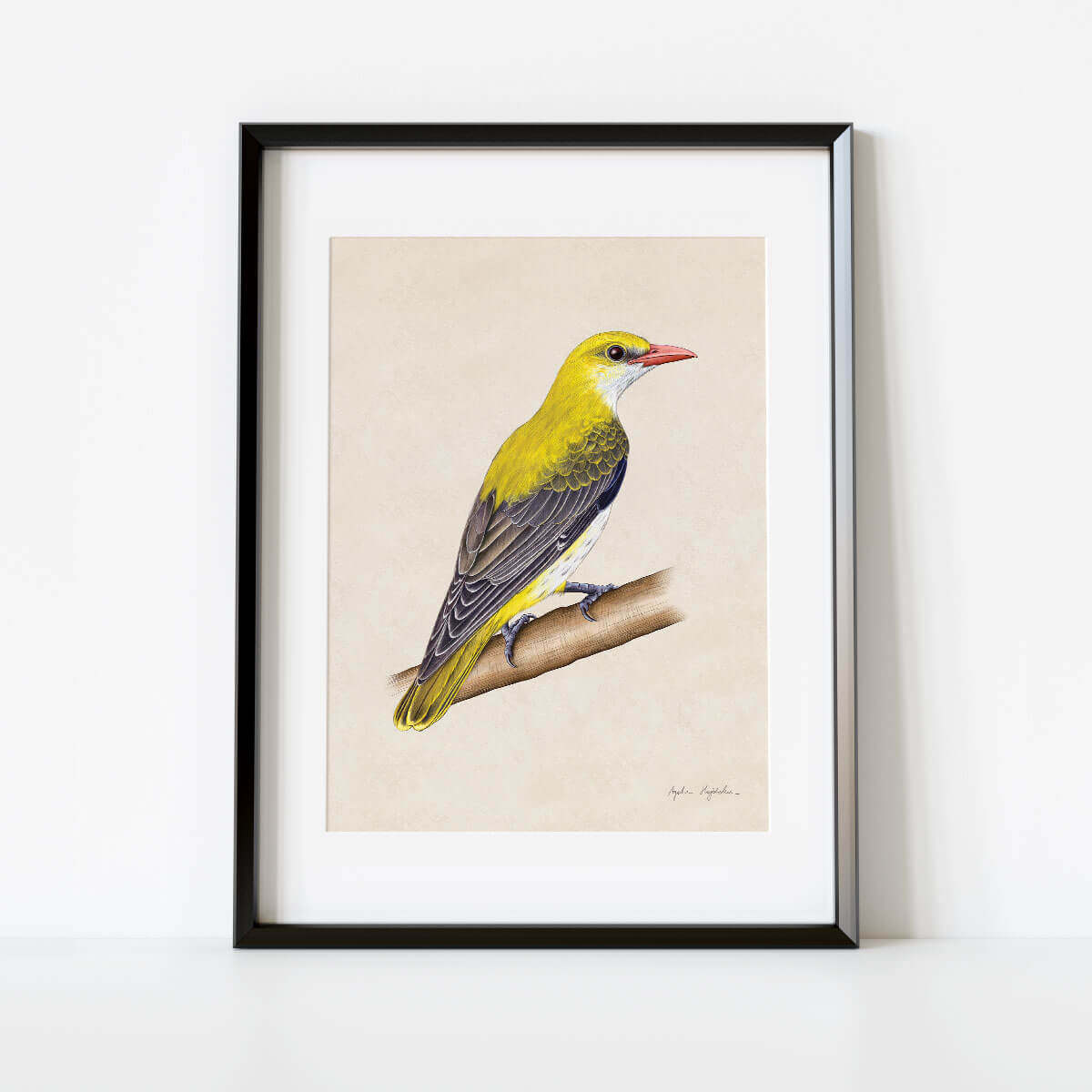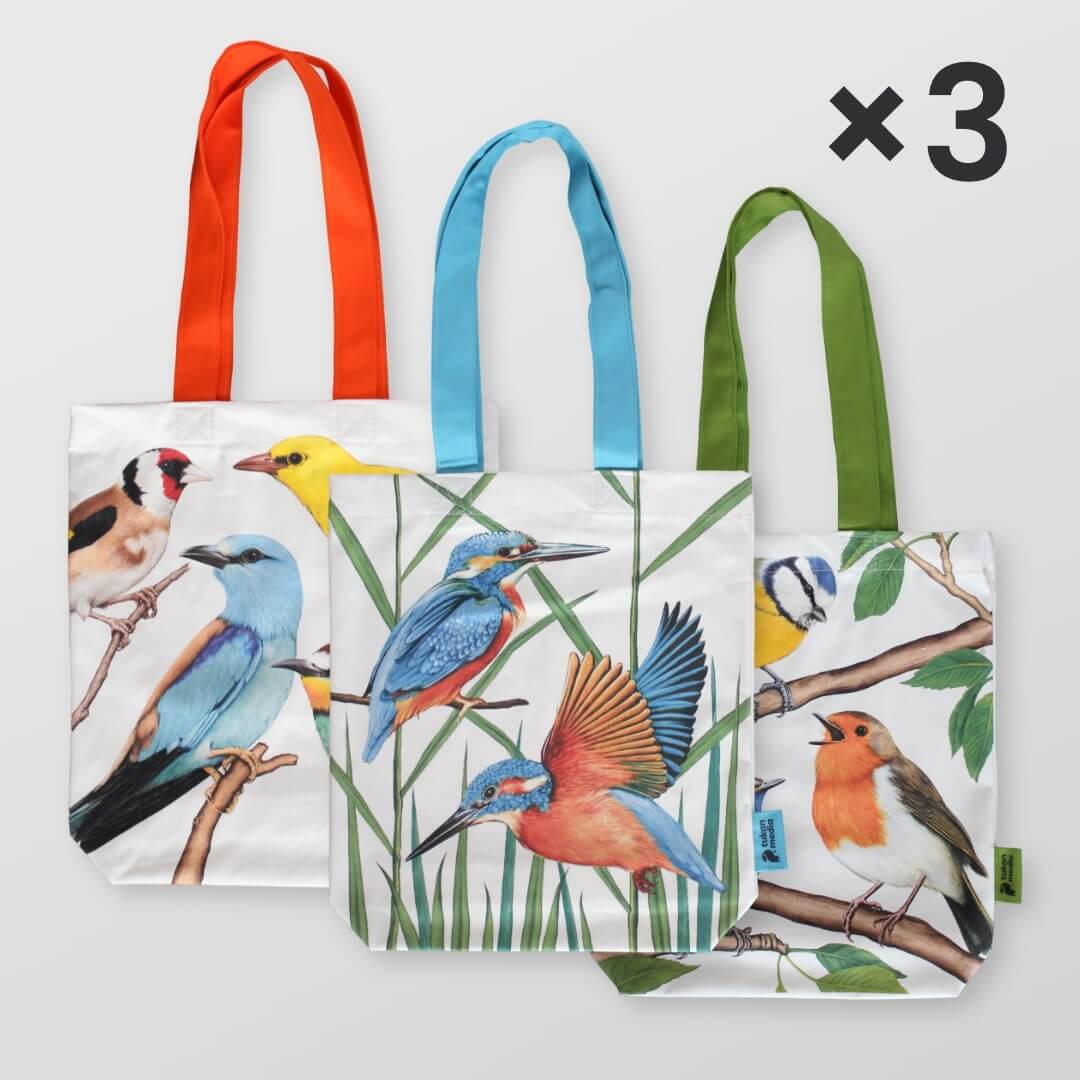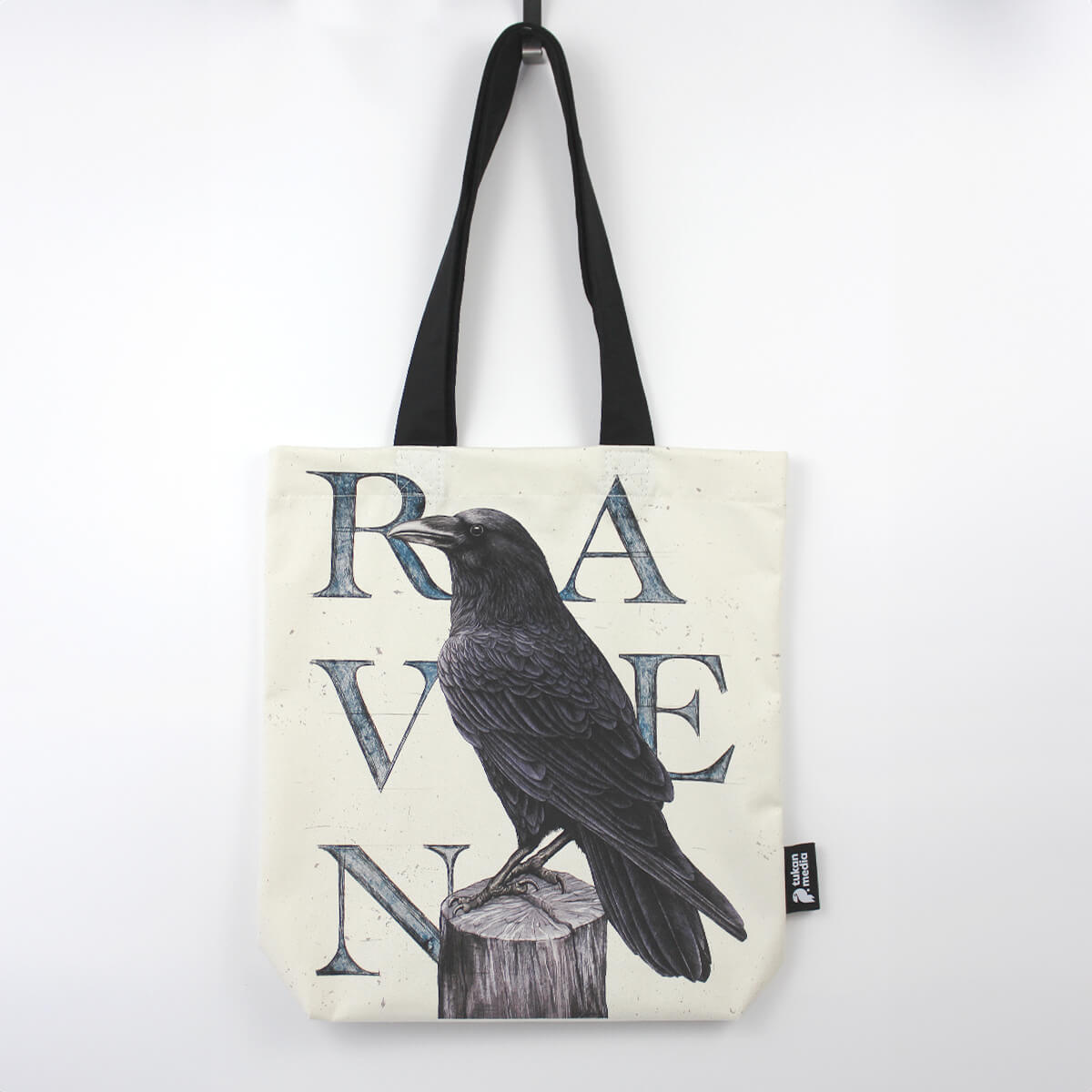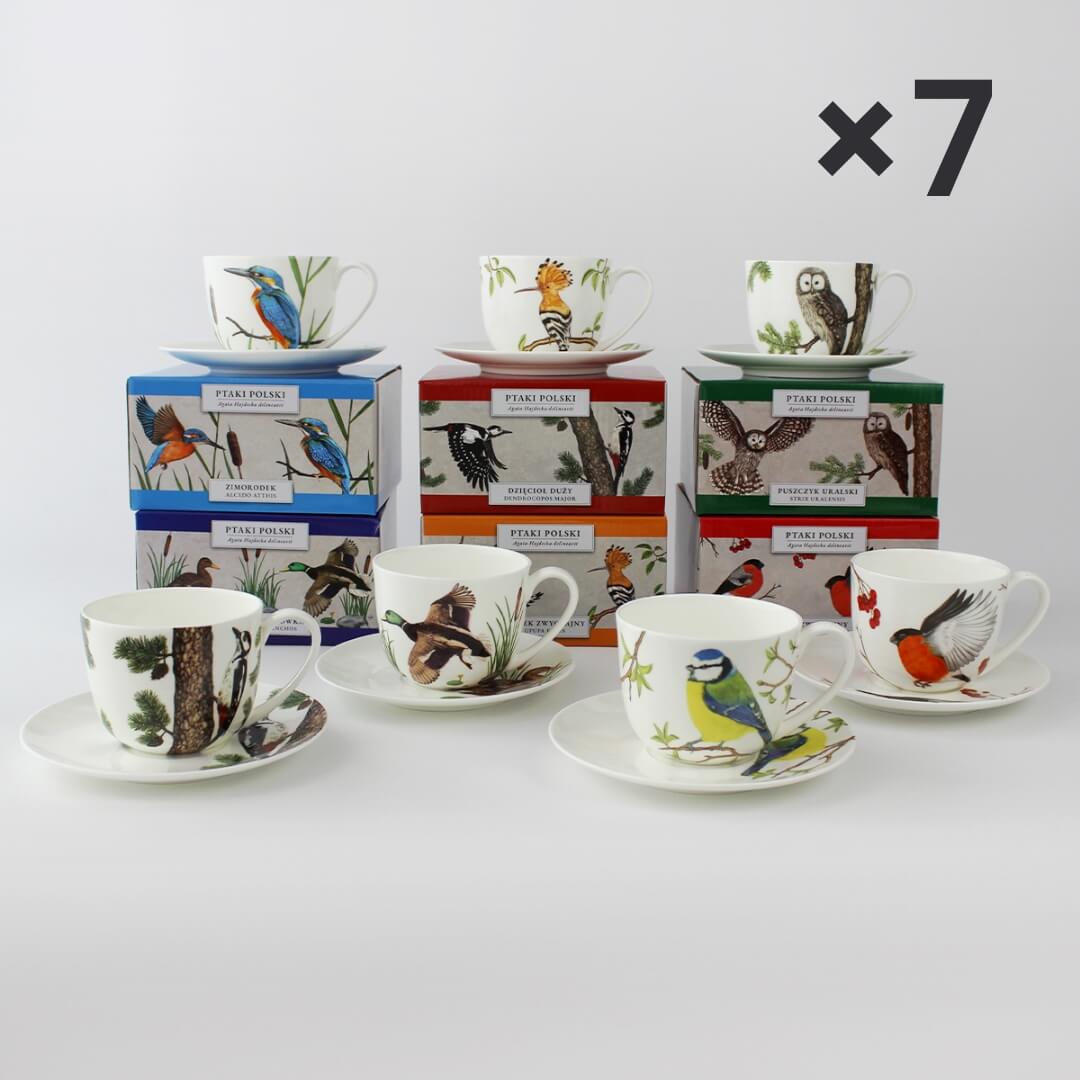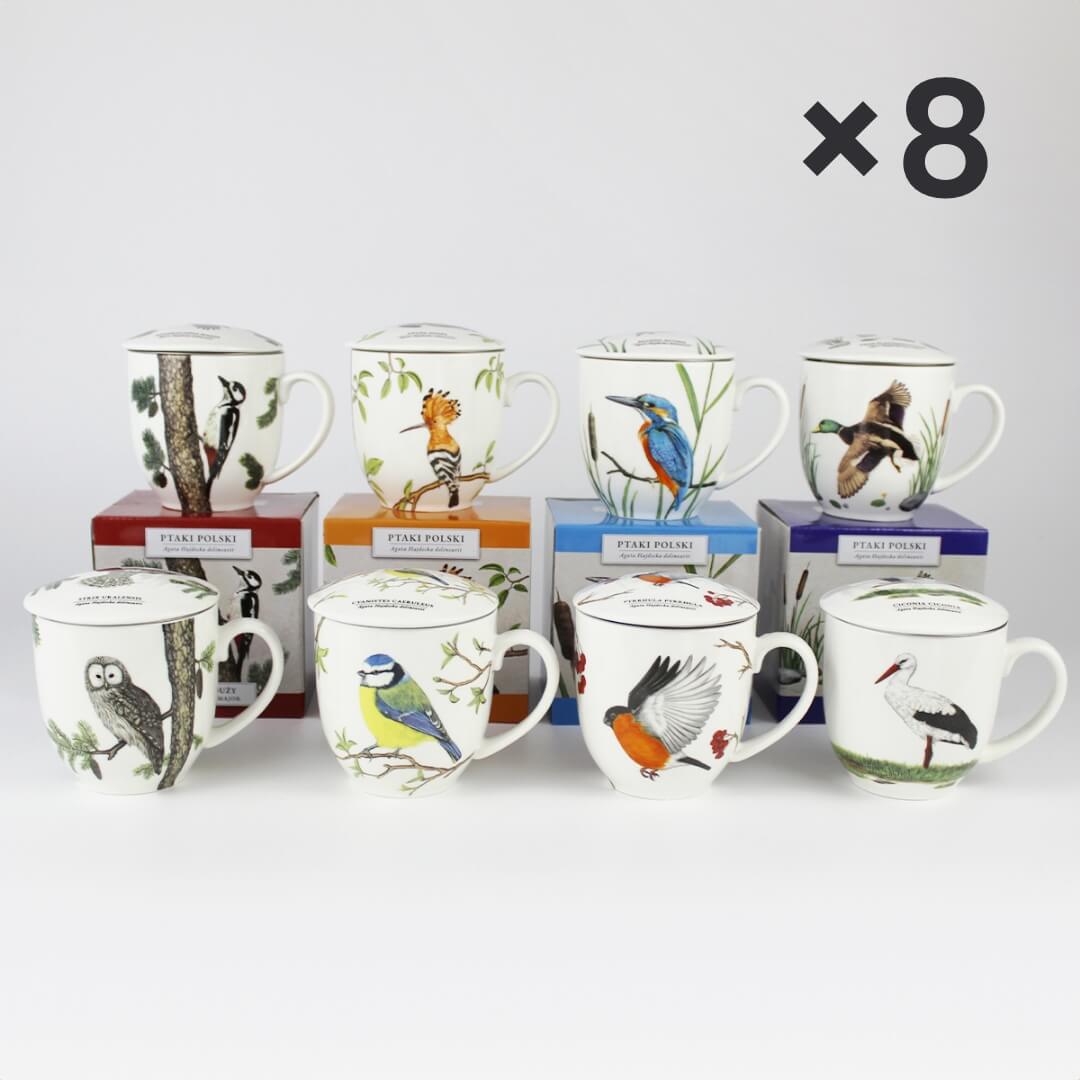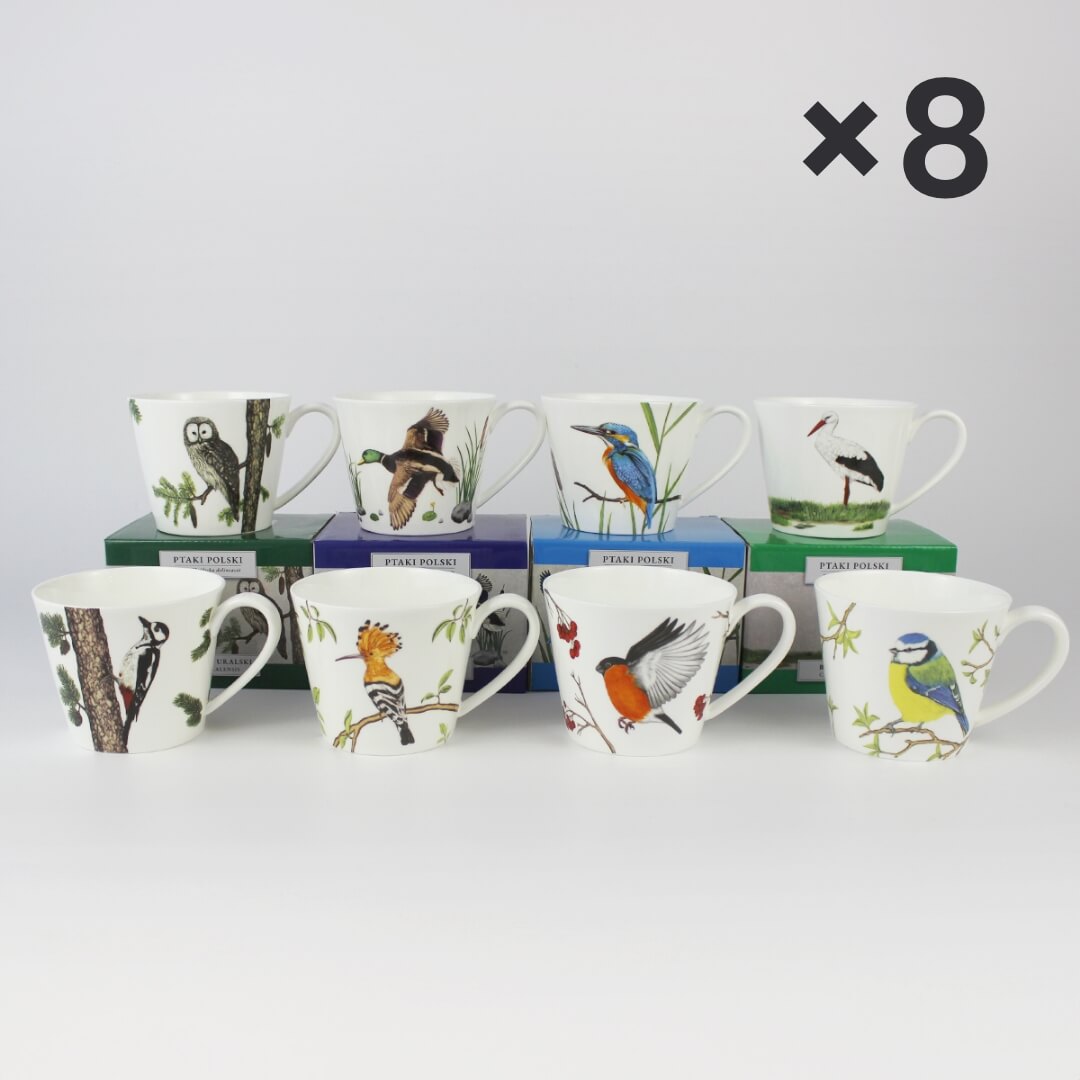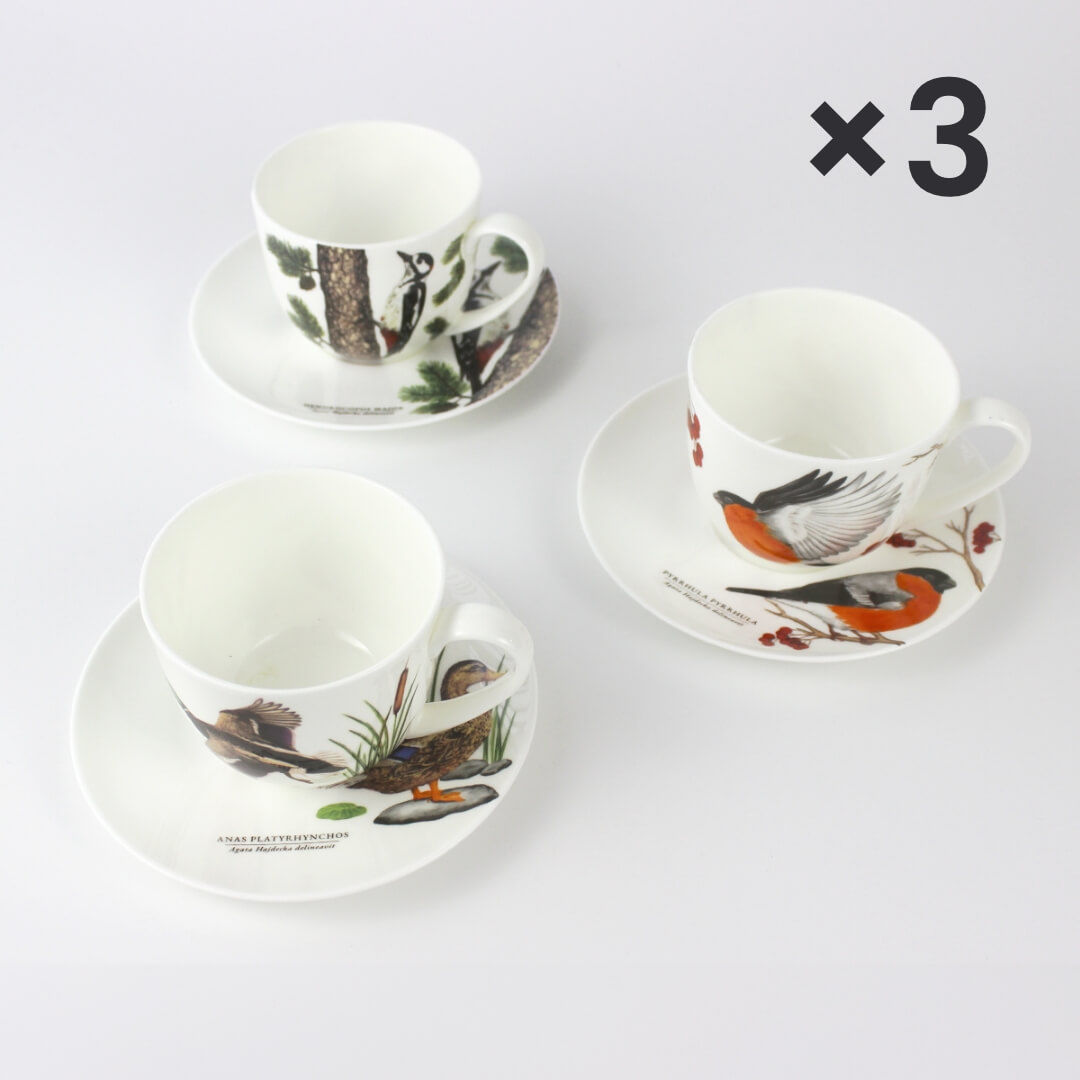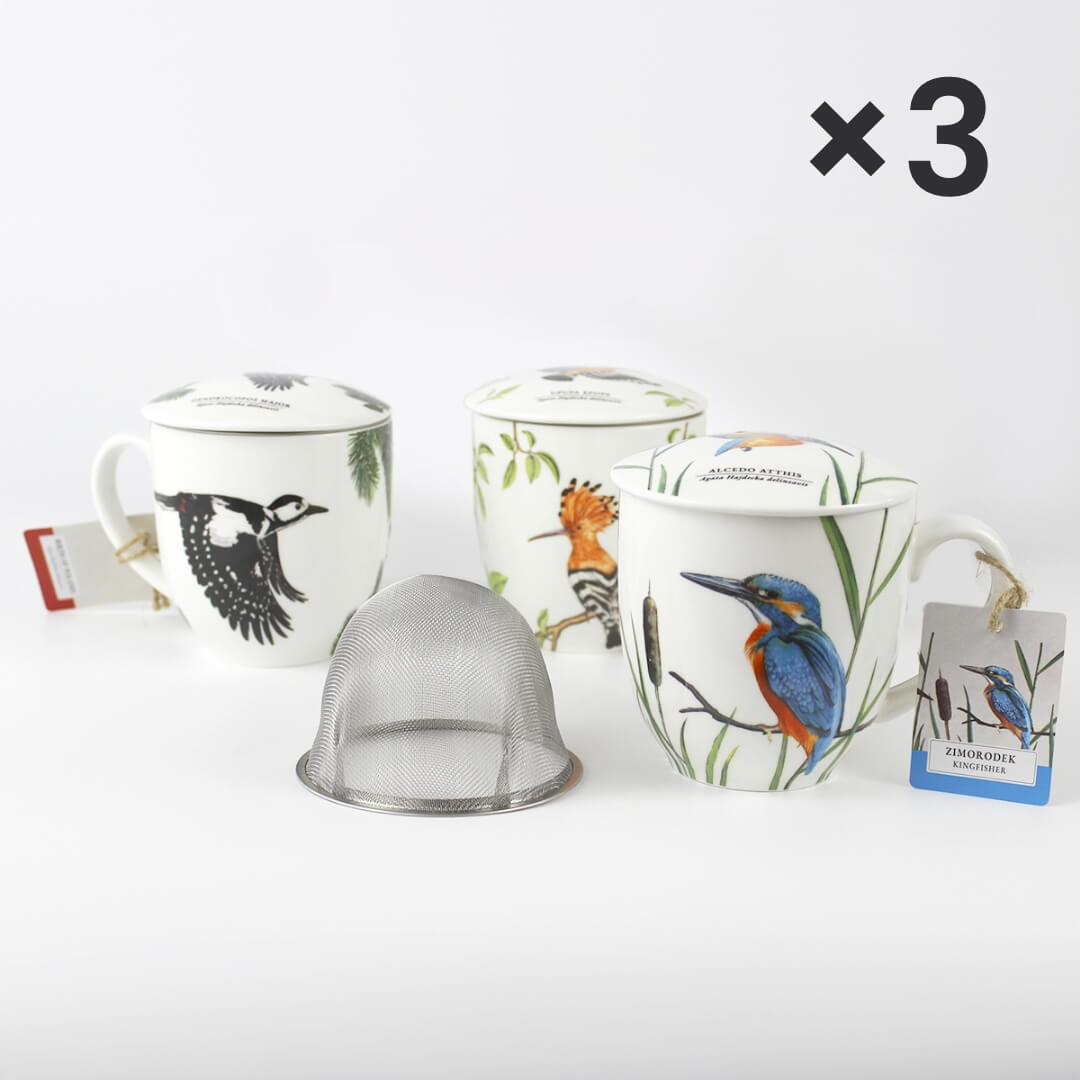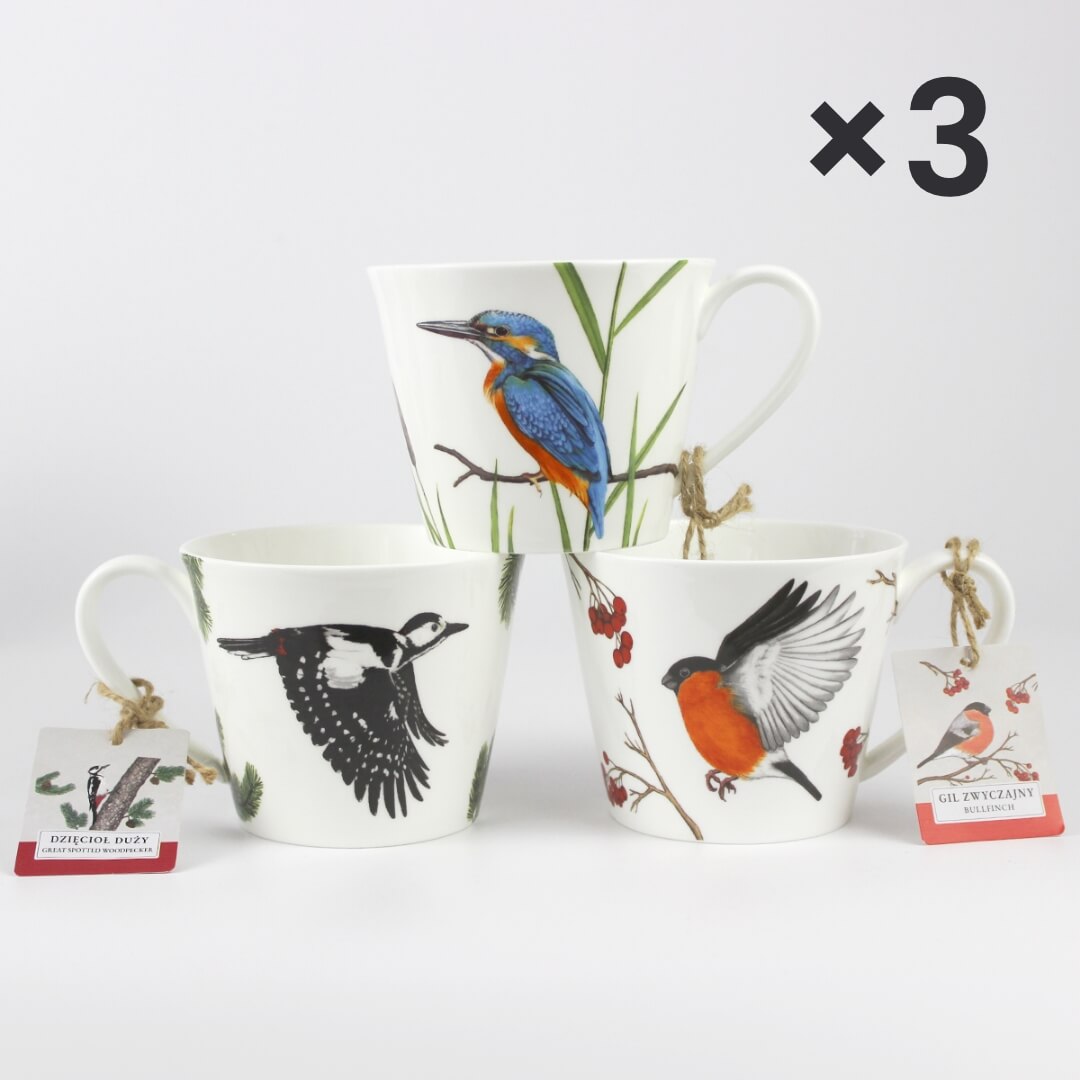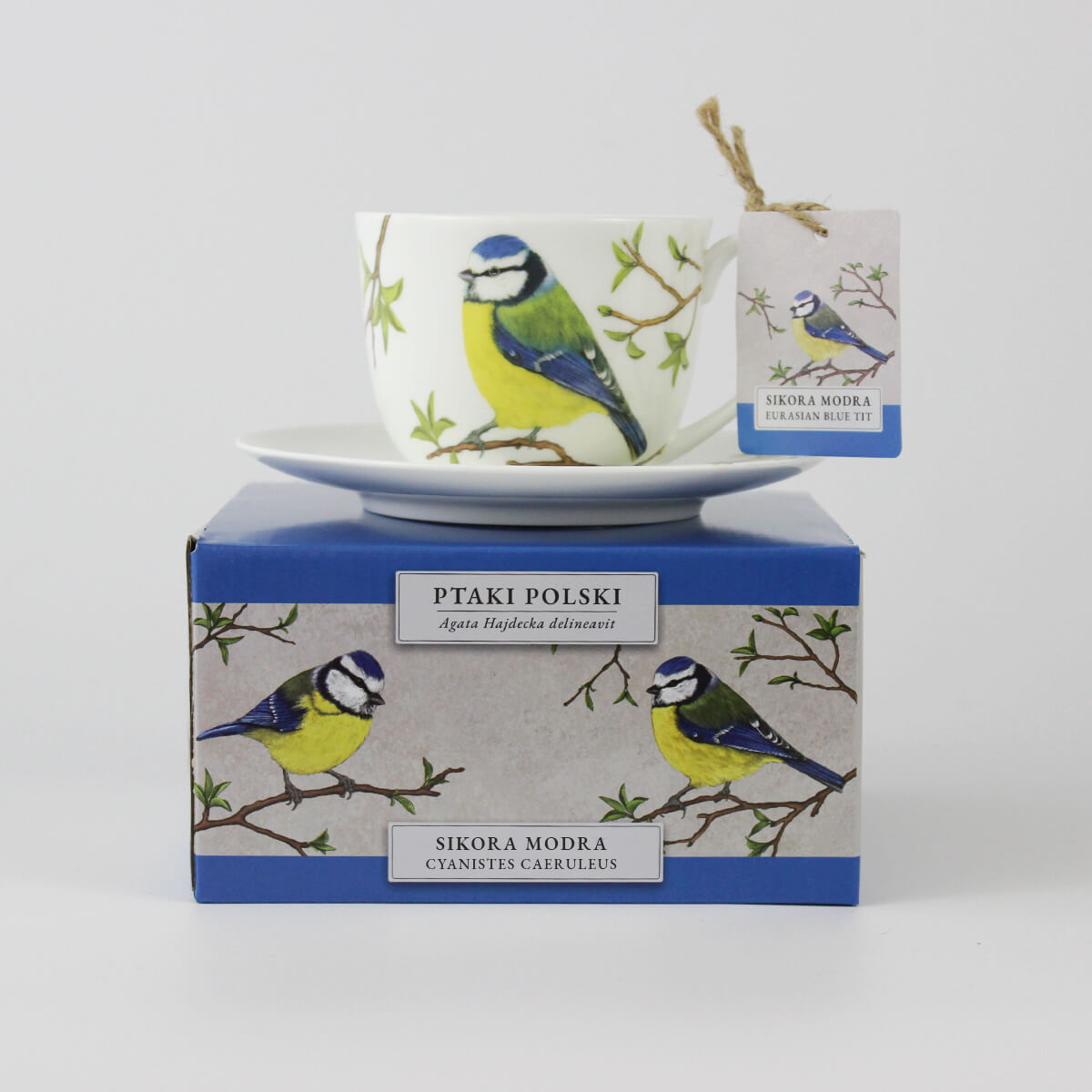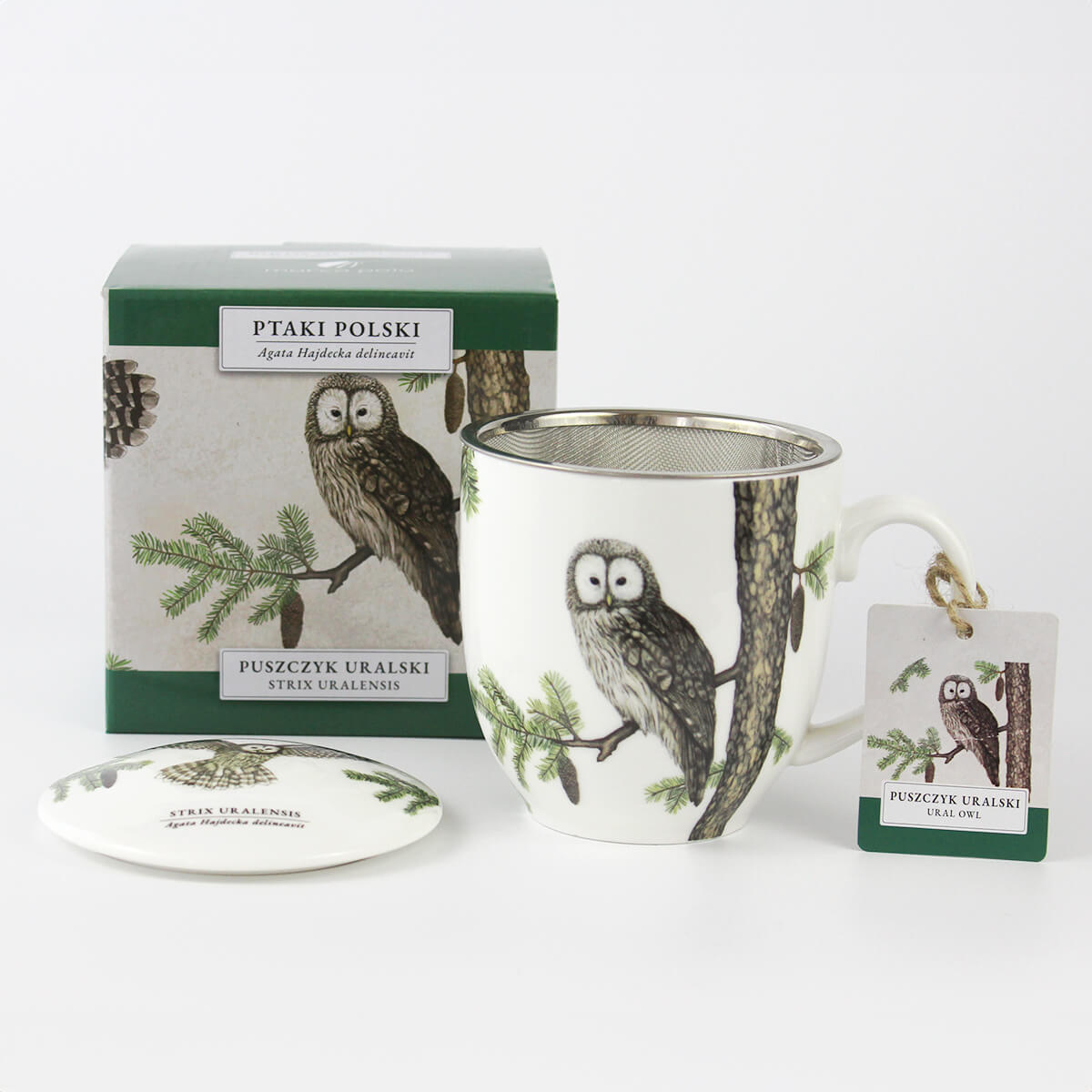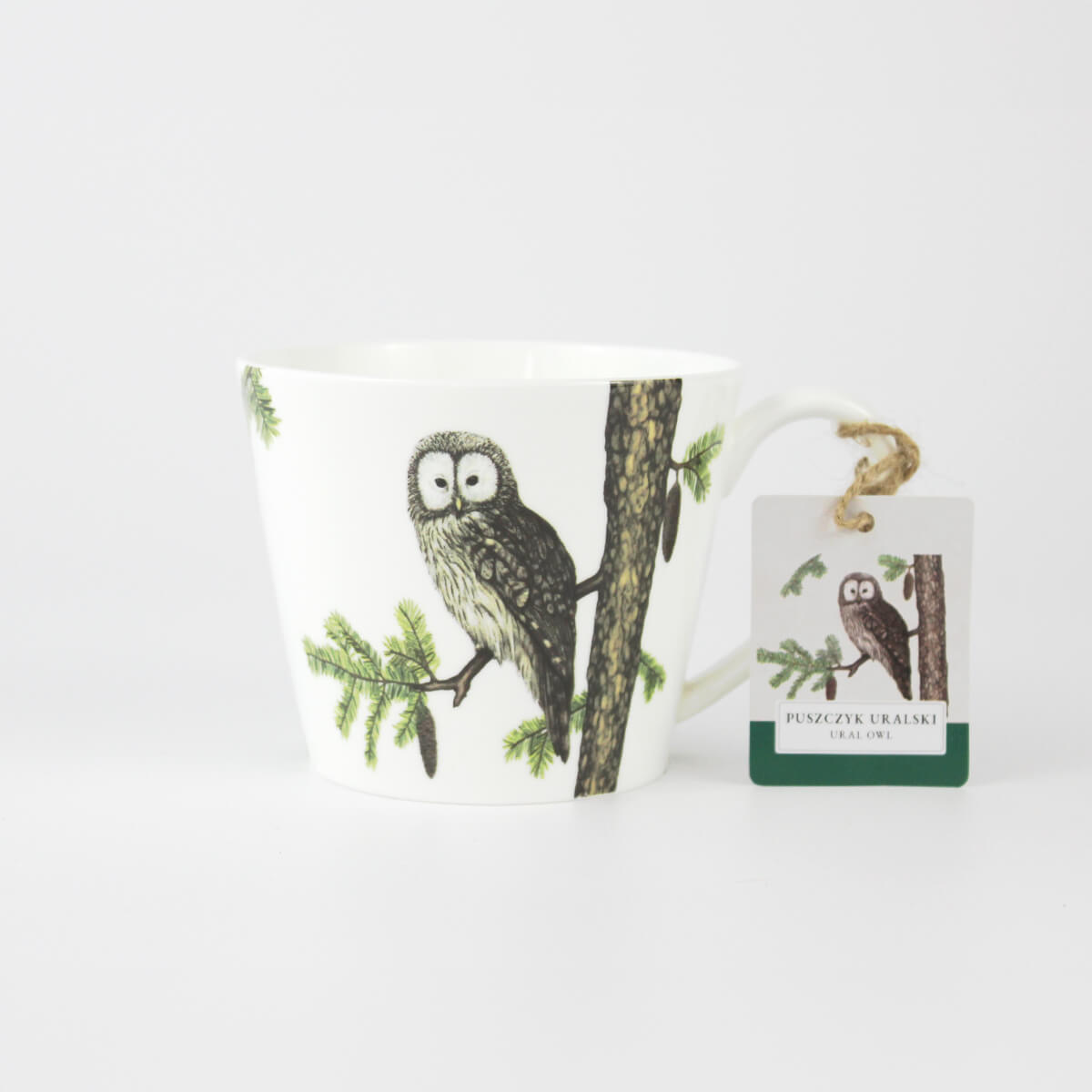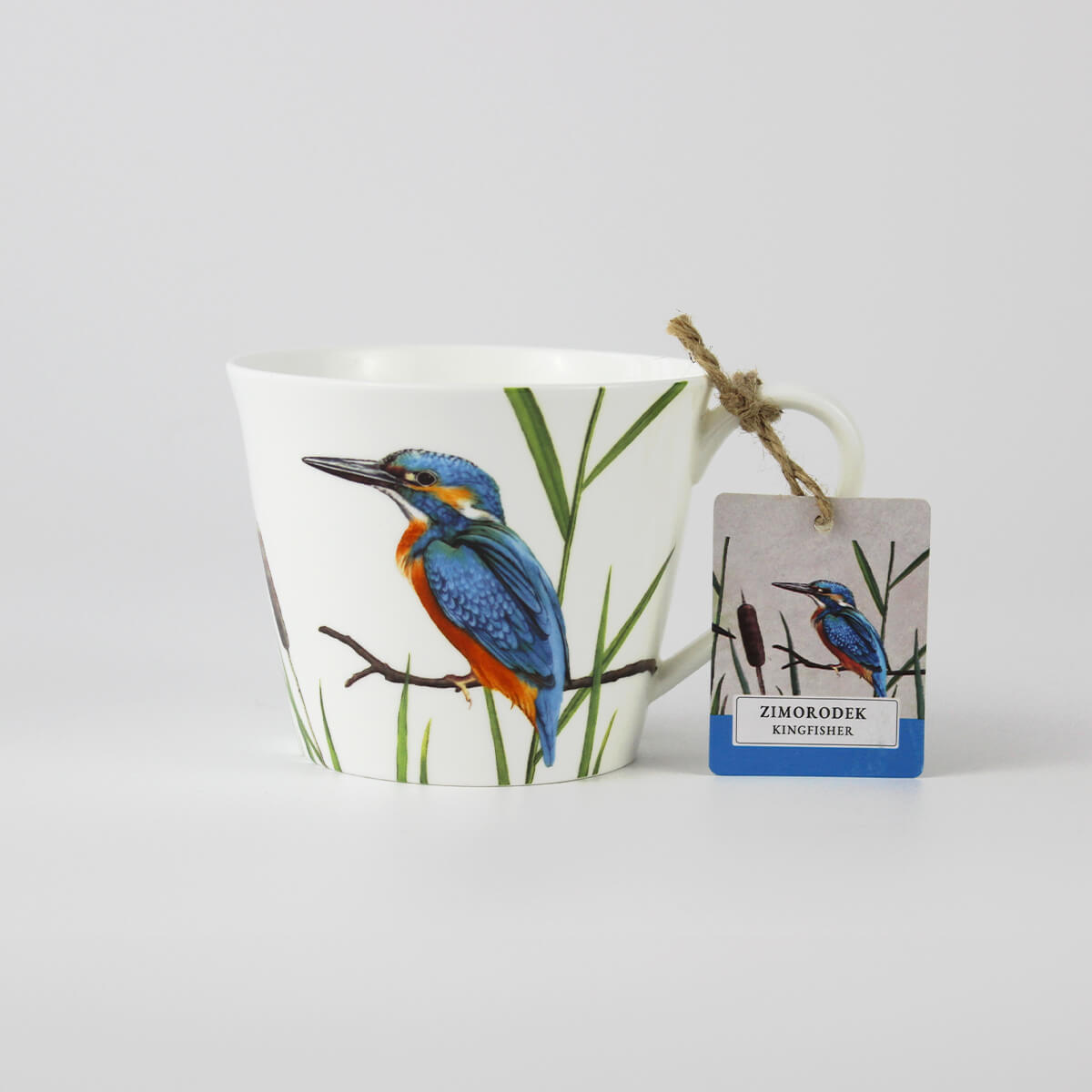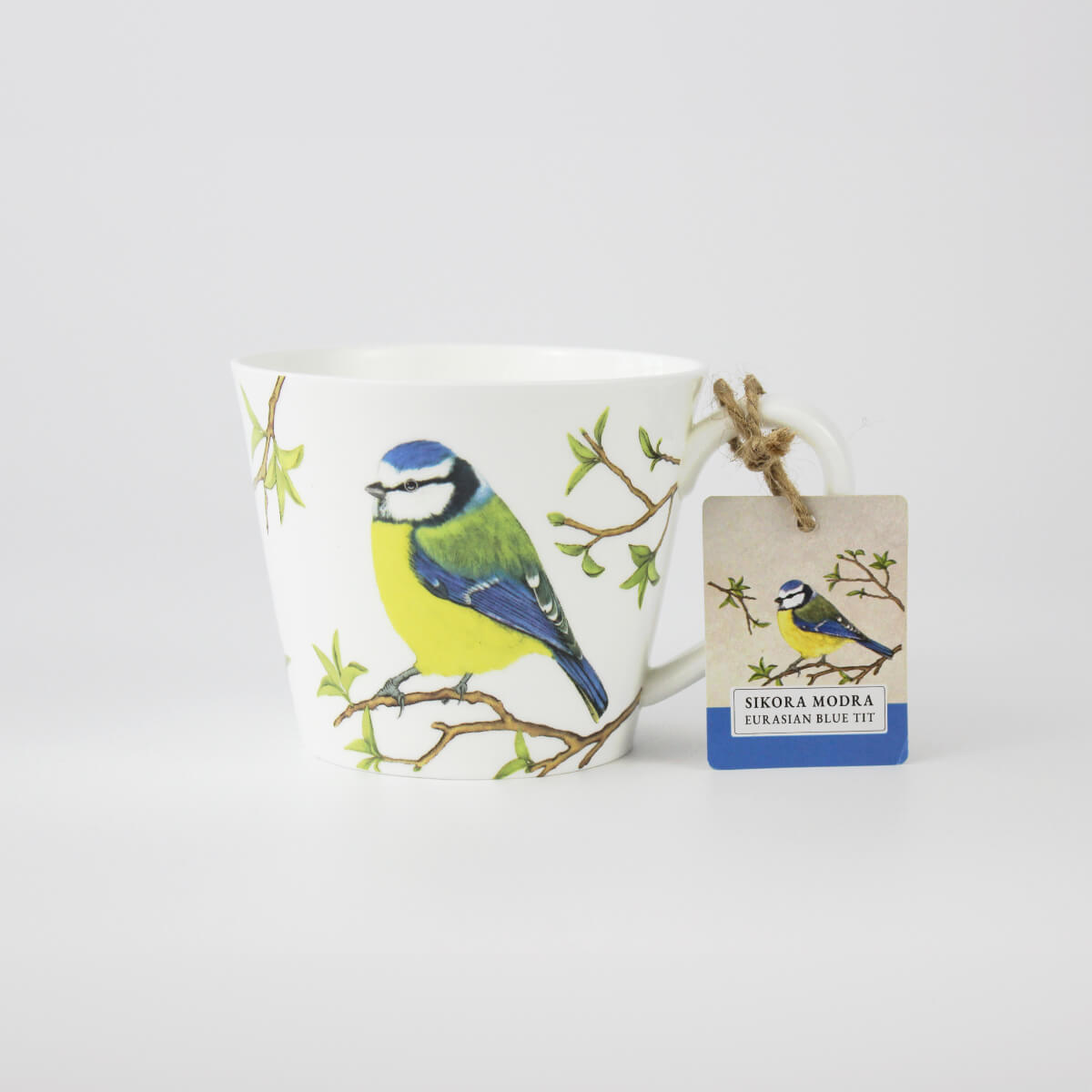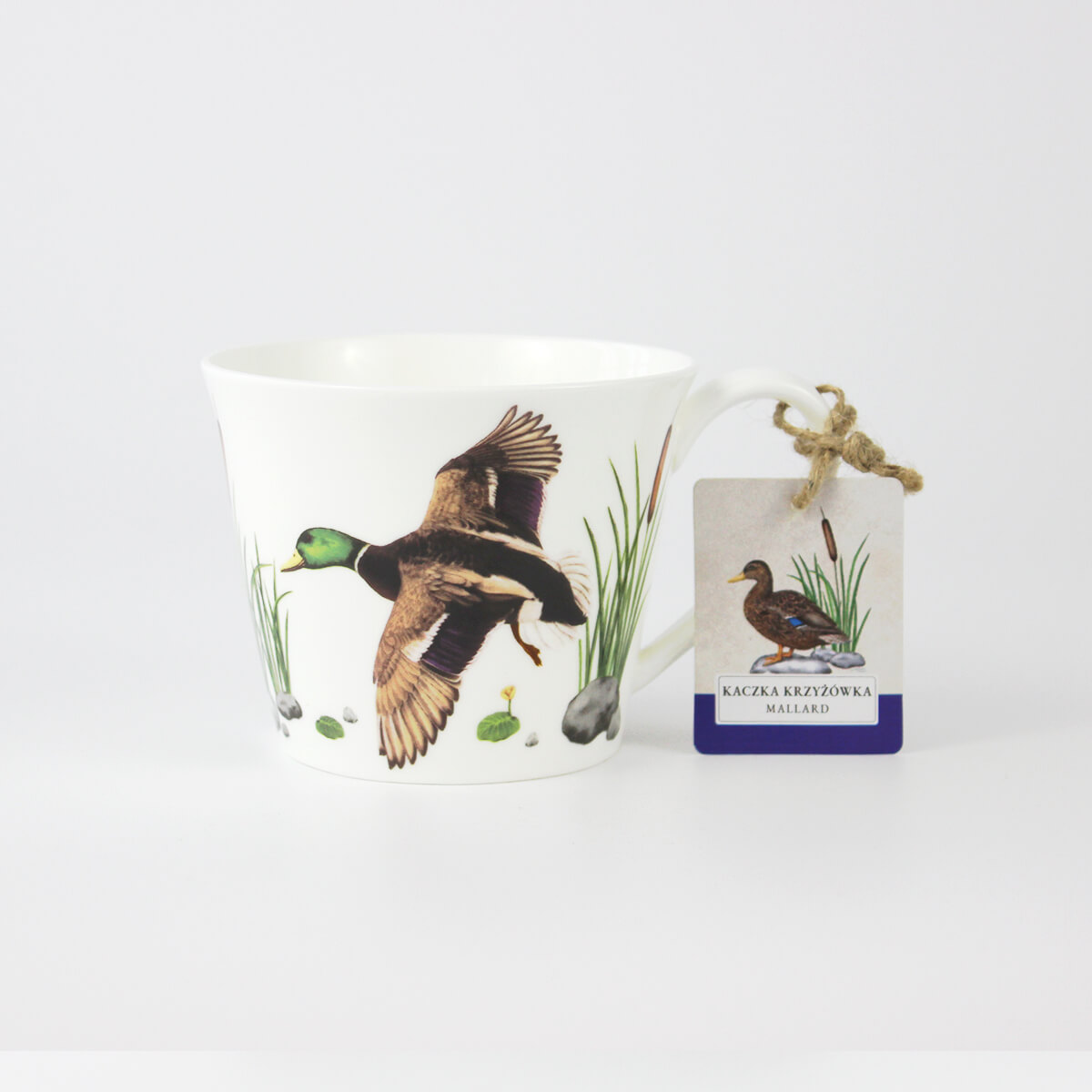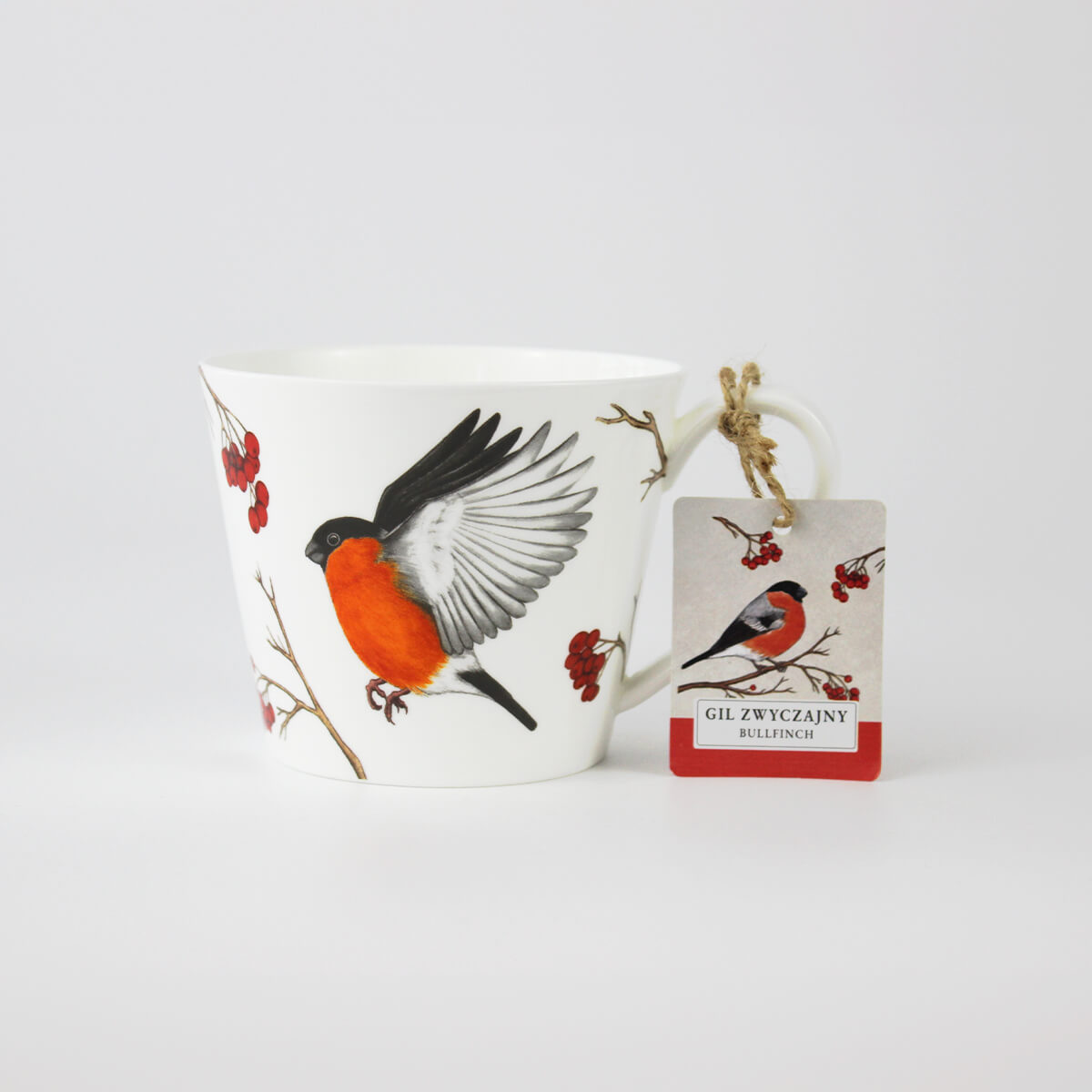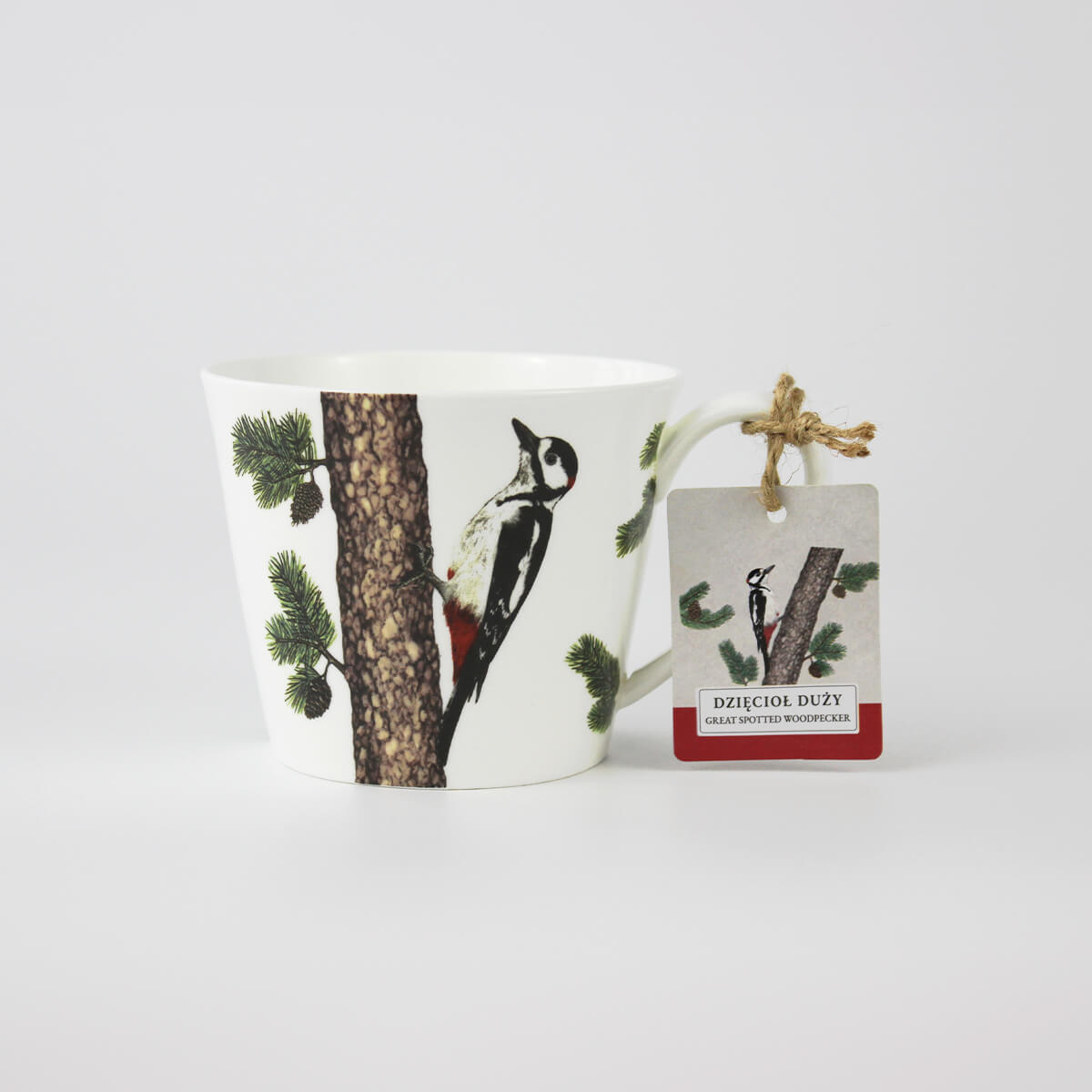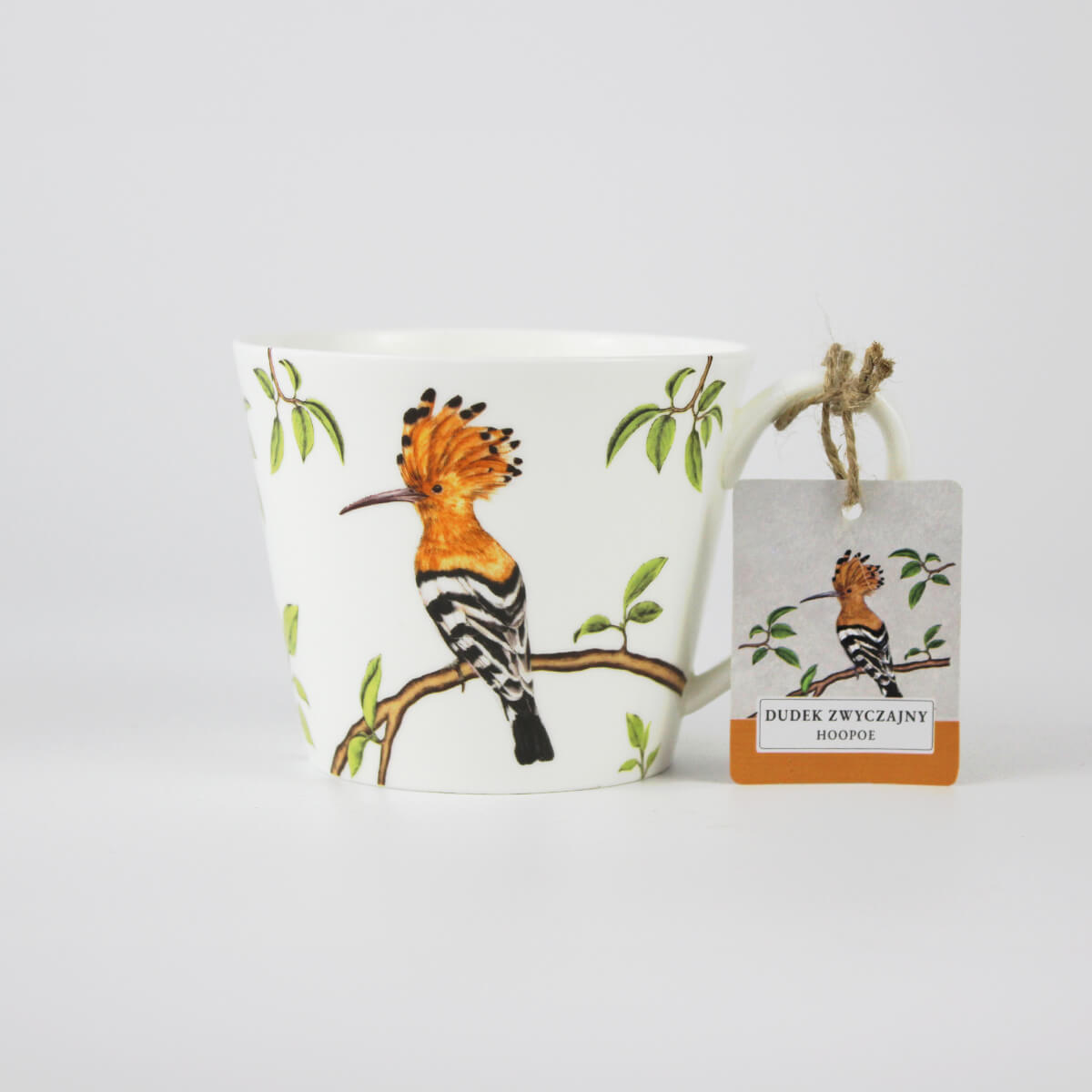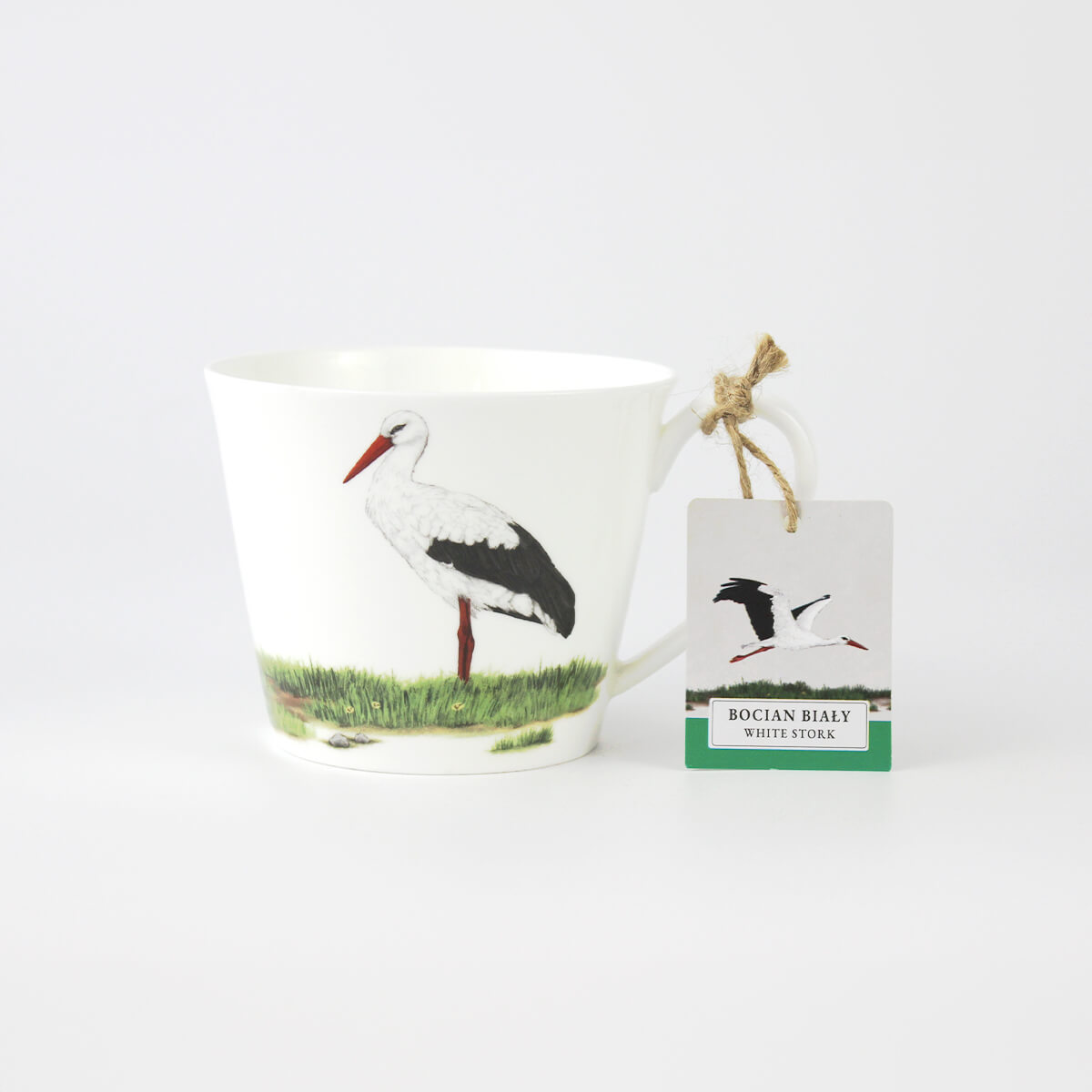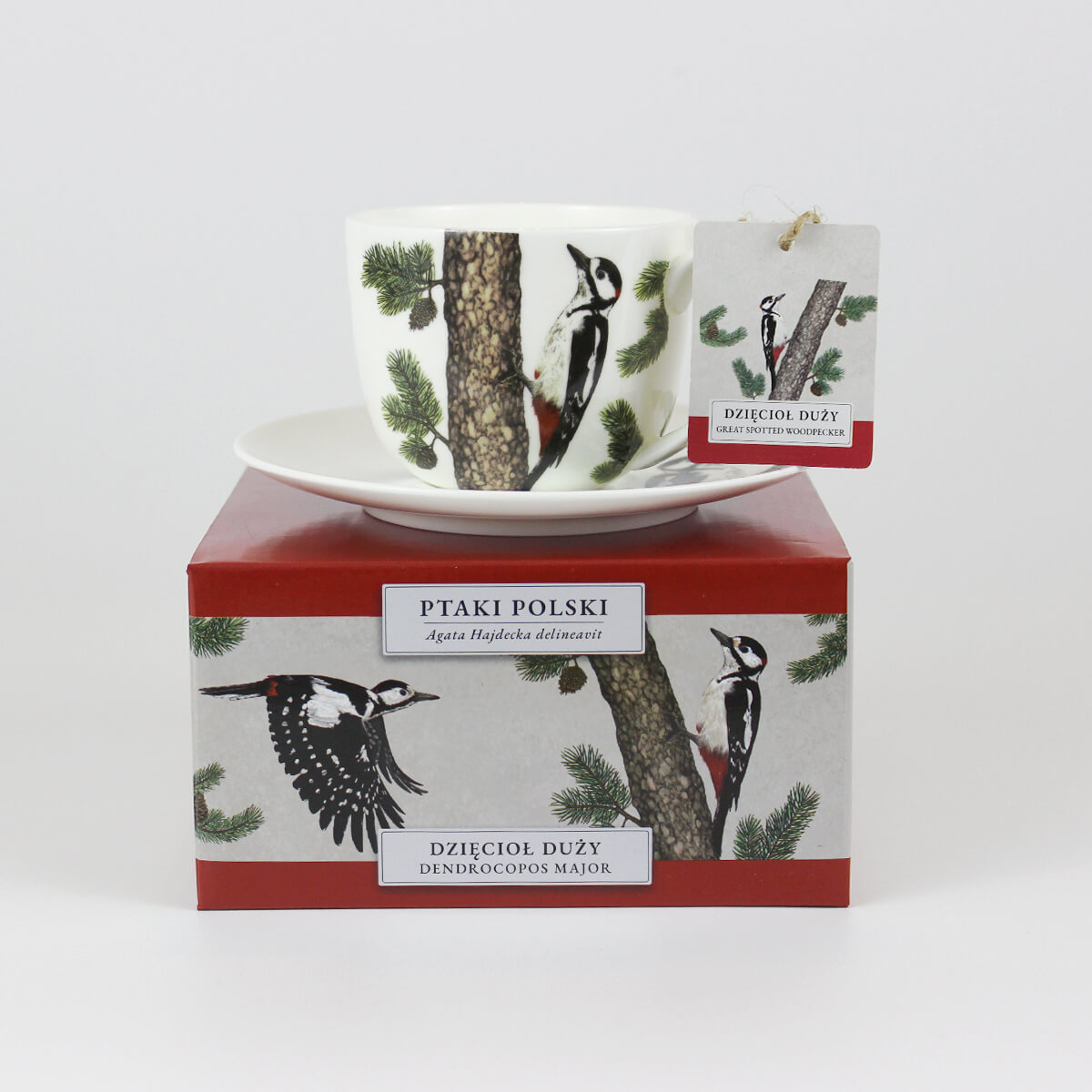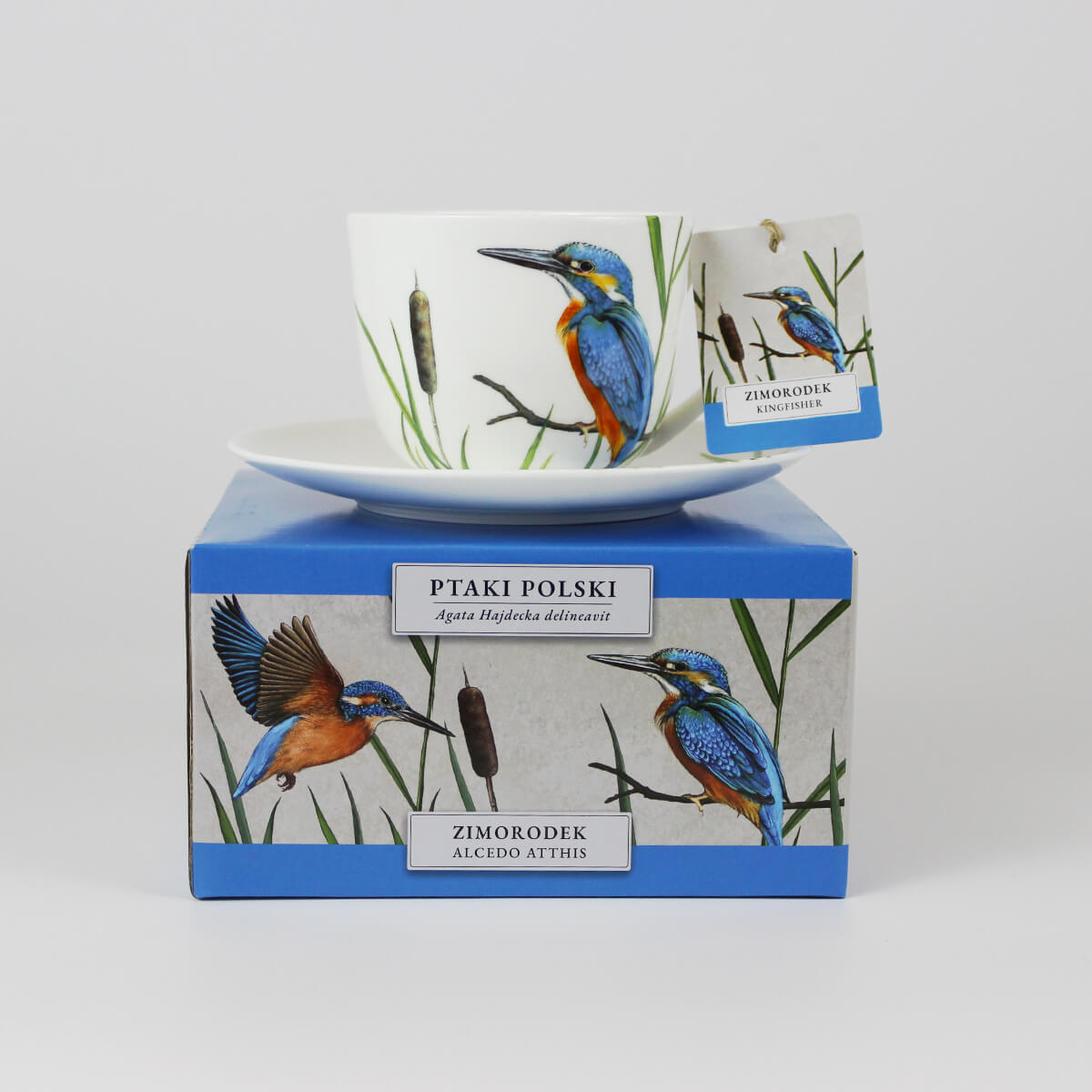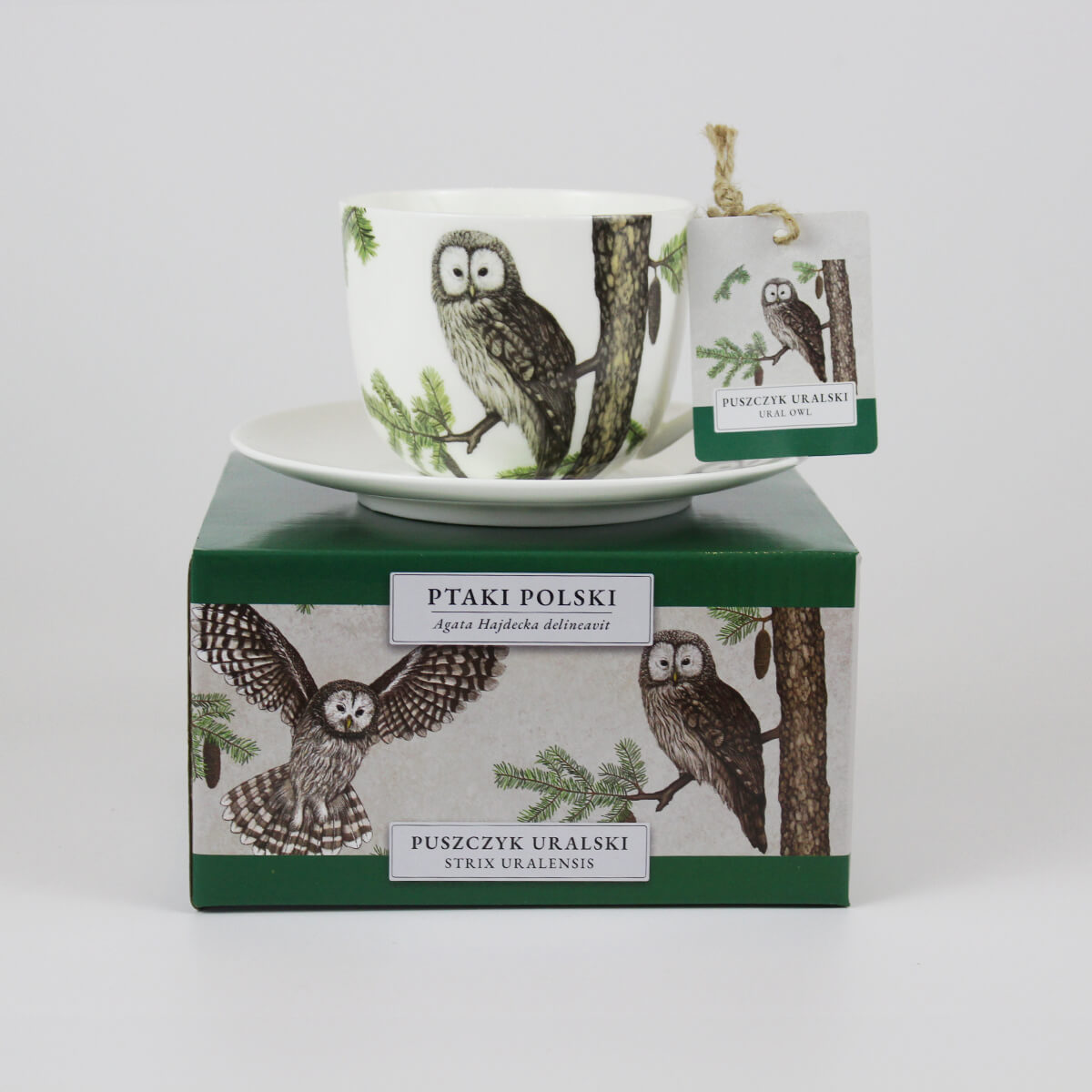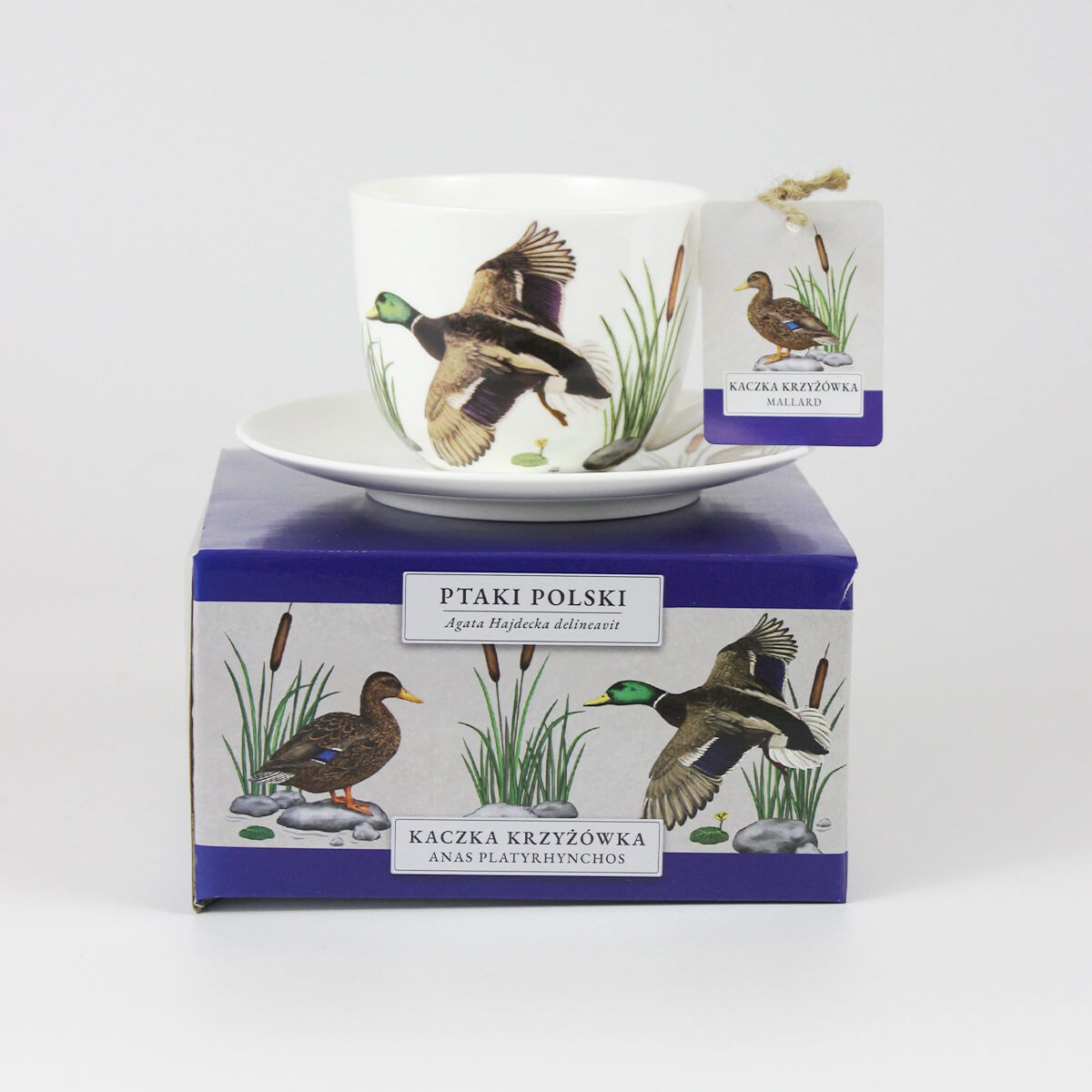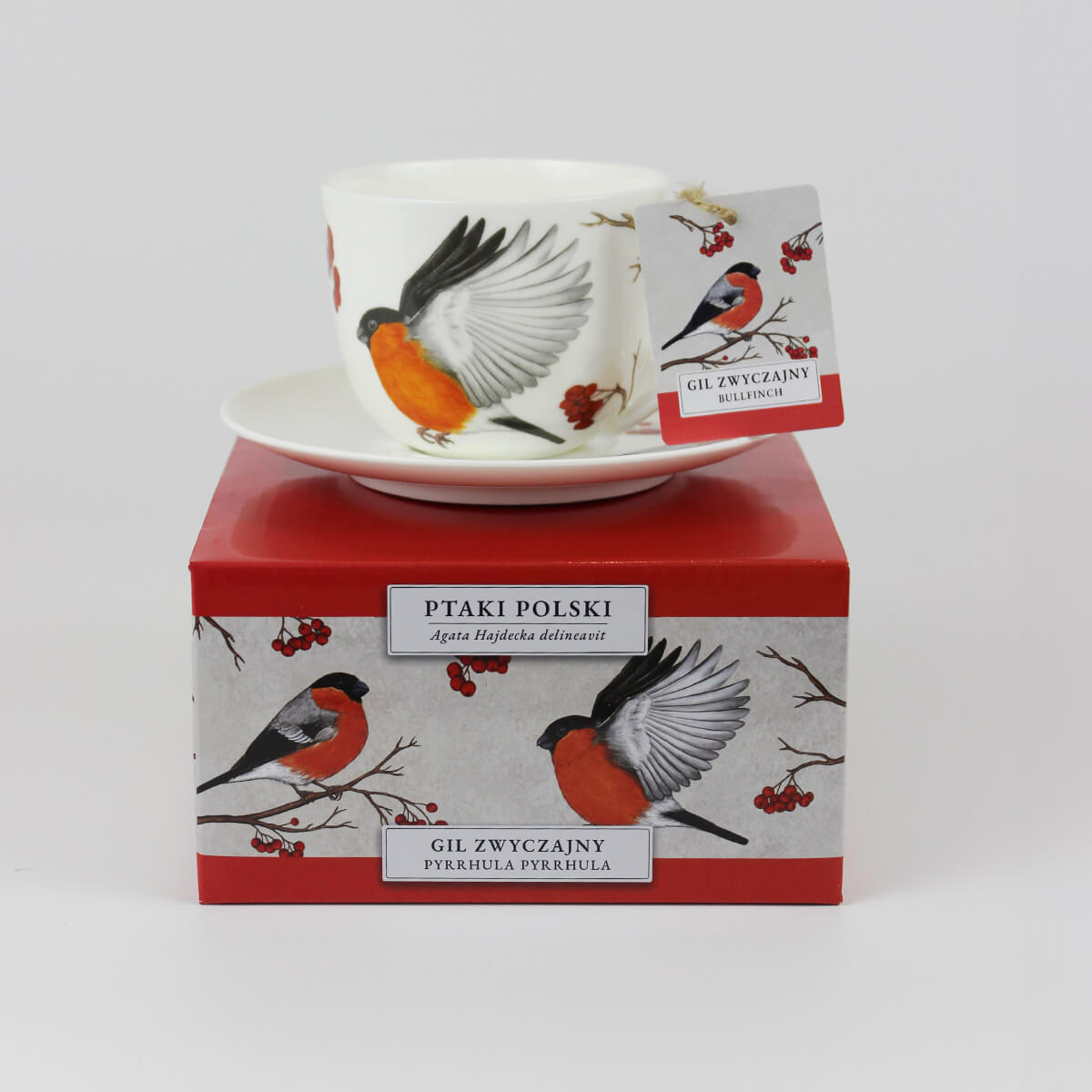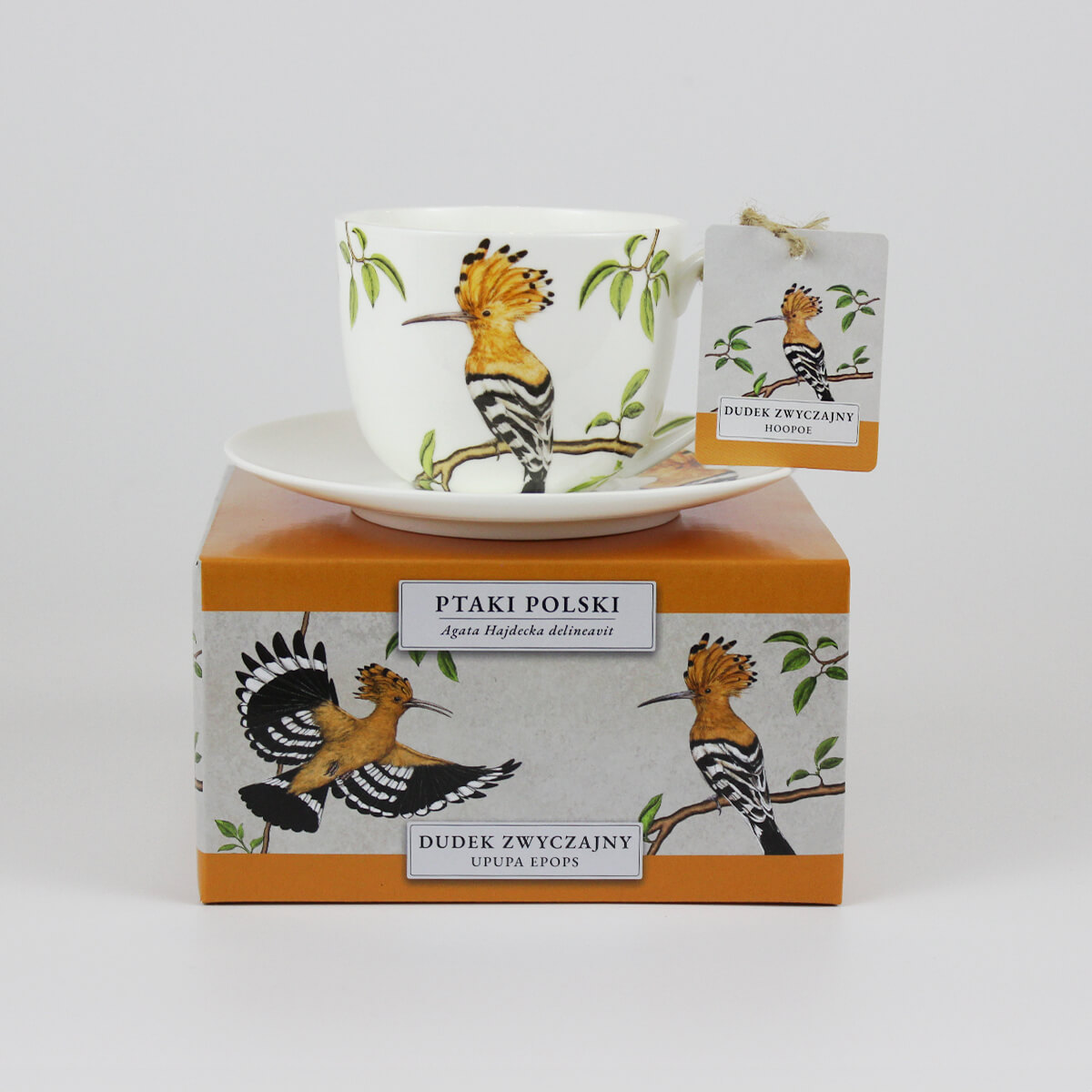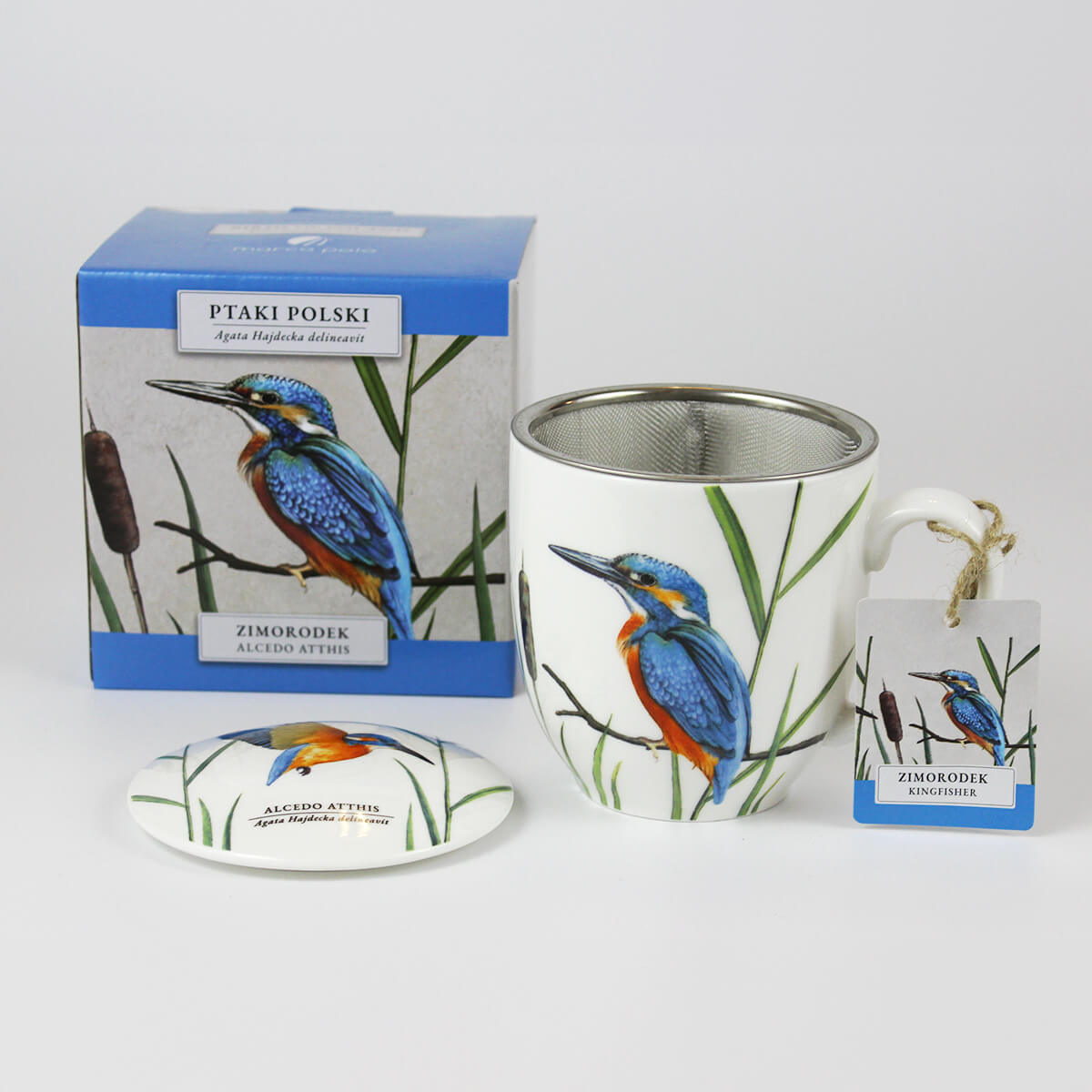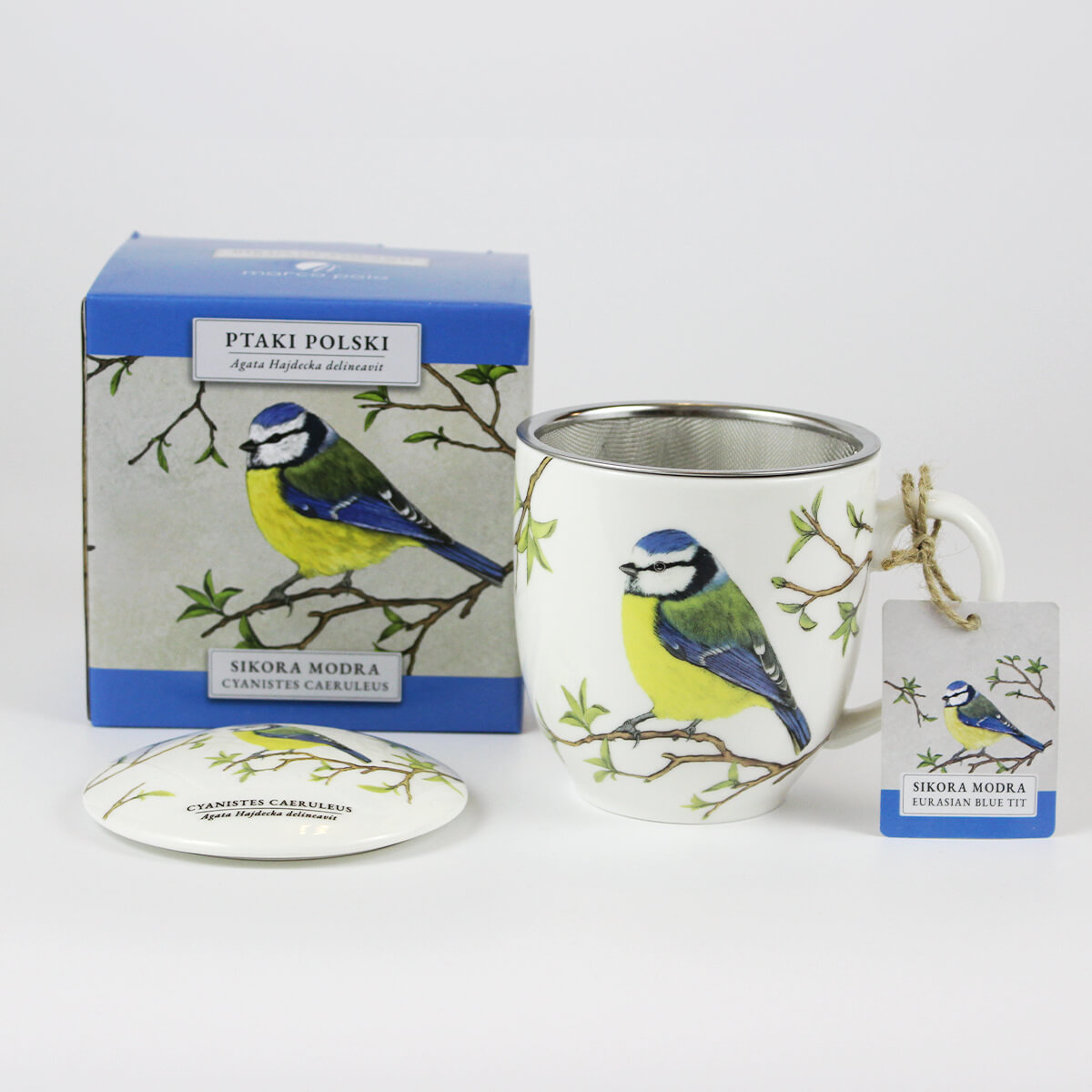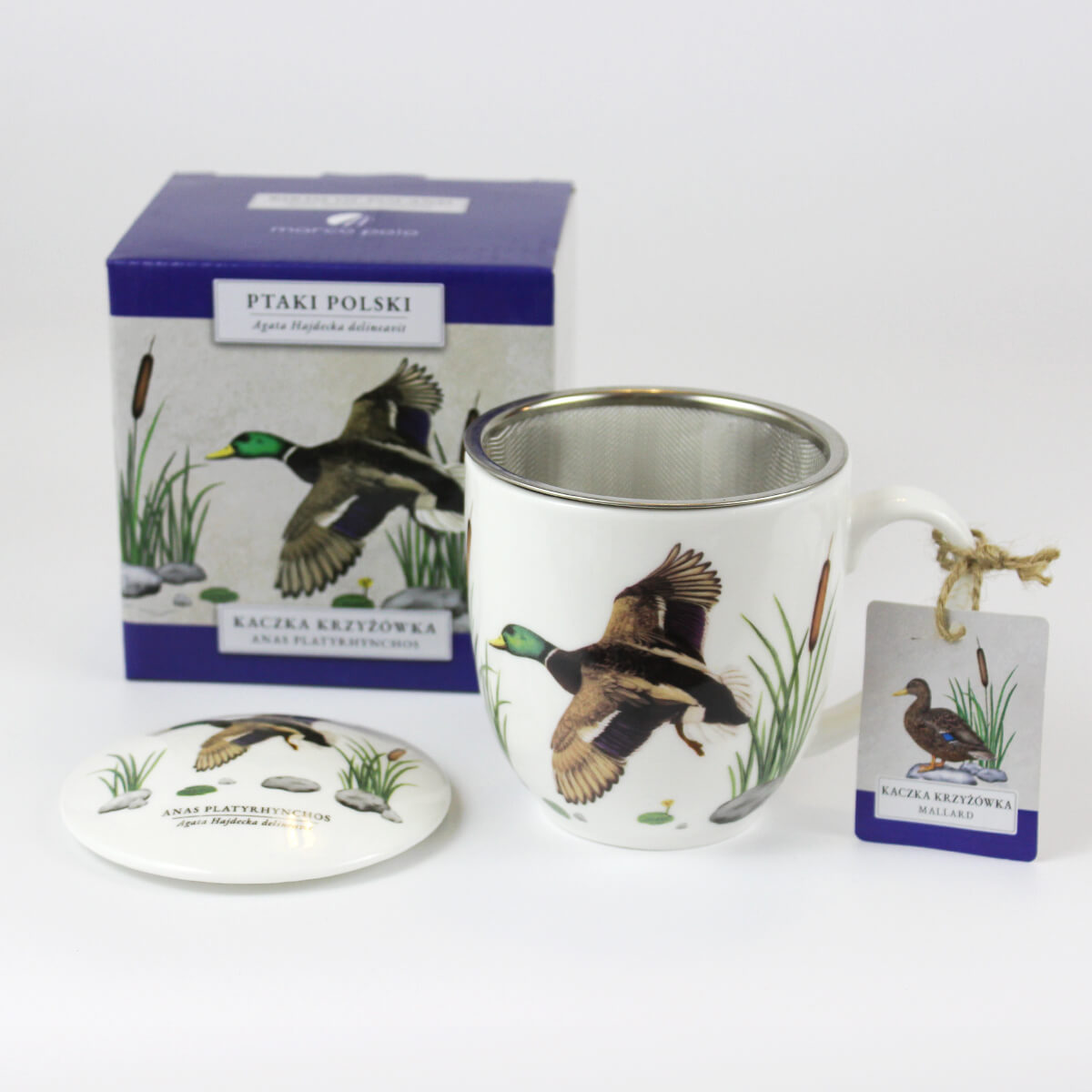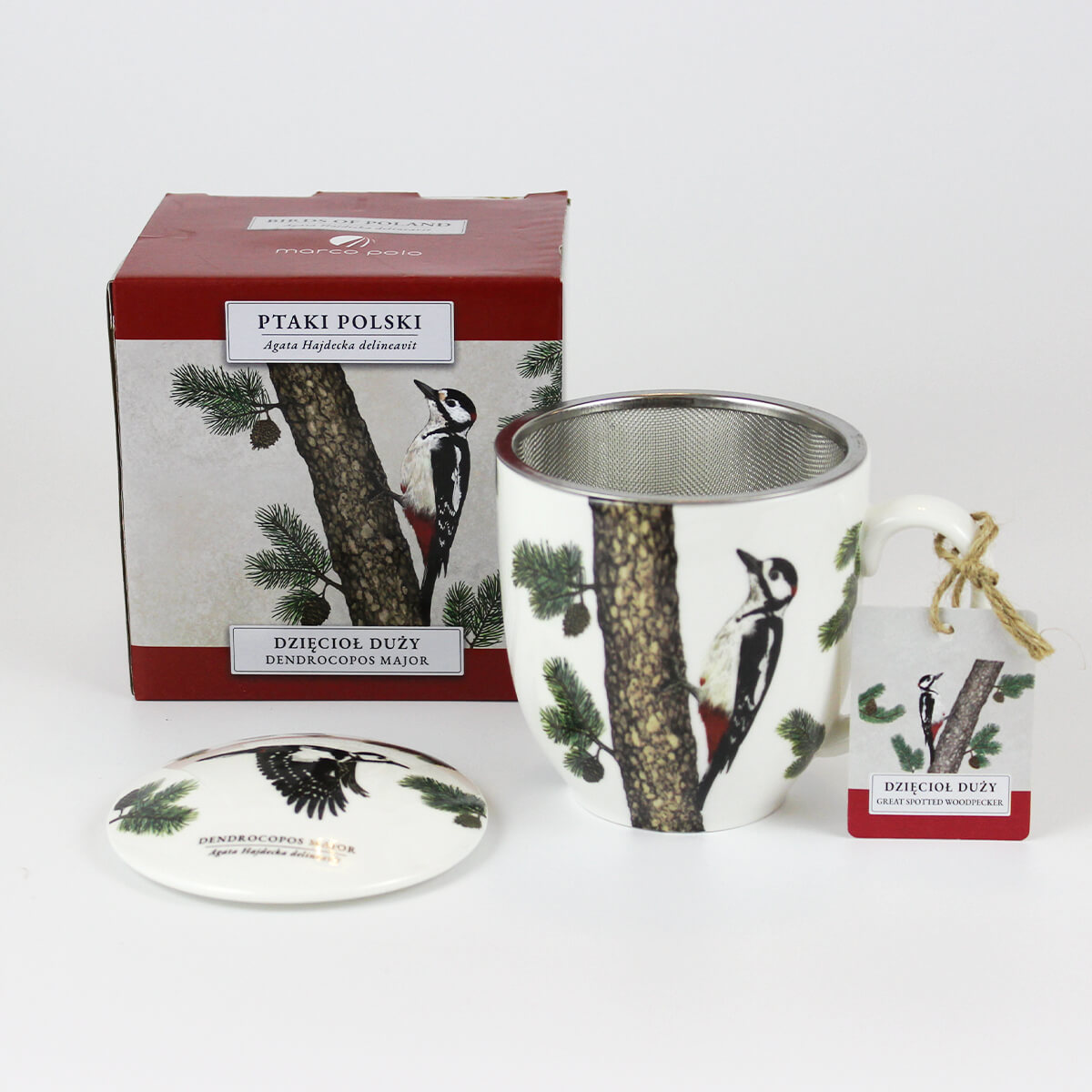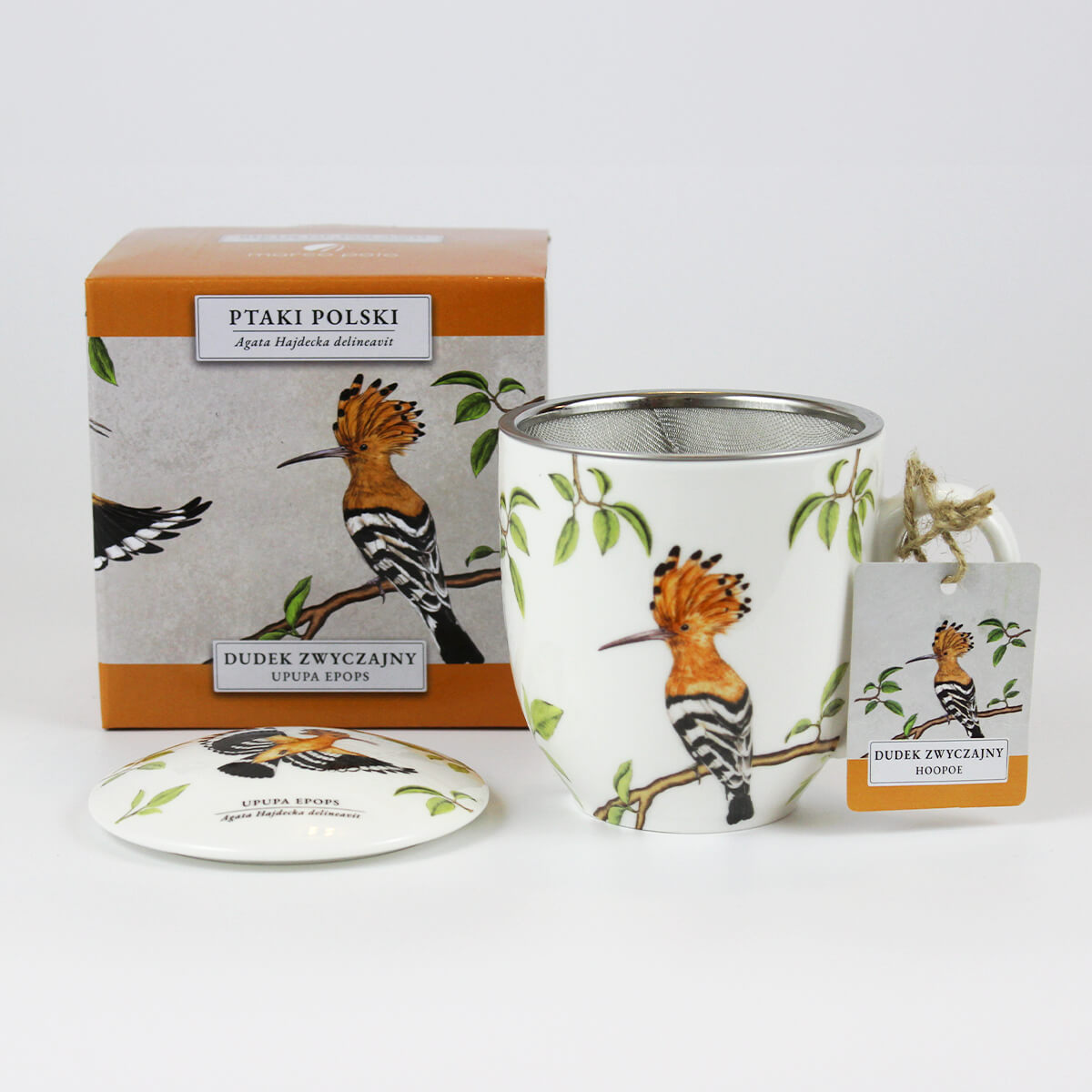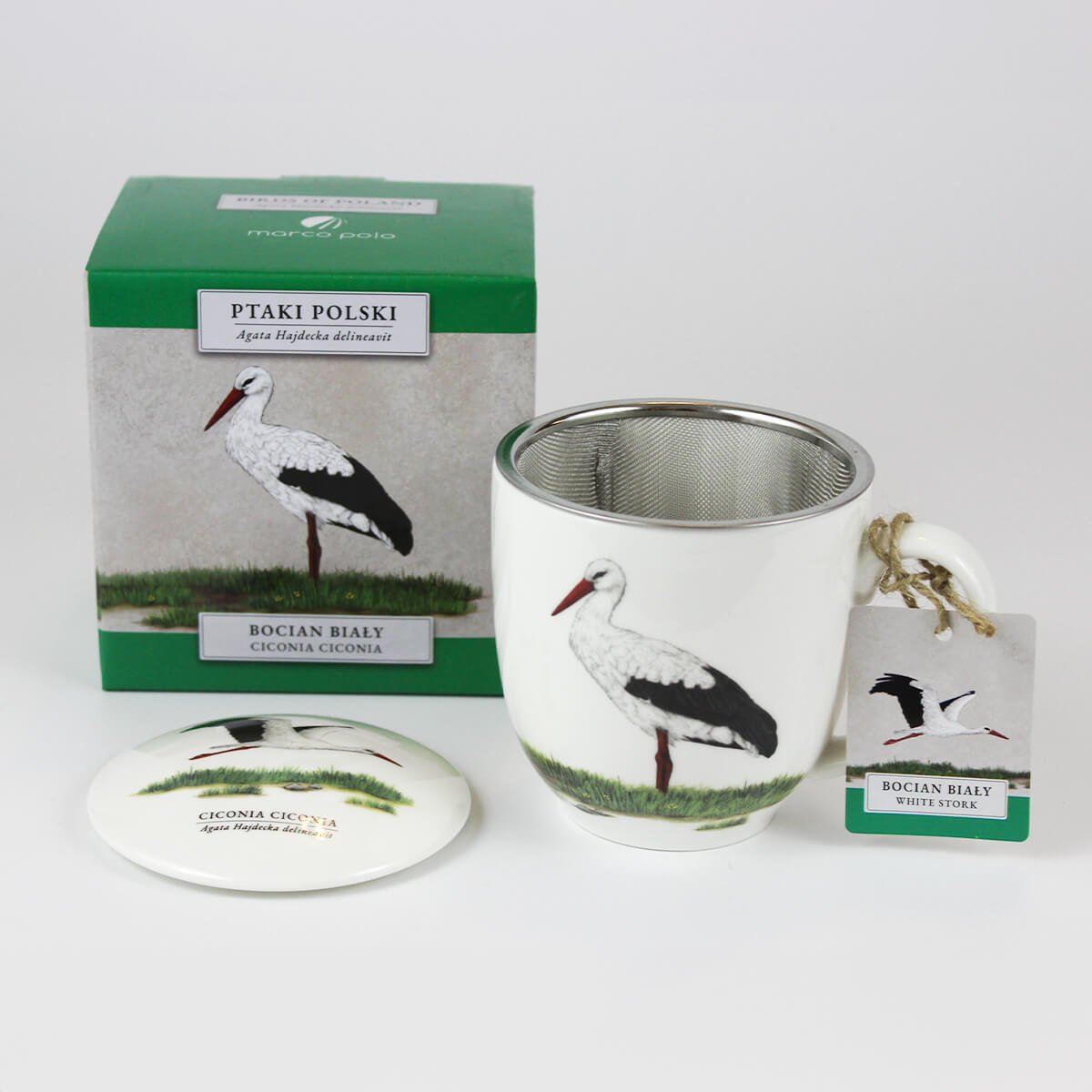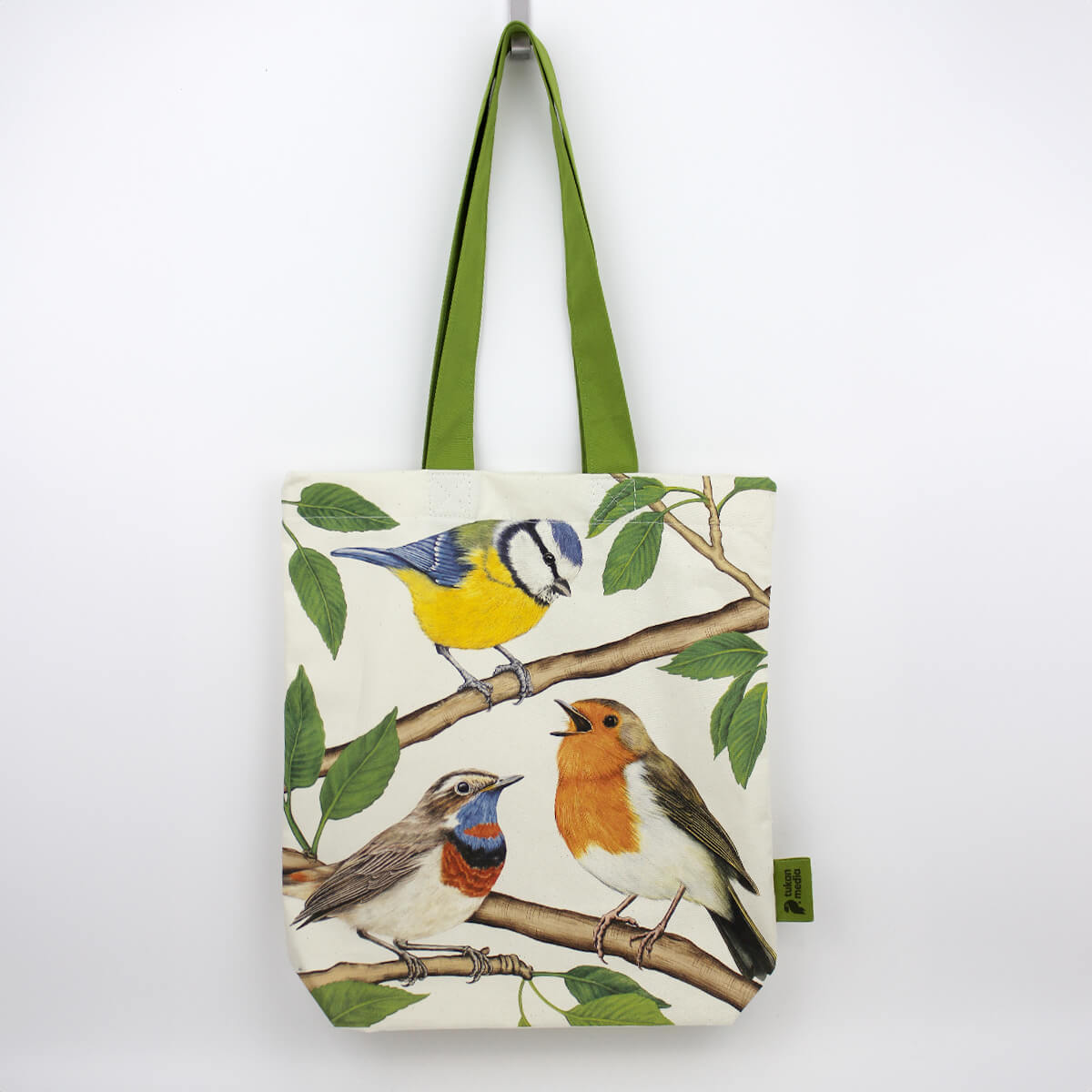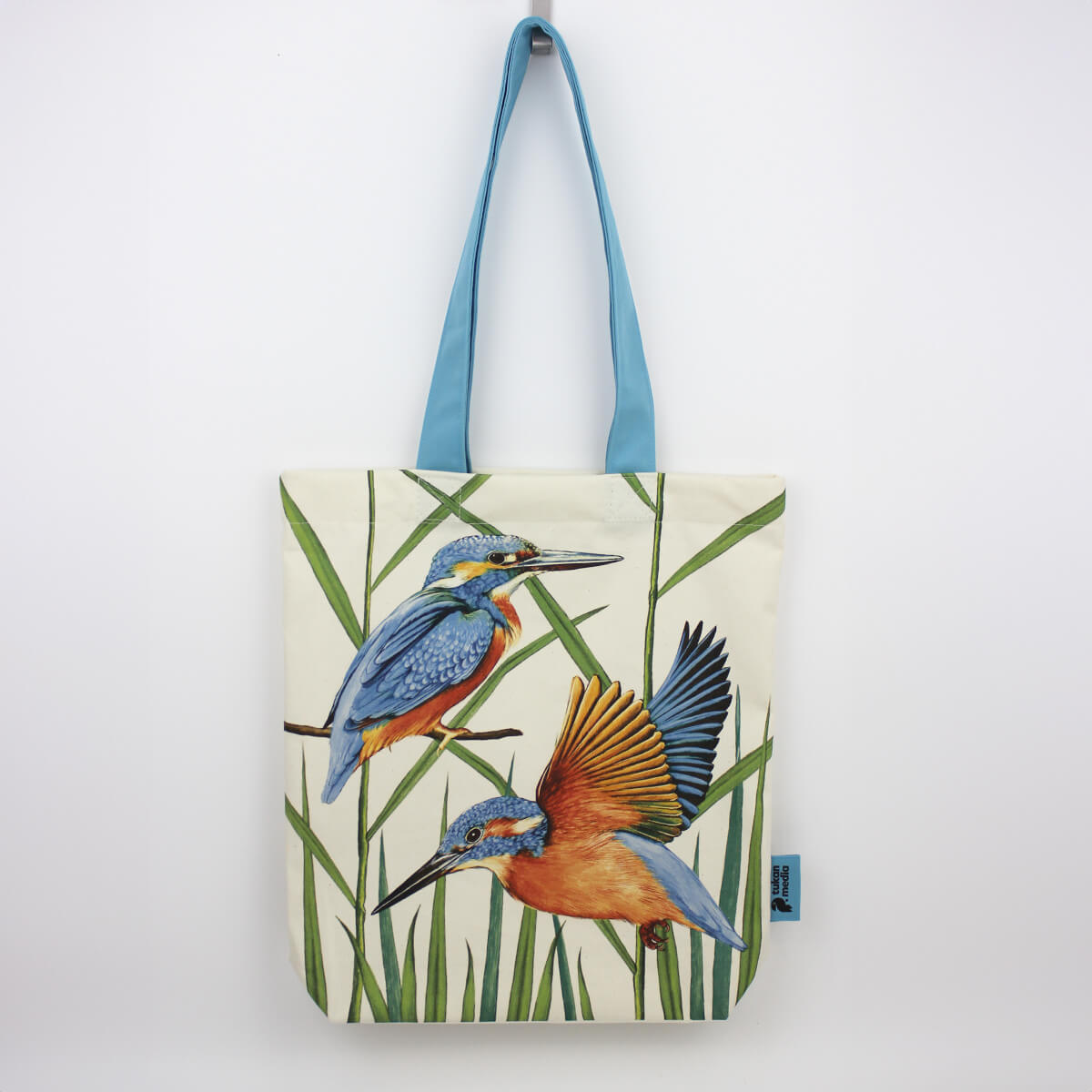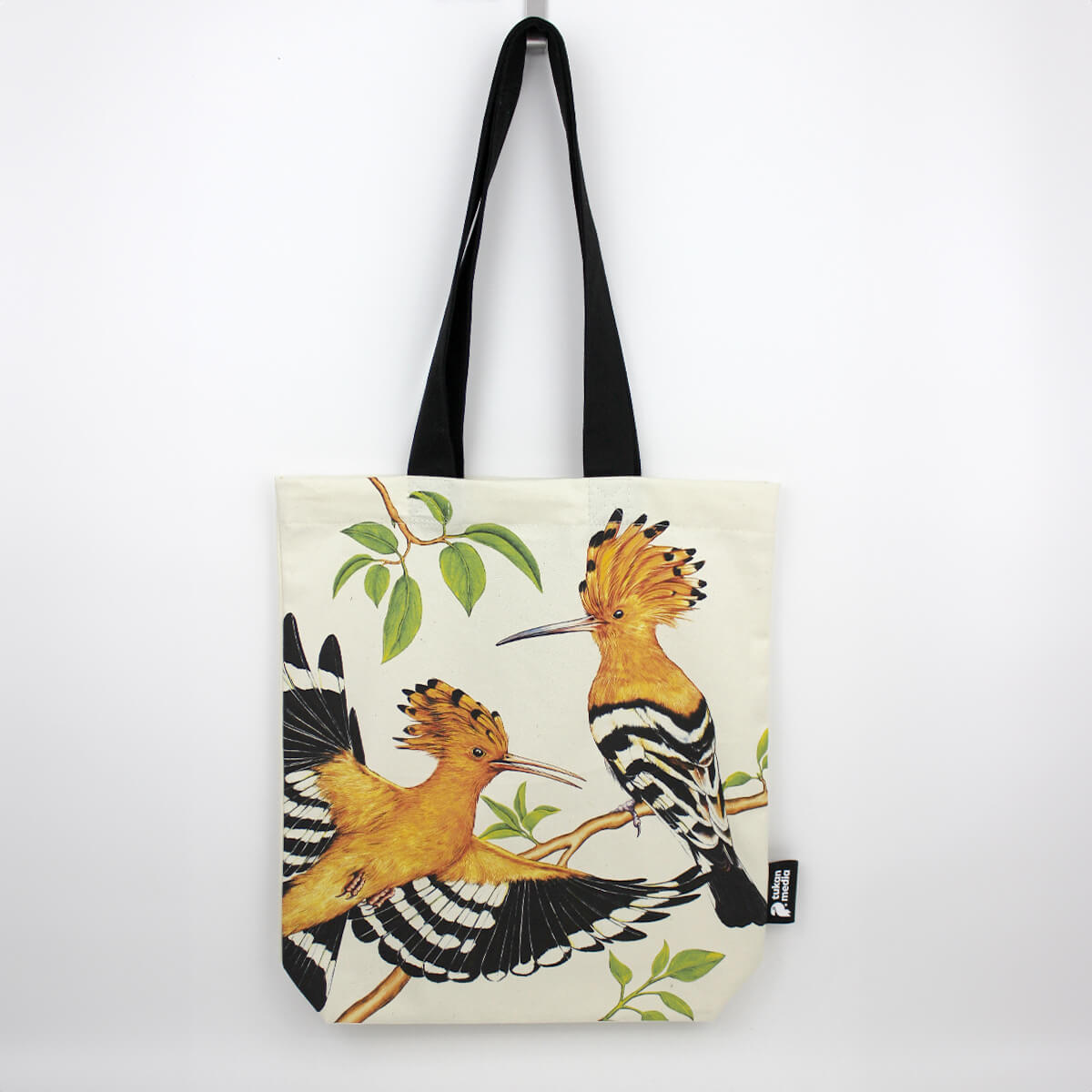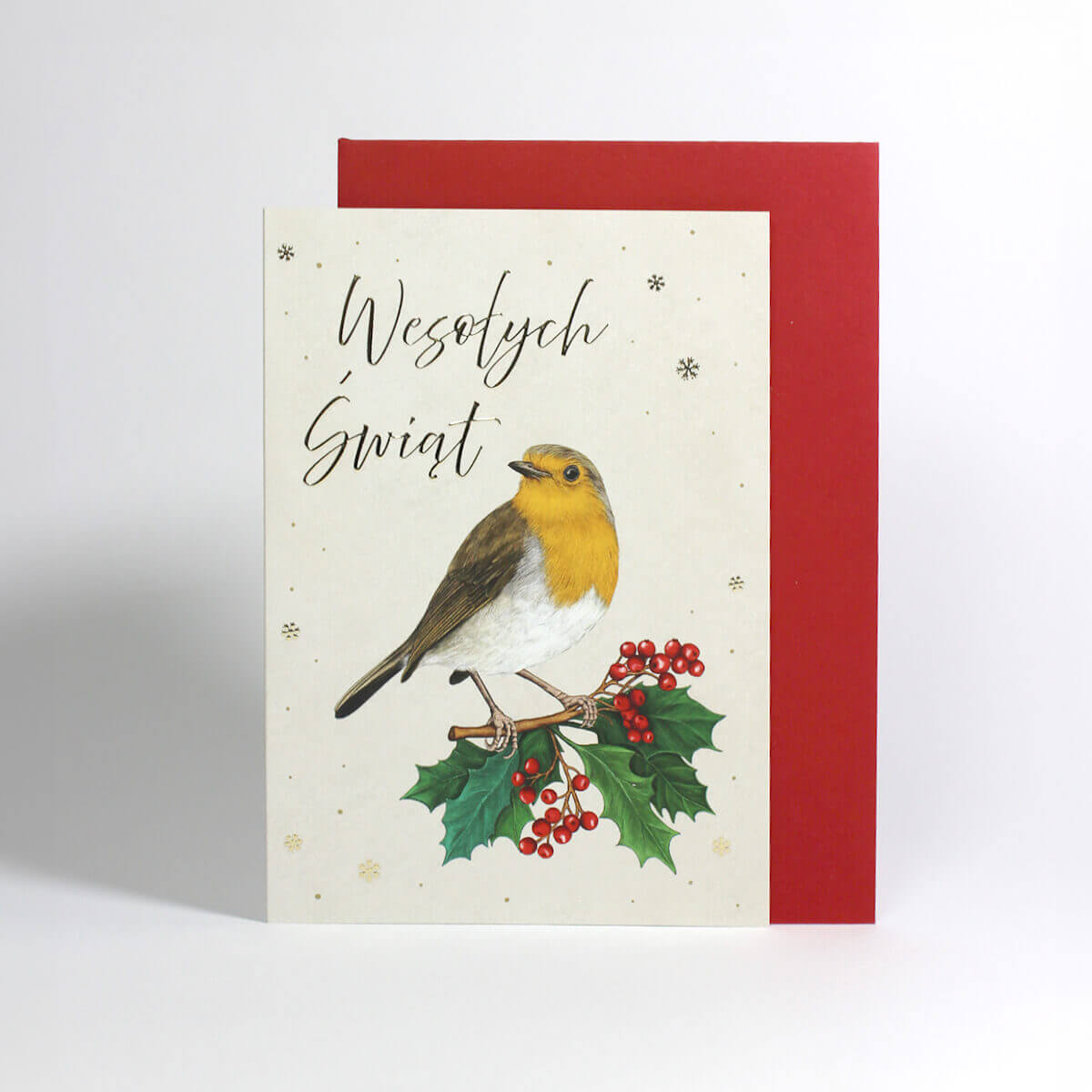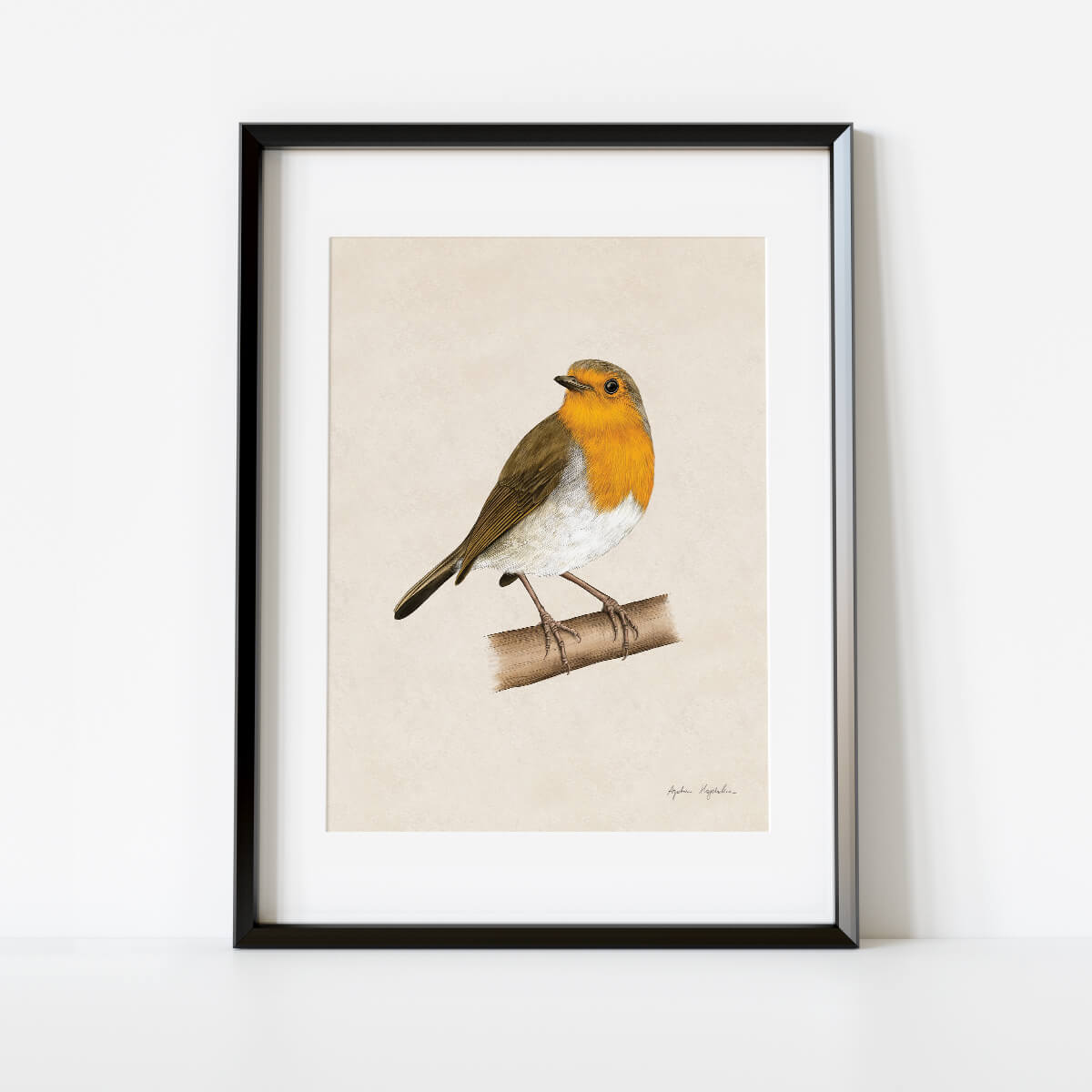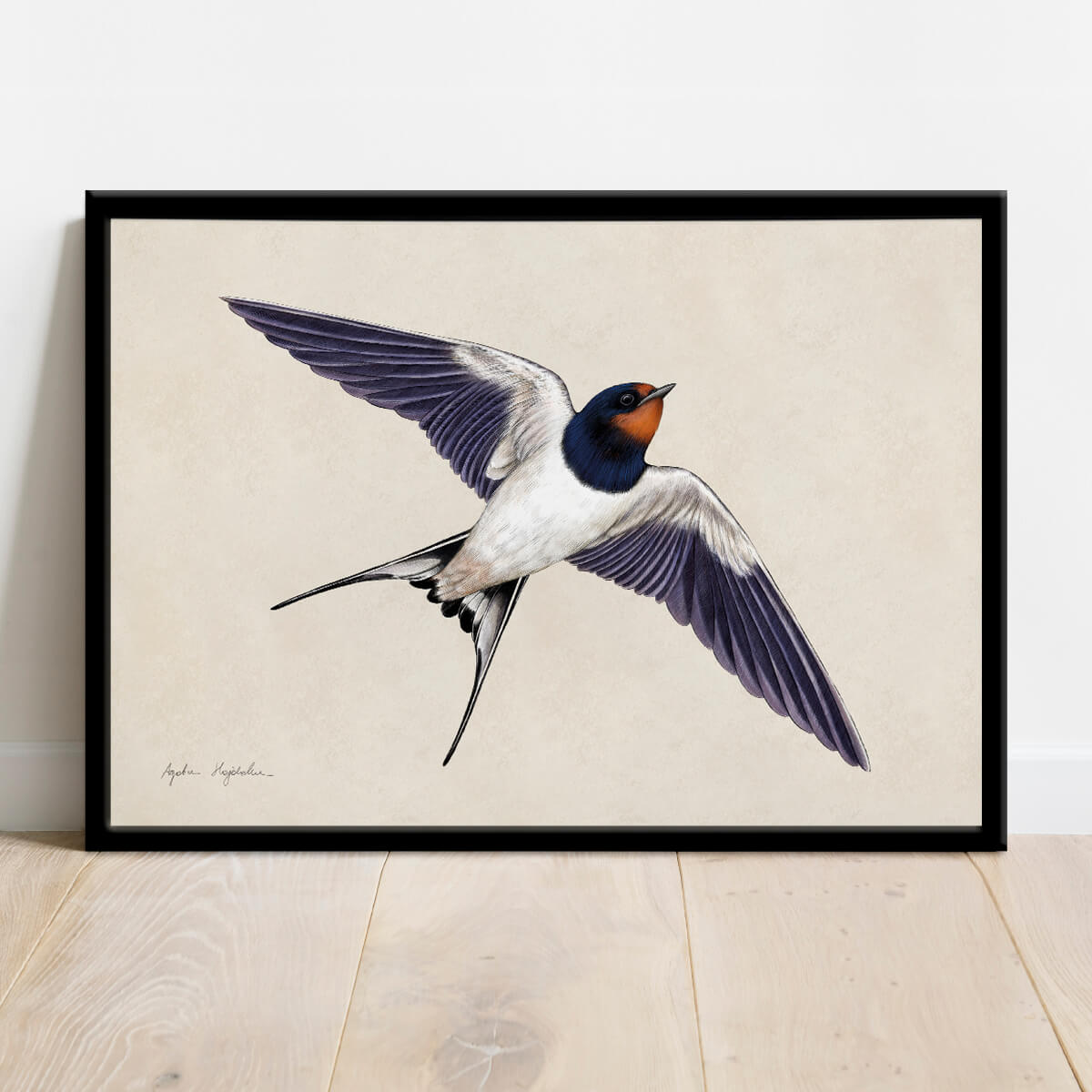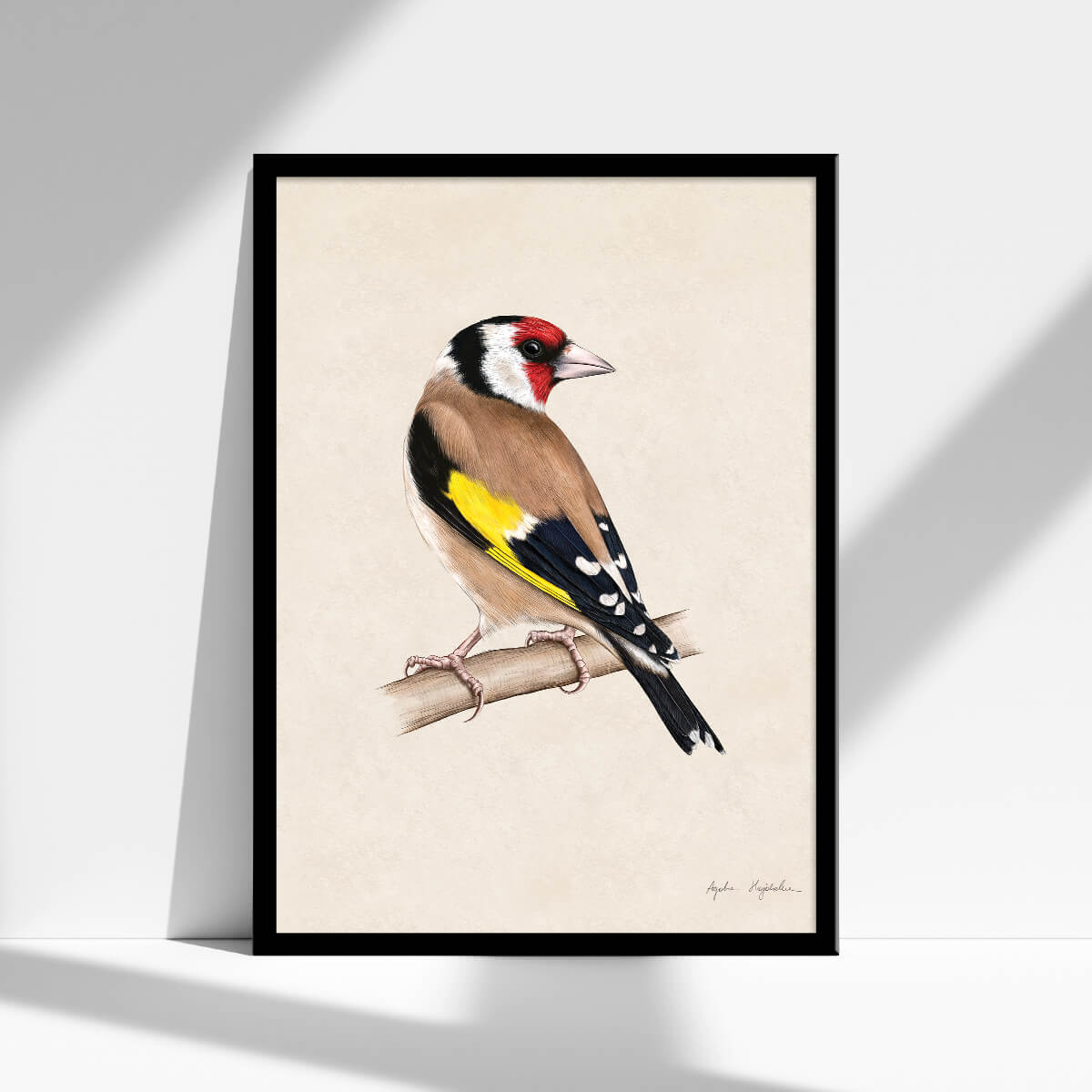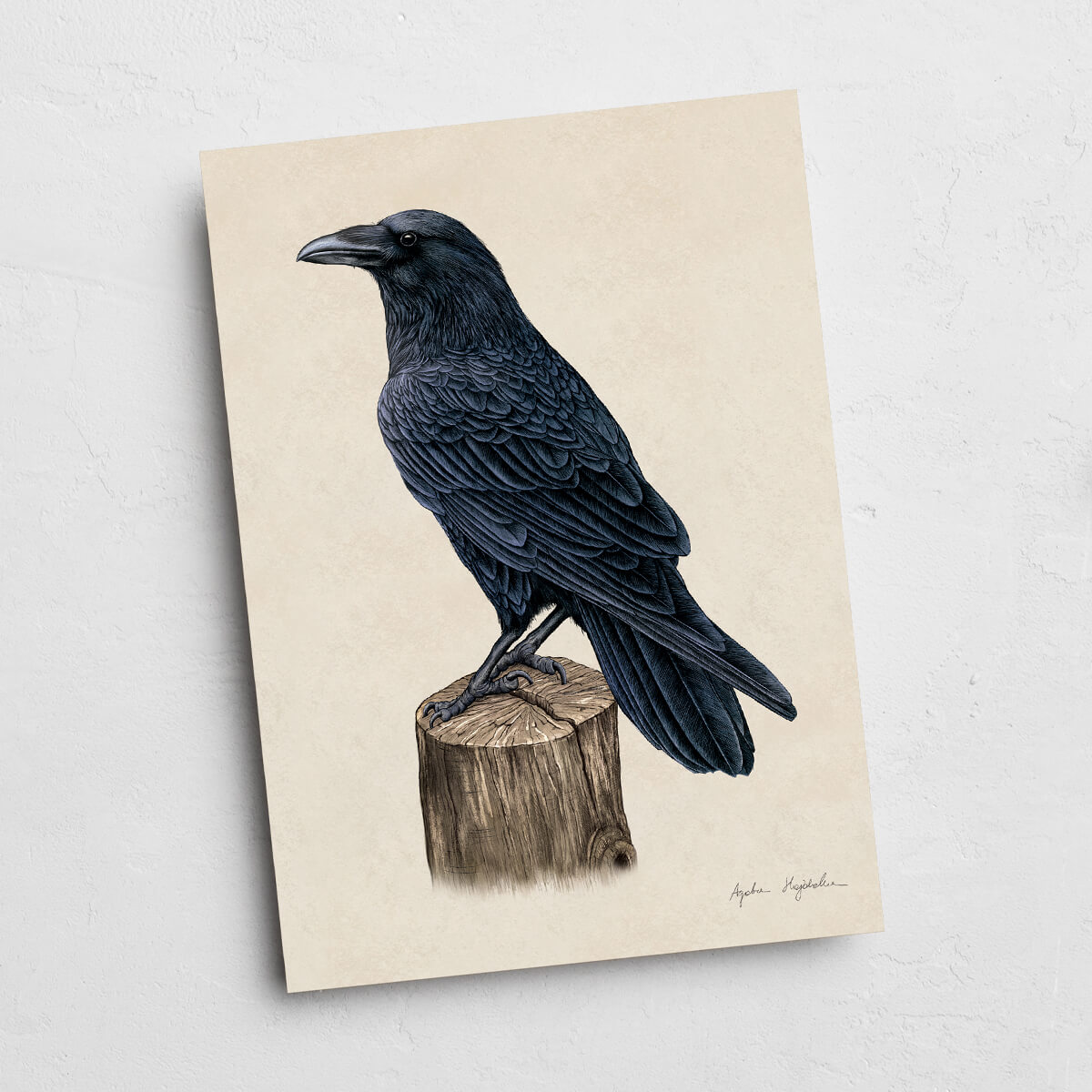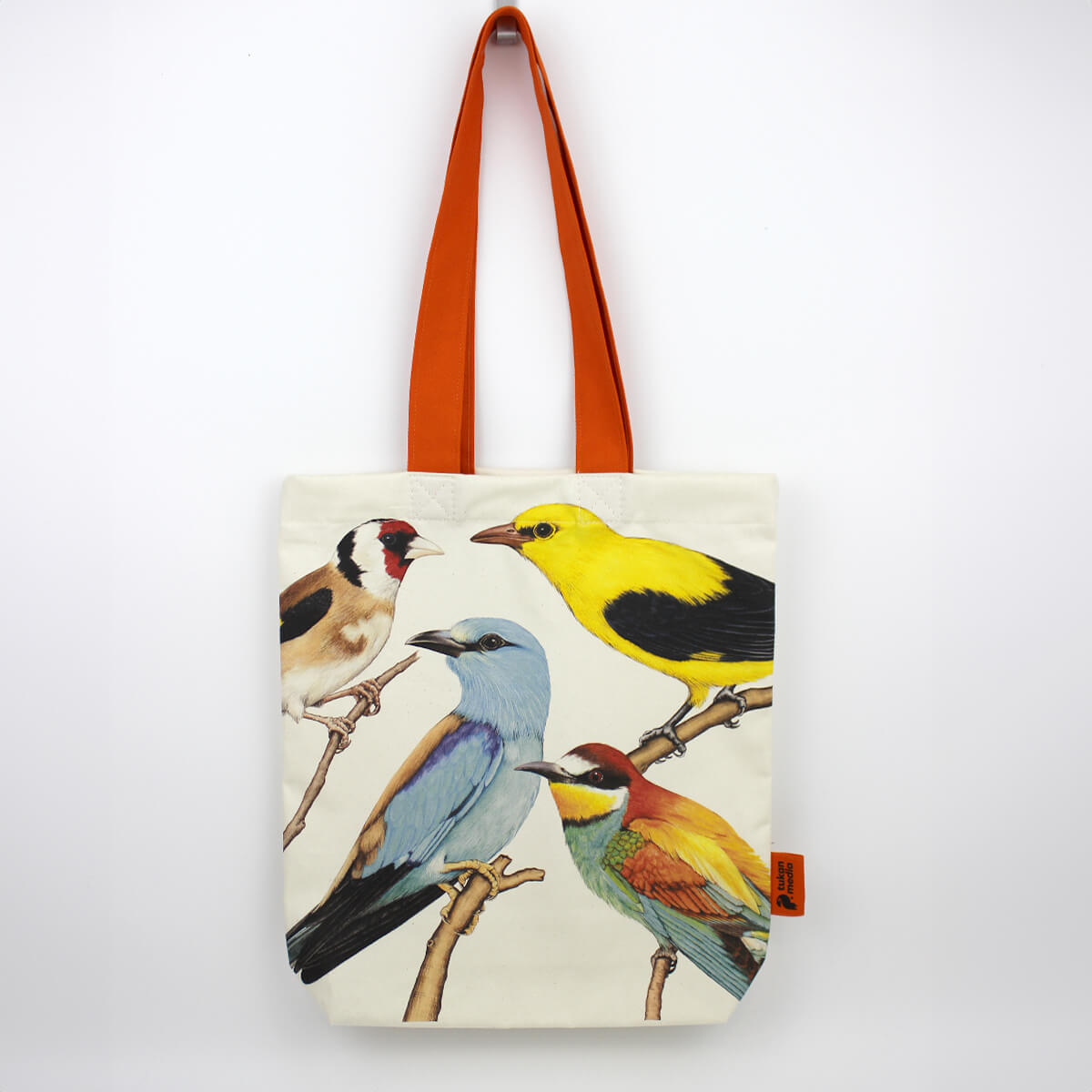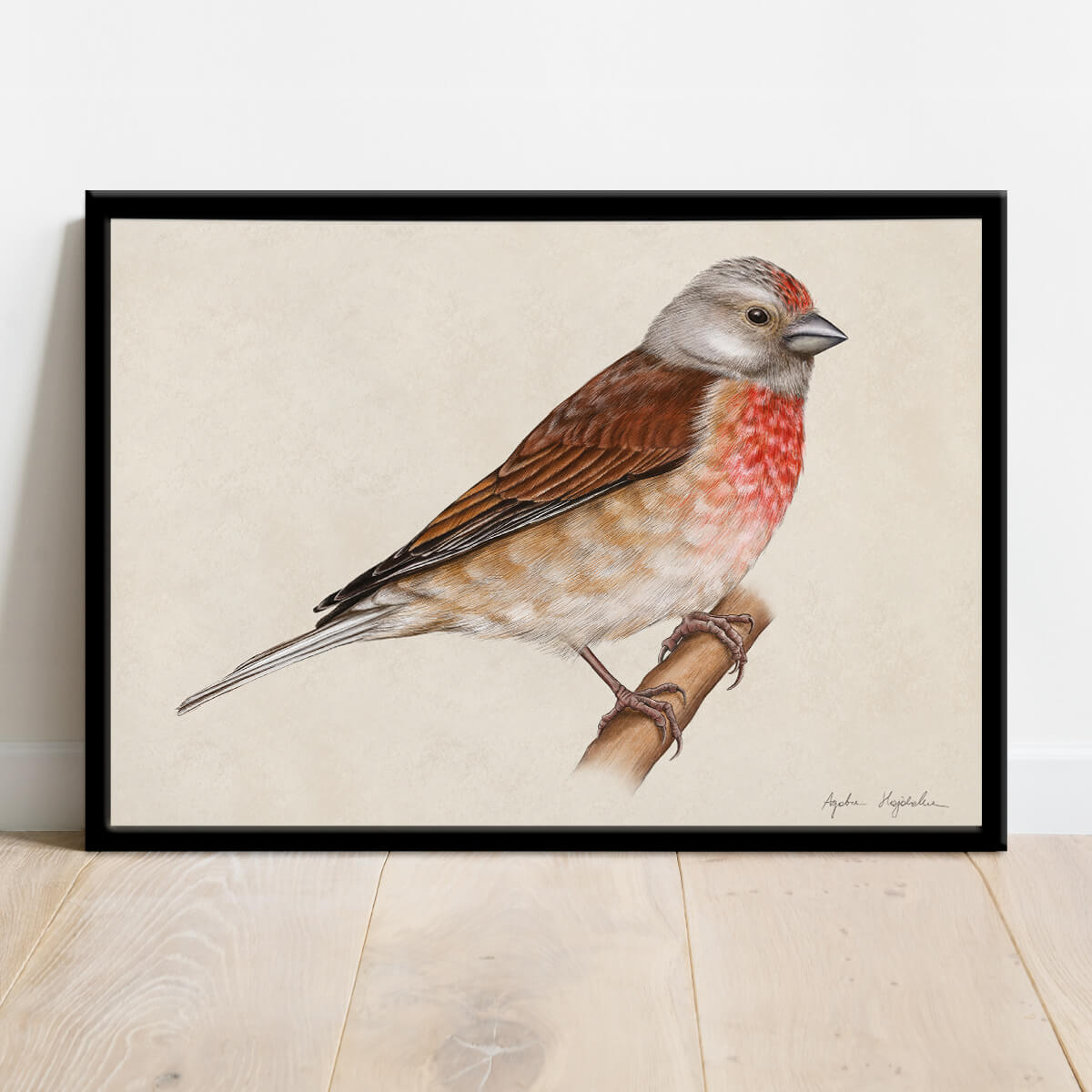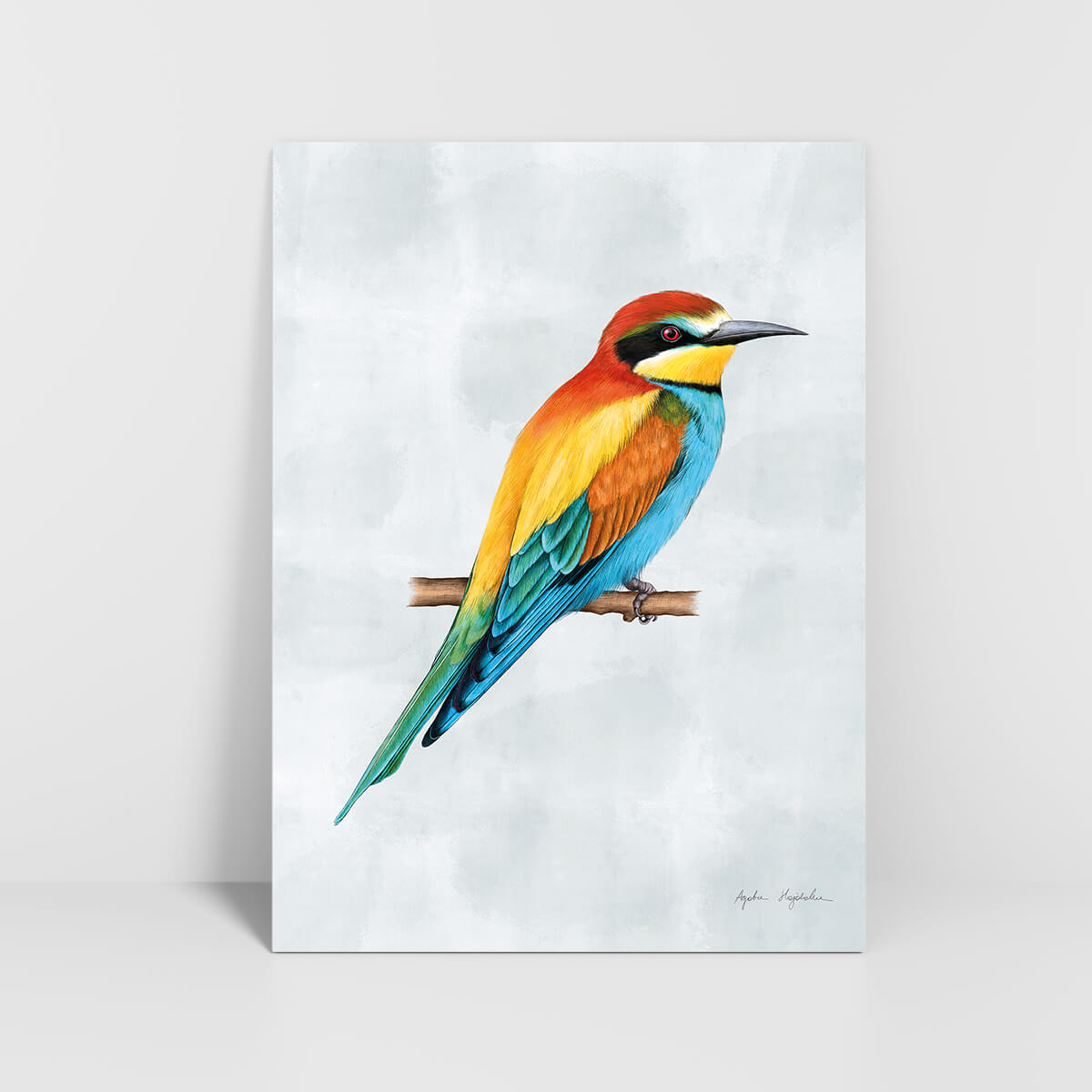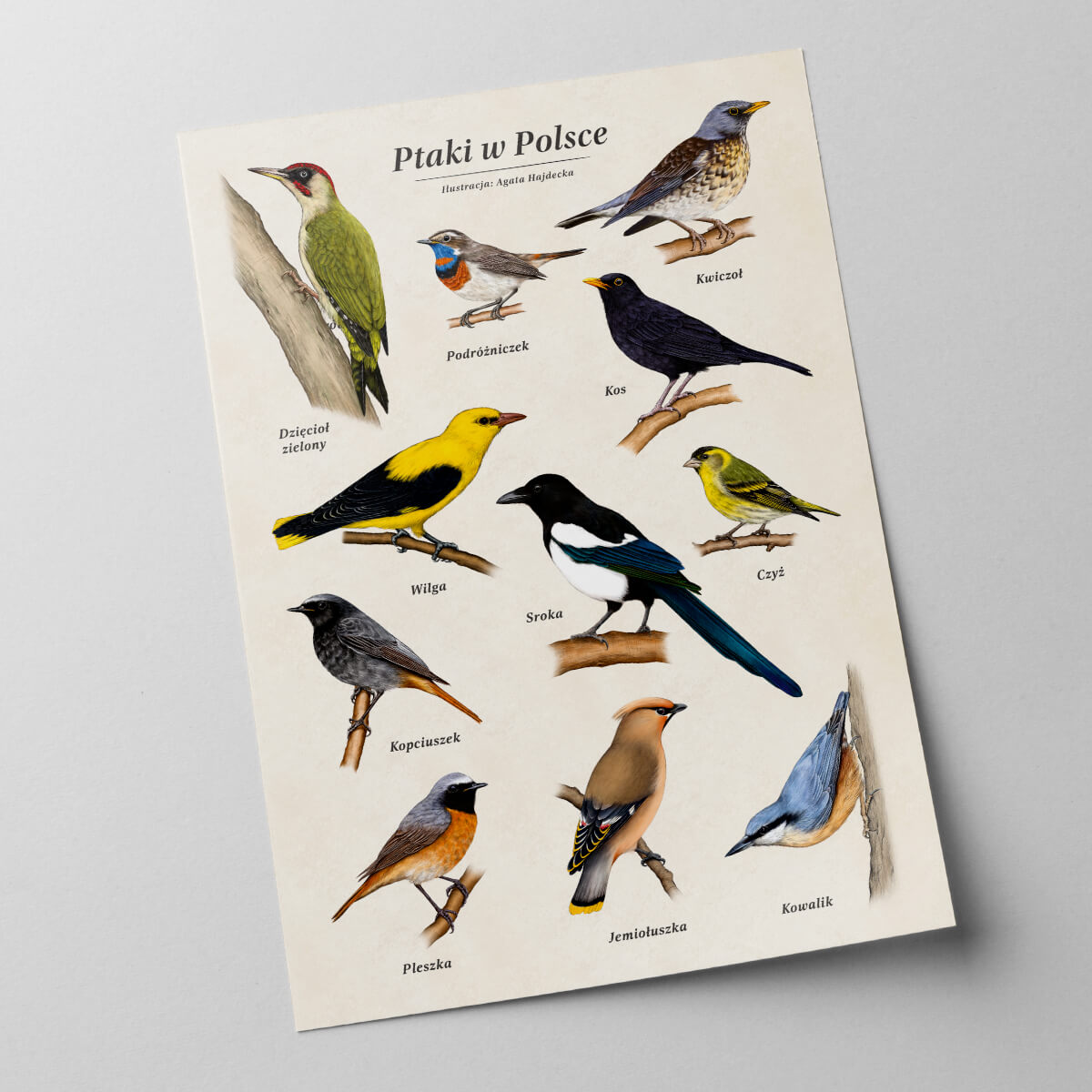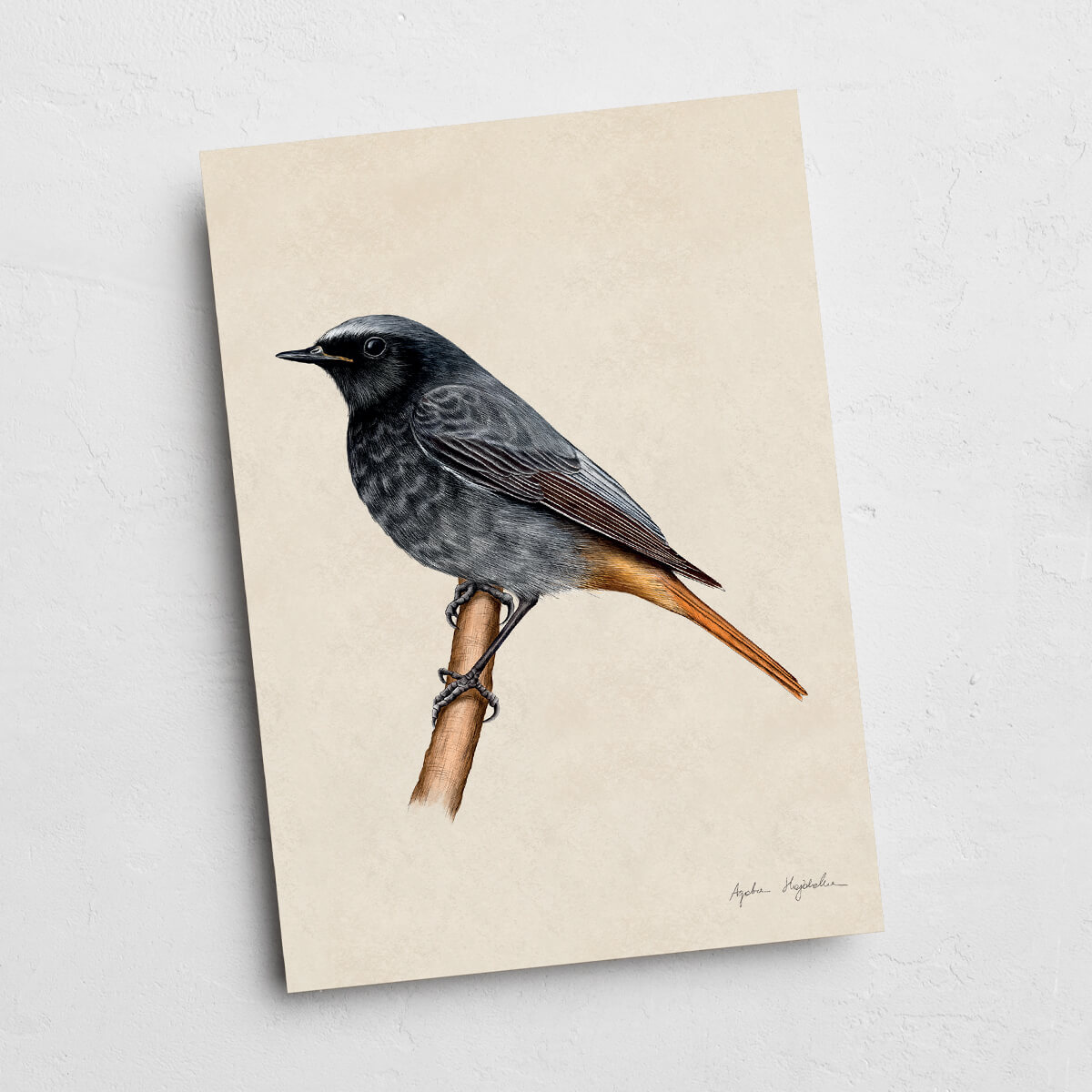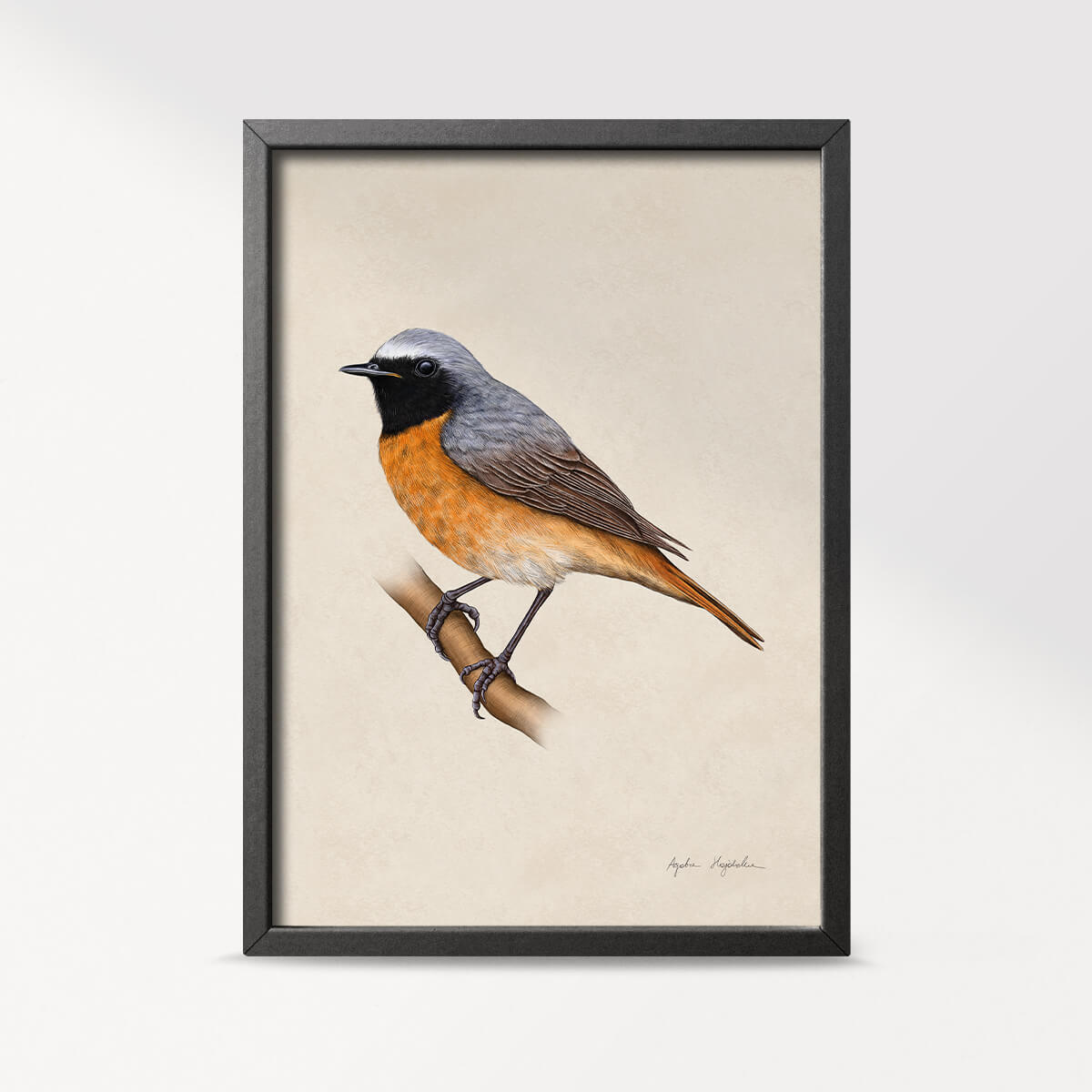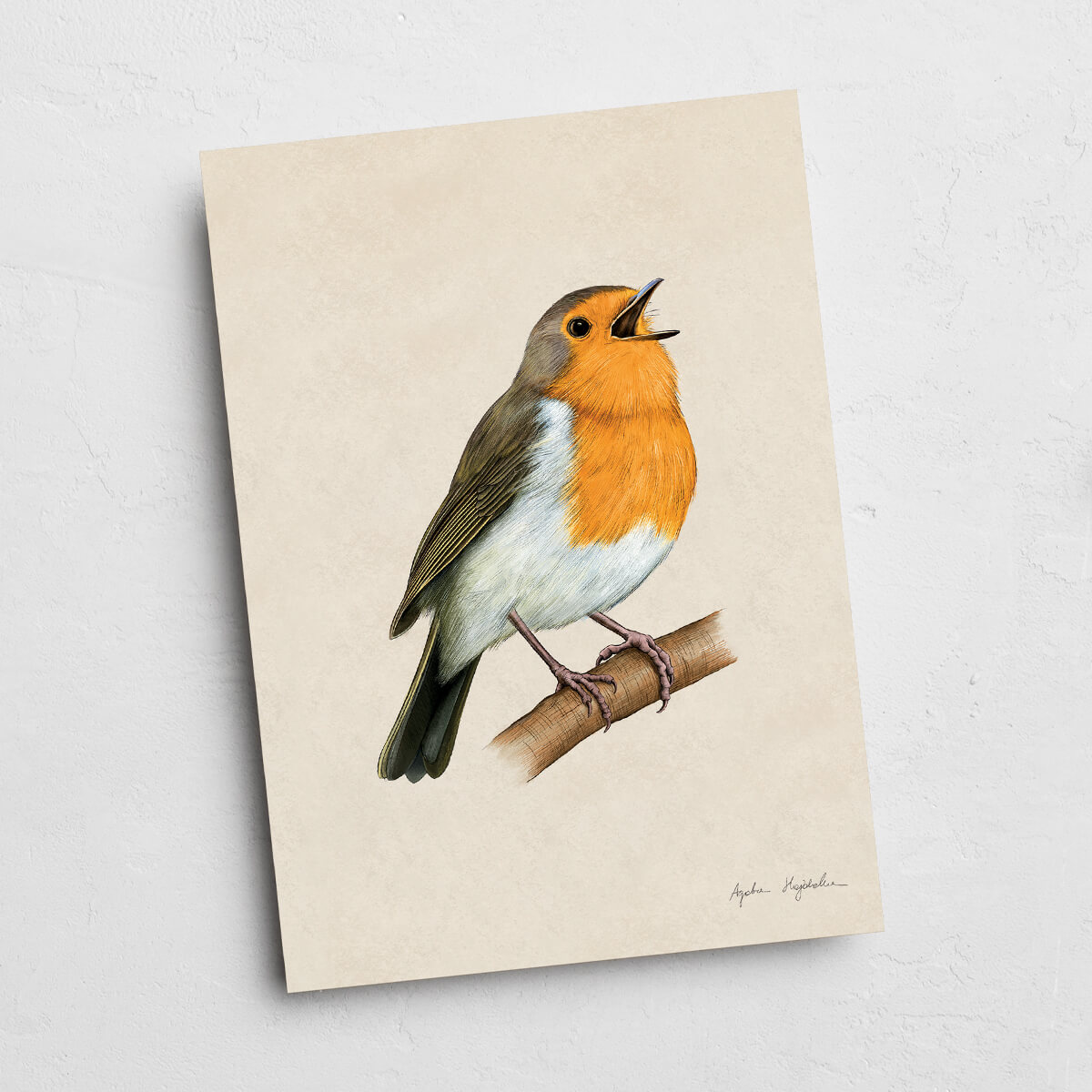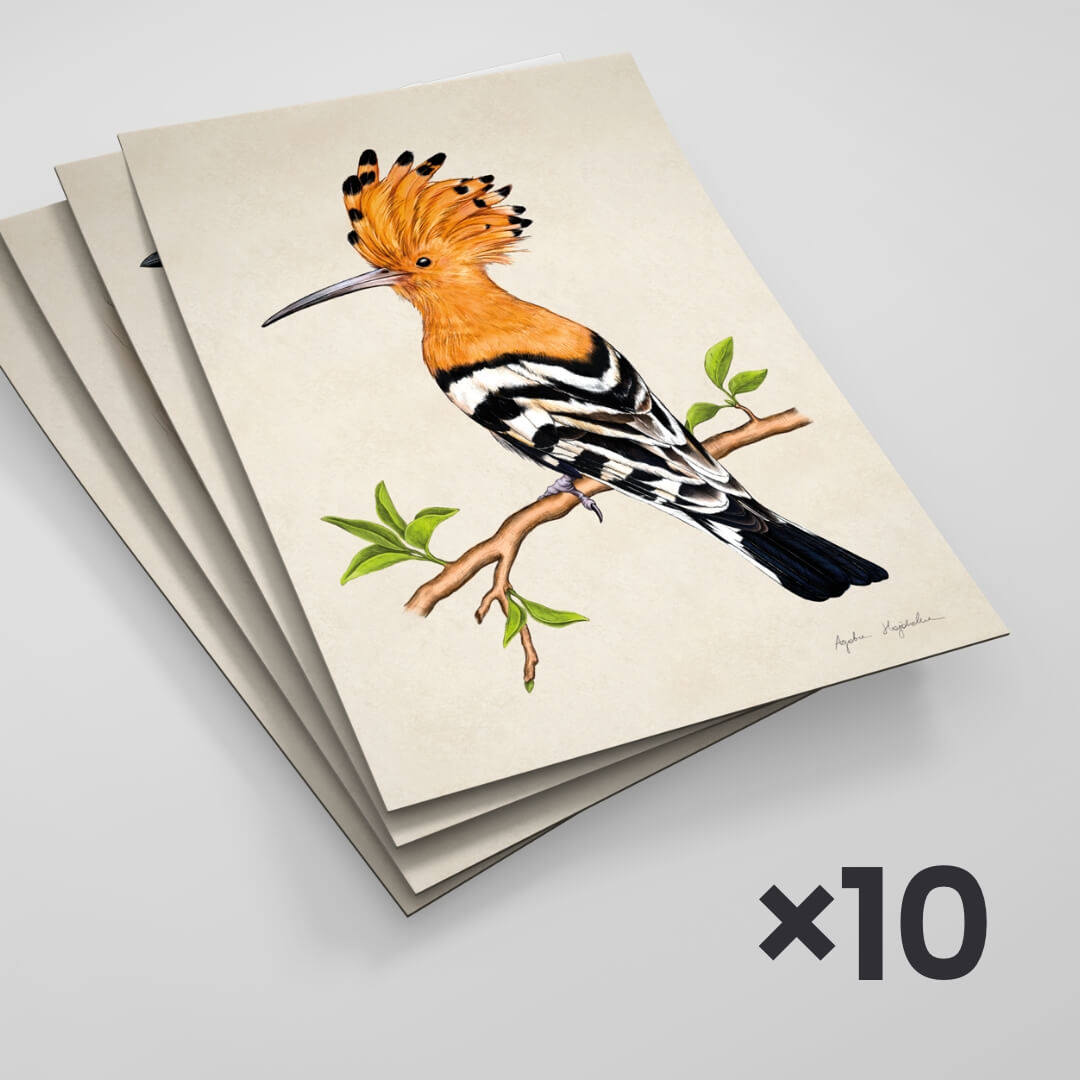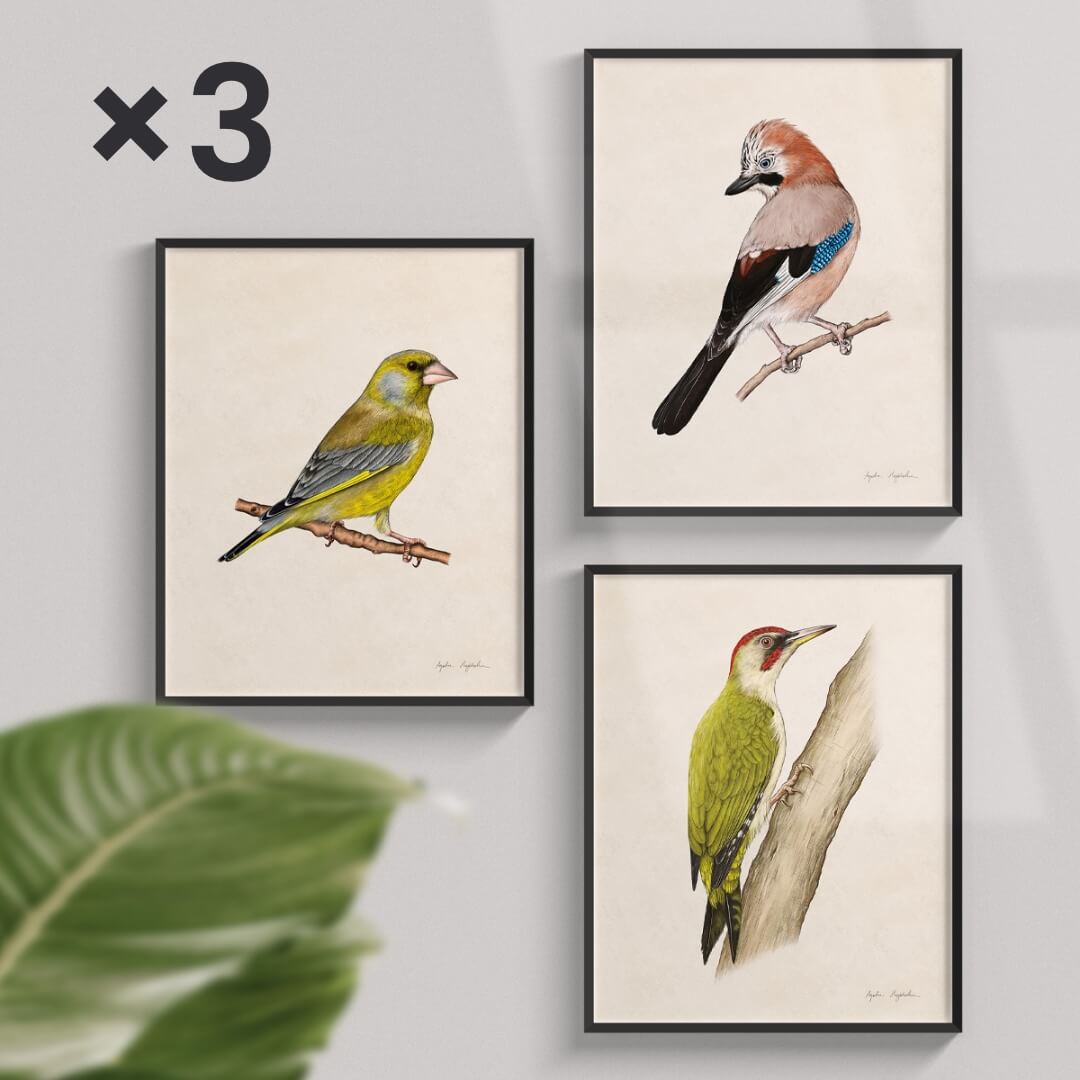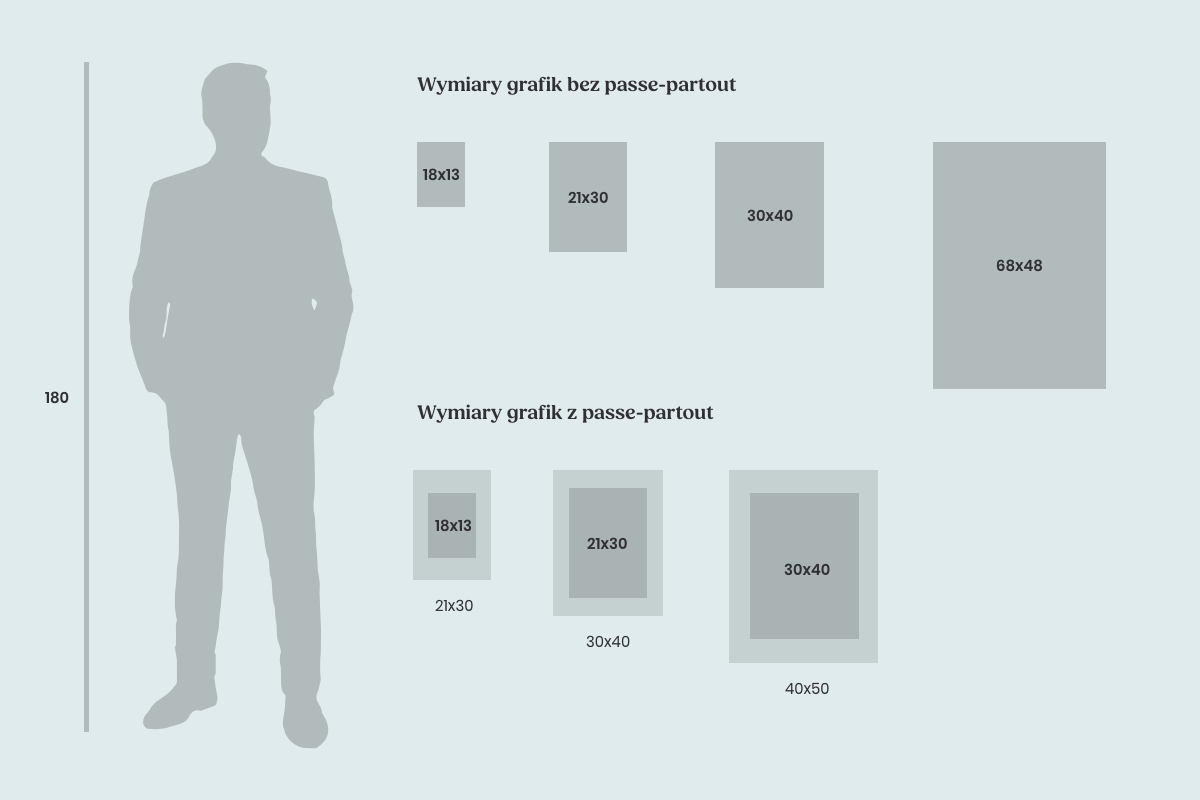- Tukan media
- Explore birds
- Sparrow
Sparrow
There is no doubt that sparrows are the most common birds in Poland – no wonder, these small birds settle near human buildings, so they are often encountered and liked for their sociable nature and charming appearance. They occur not only throughout our country, but on almost every continent. They migrated to us several hundred years ago from Asian and African regions. Sparrows build their nests in tree hollows, nesting boxes, openings in buildings, and often even in... the nests of storks and other larger birds! They are woven from straw, roots, and grass, lined with feathers inside.
What does a sparrow look like?
Everyone probably knows that, but often sparrows are mistaken for tree sparrows, which are not as eager to settle near humans and rather prefer the outskirts of forests than inhabited buildings. How to differentiate a sparrow from a tree sparrow? It's quite simple – just take a look at the head coloring. A sparrow is characterized by a gray cap and the absence of a black spot, which is a distinguishing feature for a tree sparrow. The rest of their plumage is chestnut with a black throat and a white wing stripe. Female sparrows look completely different – their plumage is dominated by various shades of gray. Sparrows are small – about 10 cm in length – and they live in numerous flocks, which allows them to survive in times of danger.
Sparrow – fun facts for kids and beyond!
While they are widely known and easily spotted, there are several interesting facts about house sparrows that can surprise you:
- they are highly territorial birds – the male forms a lifelong bond with the female and does not allow other males to approach her,
- they cannot walk on land – when they are not flying, they move by hopping in a characteristic manner,
- they are wintering birds in Poland – and although they are abundant in our country, they are protected birds that require human support in maintaining their population and feeding them during the winter,
- they are curious and social – they like to observe humans from a safe distance, and living in flocks, they often sing together,
- they can create their nests as additions to larger bird nests – they place them in the lower parts or on the edges,
- they enjoy bathing very much – both in sand and water, so it's worth having a bowl or birdbath for these birds in your garden,
- these common Polish birds have their own day – International Sparrow Day is celebrated on March 20th.

Listen to the voice
Gadgets with sparrow illustrations
Do you want to teach your children how to recognize the gender of a sparrow and how to distinguish it from other birds? Check out the sparrow posters from my offer – these educational illustrations are great teaching aids not only for ornithology specialists! Additionally, you will also find educational bookmarks with a sparrow illustration in the offer.
View products with the sparrow
89.00 zł
450.00 zł 400.00 zł
75.00 zł
5.00 zł
60.00 zł – 120.00 zł
20.00 zł – 120.00 zł
20.00 zł – 120.00 zł
20.00 zł – 120.00 zł
Sparrow - Additional Information
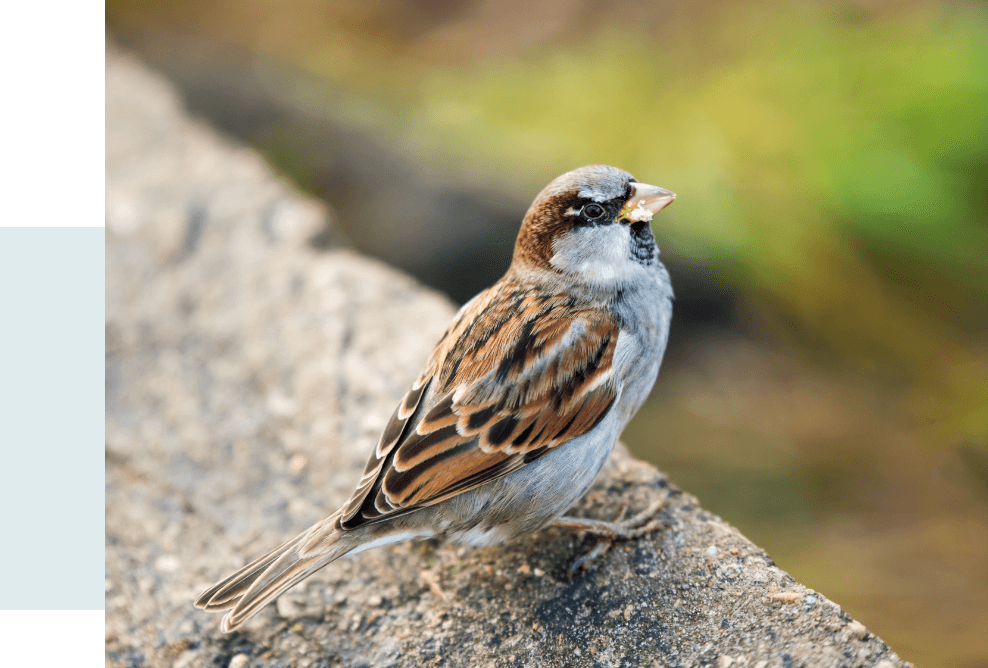
Passer domesticus
Family
Sparrows
Locations of Occurrence
The entire country
Food
Seeds, and in spring, insects as well
Population
Very numerous breeding bird
Migrations
Resident
Breeding
4-6 eggs with variable coloring from white to brown with spots. Incubation: 13-14 days. Young birds leave the nest after about 17 days
See other products with birds
89.00 zł
89.00 zł
20.00 zł – 120.00 zł
20.00 zł – 120.00 zł
20.00 zł – 120.00 zł
60.00 zł – 120.00 zł
20.00 zł – 120.00 zł
20.00 zł – 120.00 zł
20.00 zł – 120.00 zł
267.00 zł 230.00 zł
553.00 zł 499.00 zł
400.00 zł 375.00 zł
464.00 zł 439.00 zł
237.00 zł 225.00 zł
150.00 zł 143.00 zł
174.00 zł 165.00 zł
89.00 zł
50.00 zł
50.00 zł
58.00 zł
79.00 zł
79.00 zł
79.00 zł
79.00 zł
79.00 zł
50.00 zł
50.00 zł
50.00 zł
50.00 zł
50.00 zł
89.00 zł
89.00 zł
20.00 zł – 120.00 zł
20.00 zł – 120.00 zł
20.00 zł – 120.00 zł
20.00 zł – 120.00 zł
89.00 zł
20.00 zł – 120.00 zł
20.00 zł – 120.00 zł
60.00 zł – 120.00 zł
20.00 zł – 120.00 zł
20.00 zł – 120.00 zł
20.00 zł – 120.00 zł
600.00 zł 500.00 zł
160.00 zł – 320.00 zł
450.00 zł 400.00 zł
